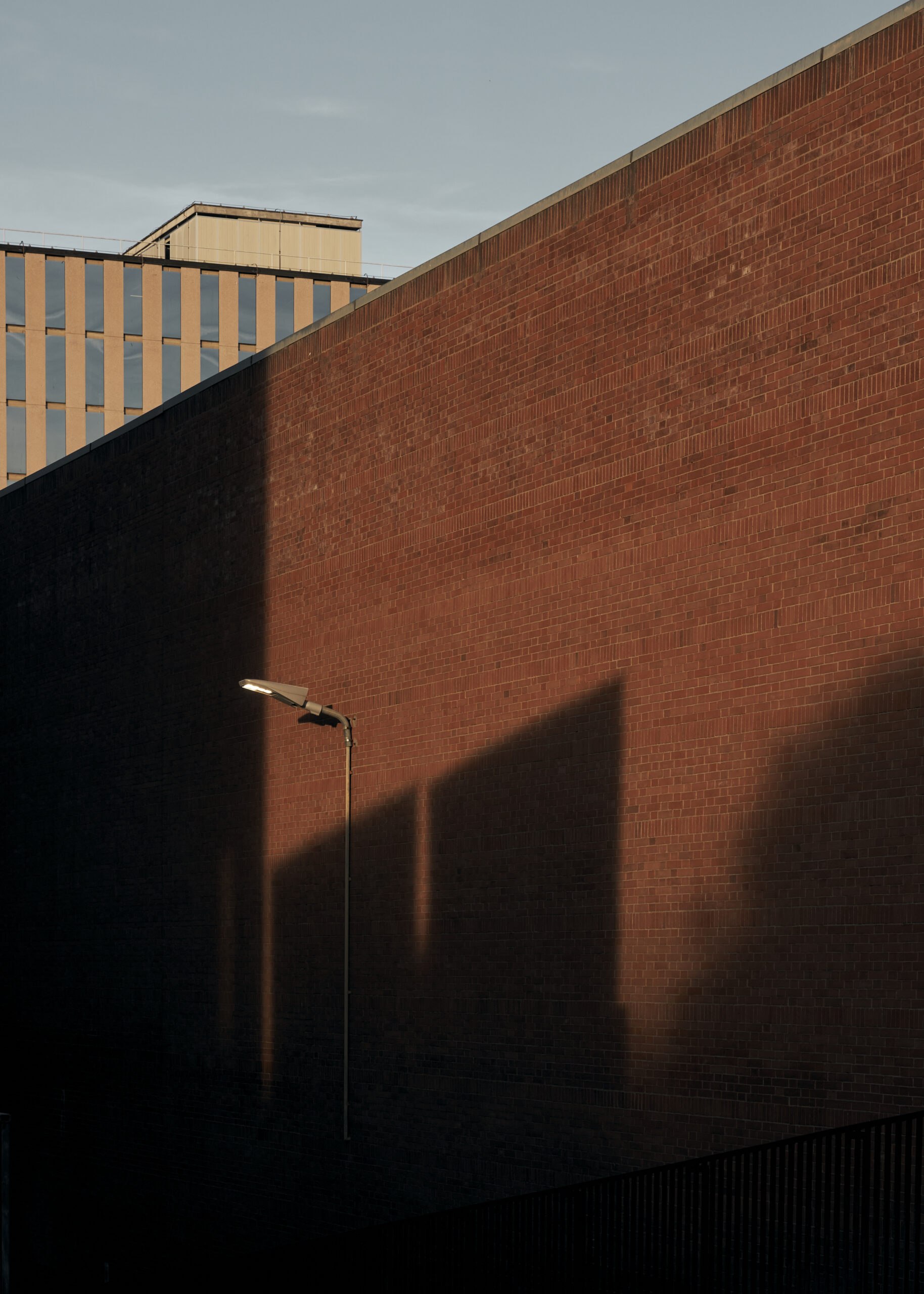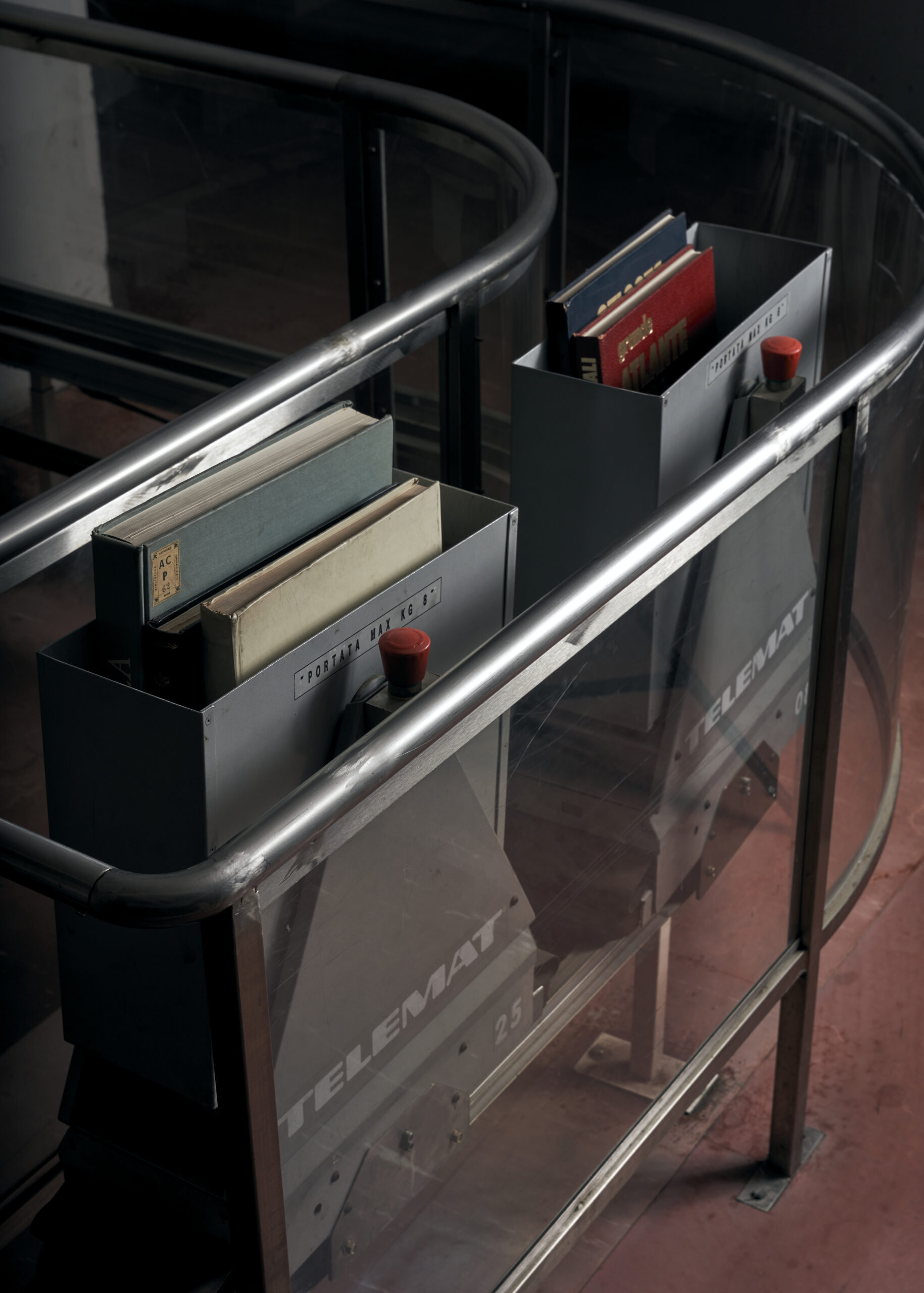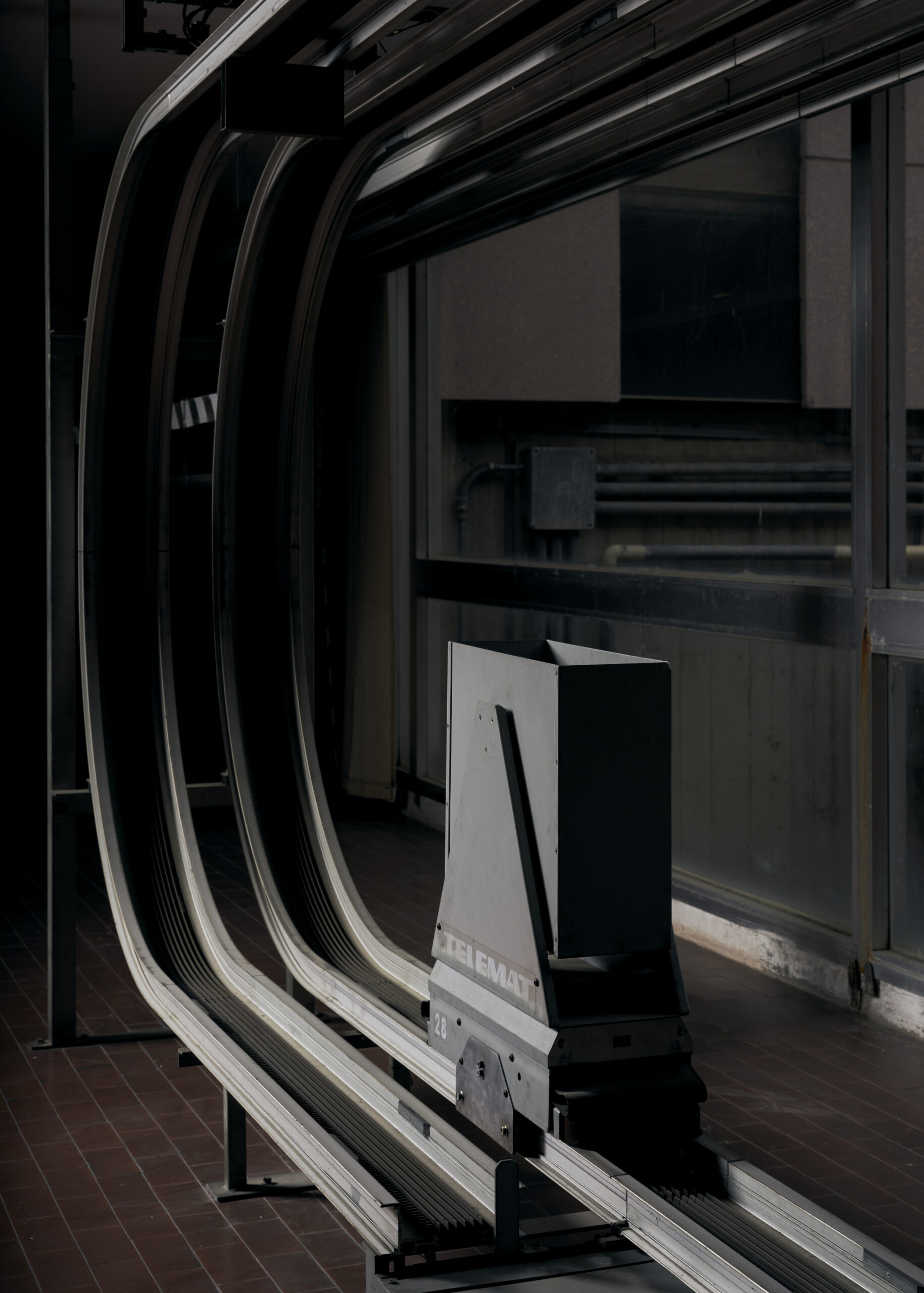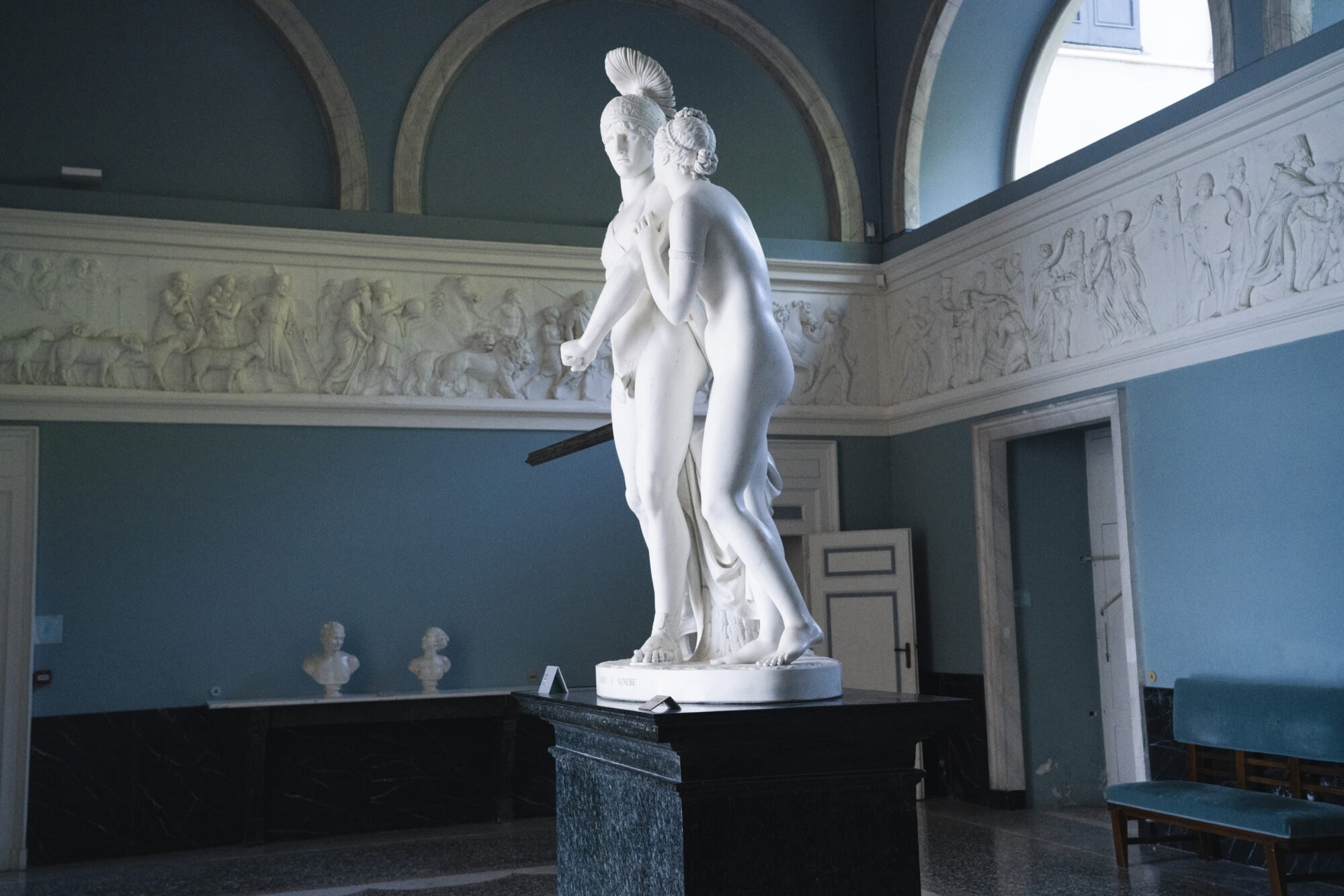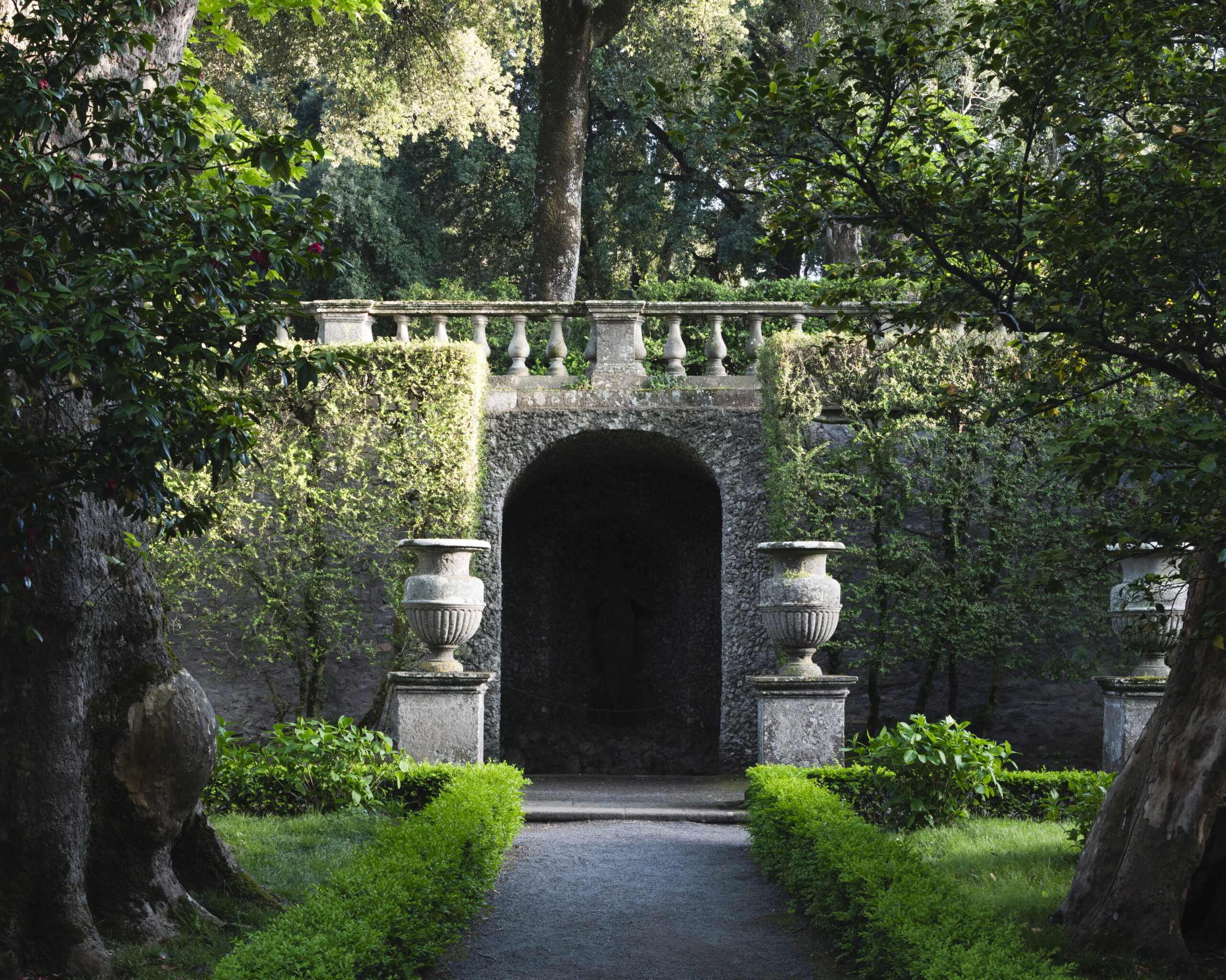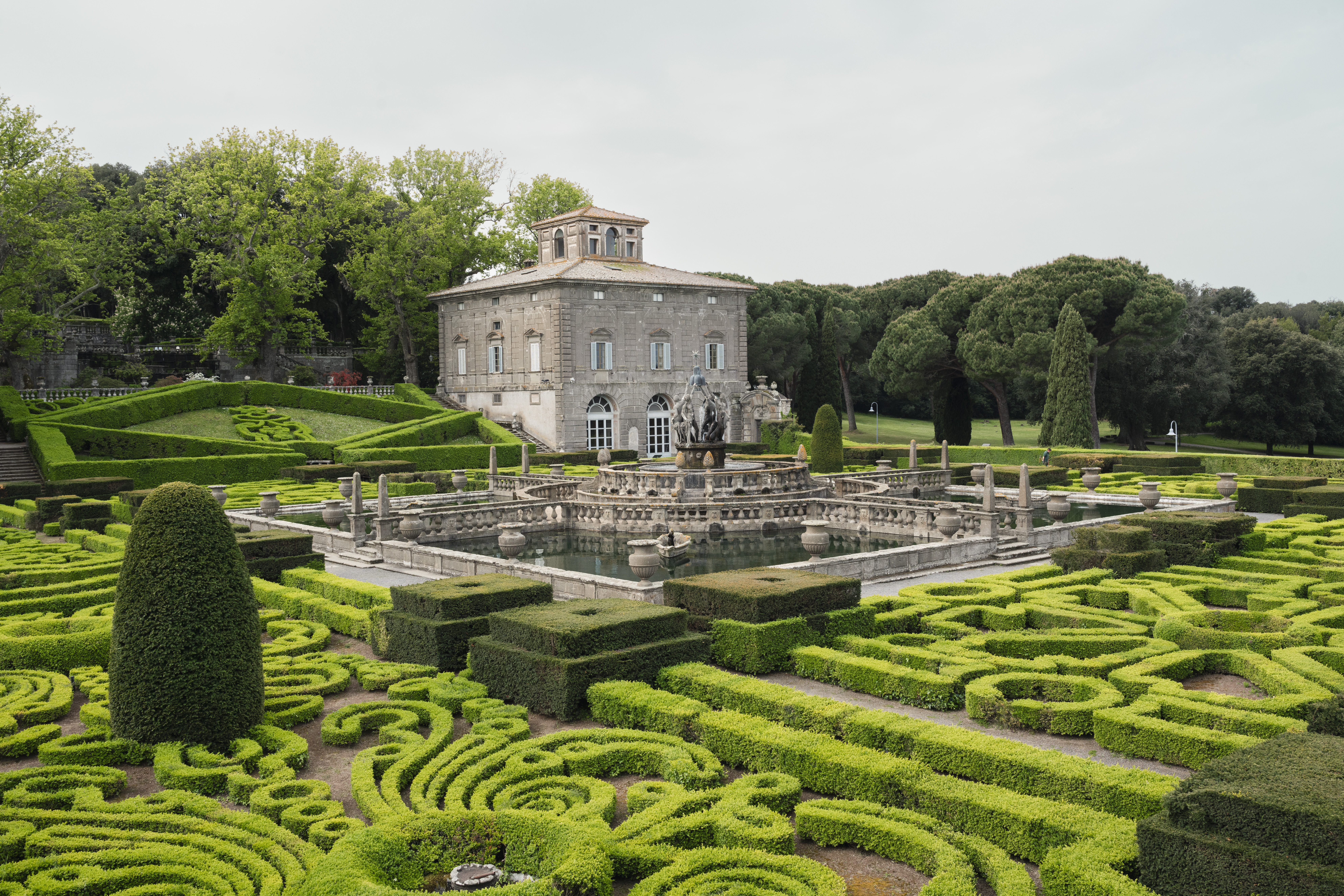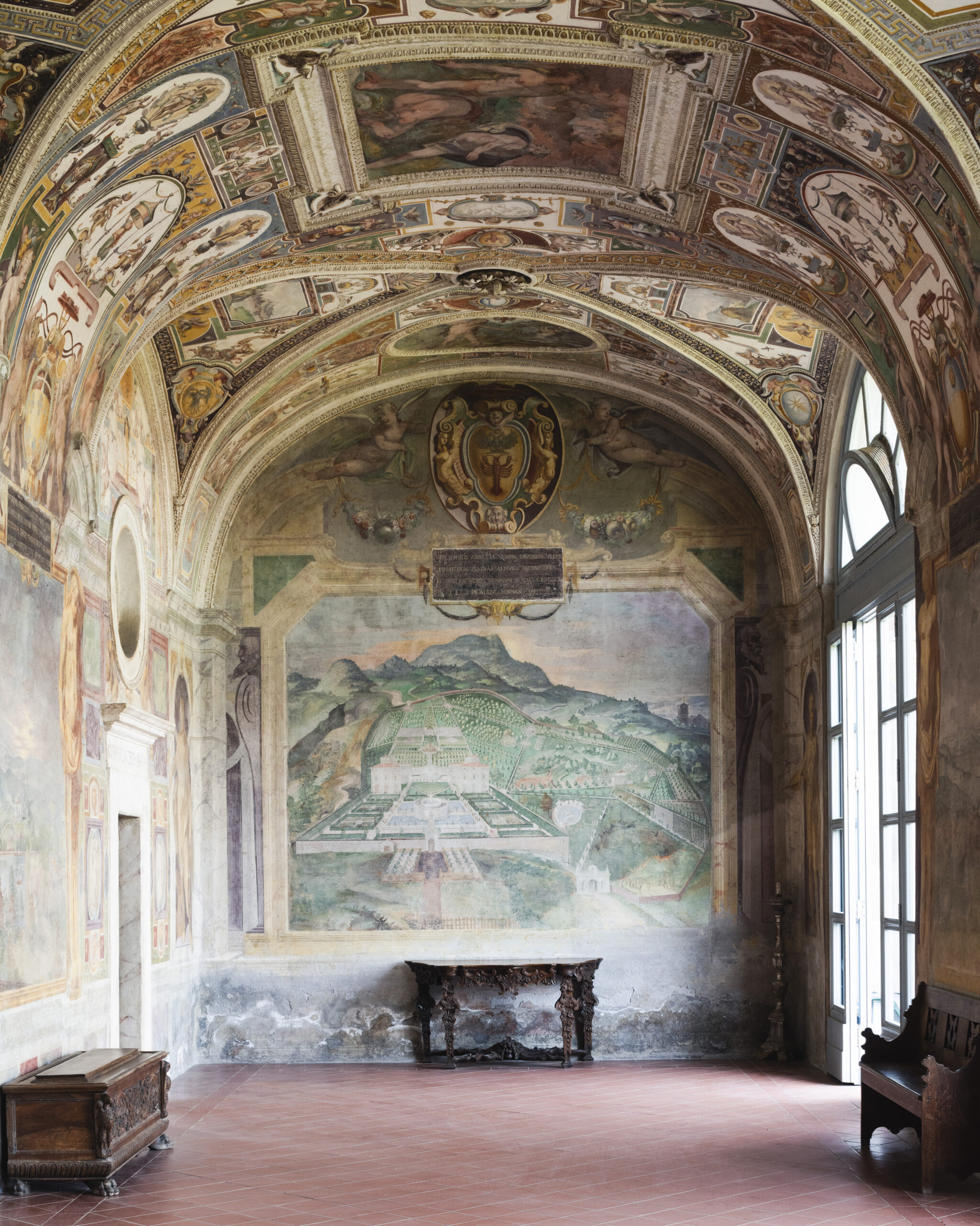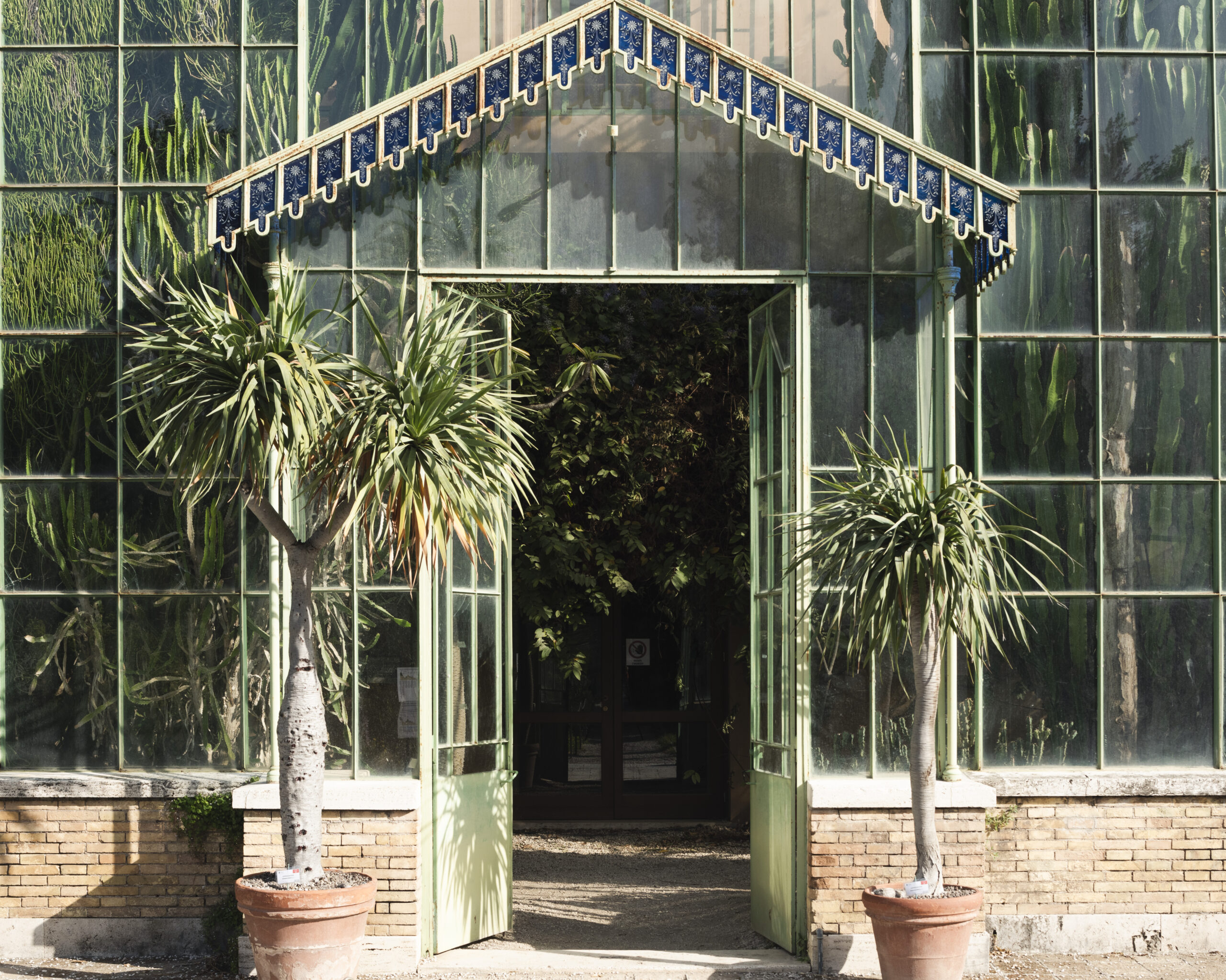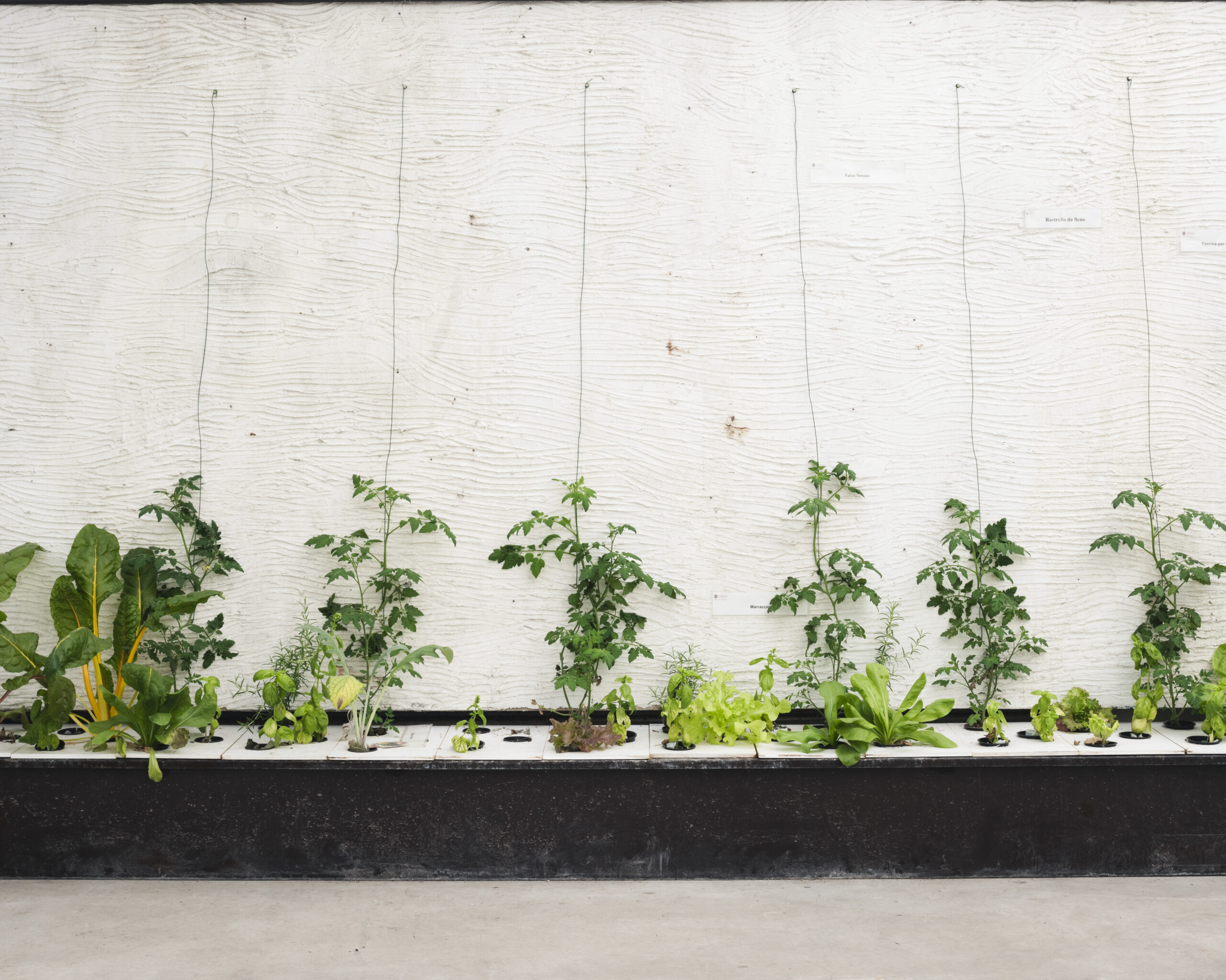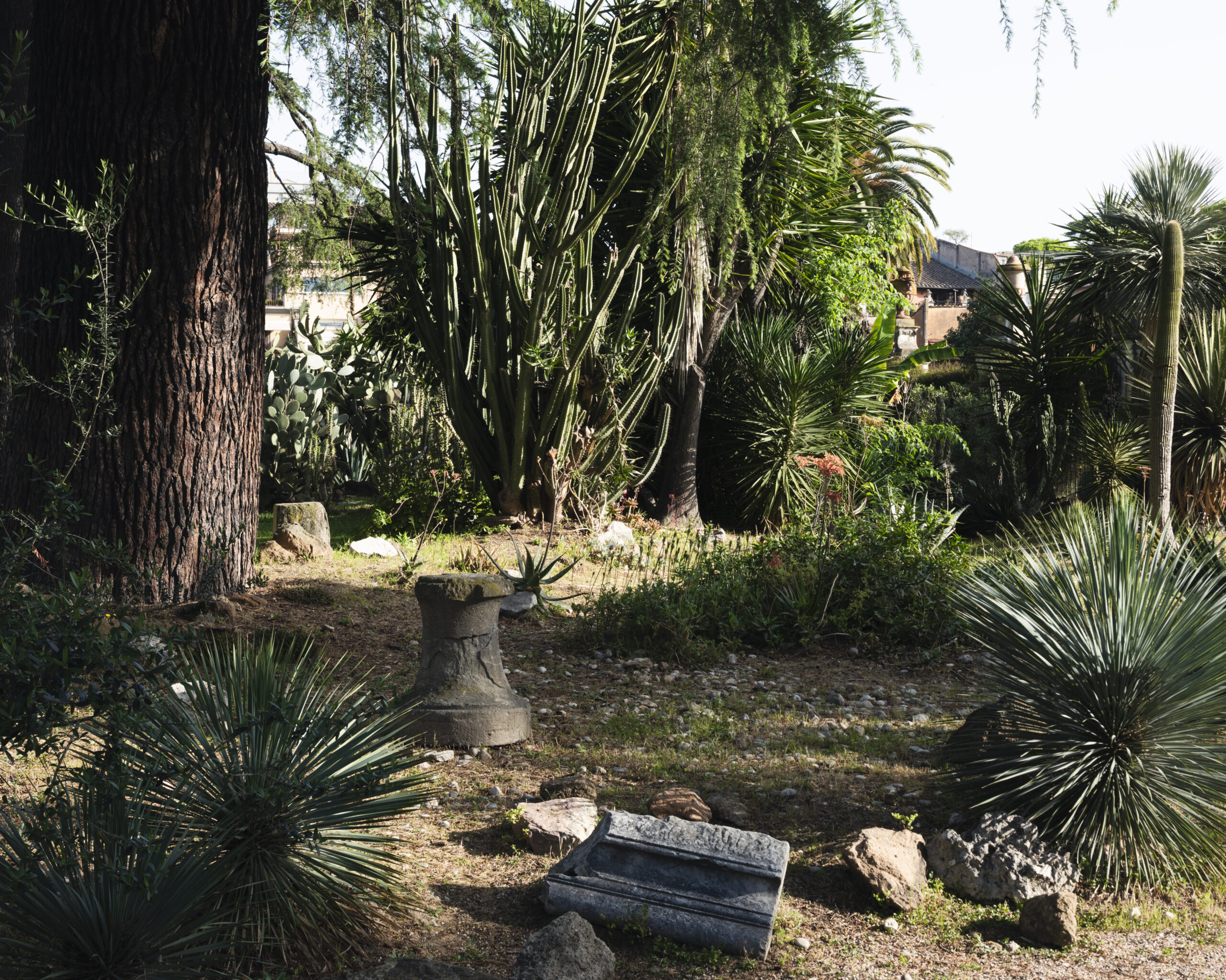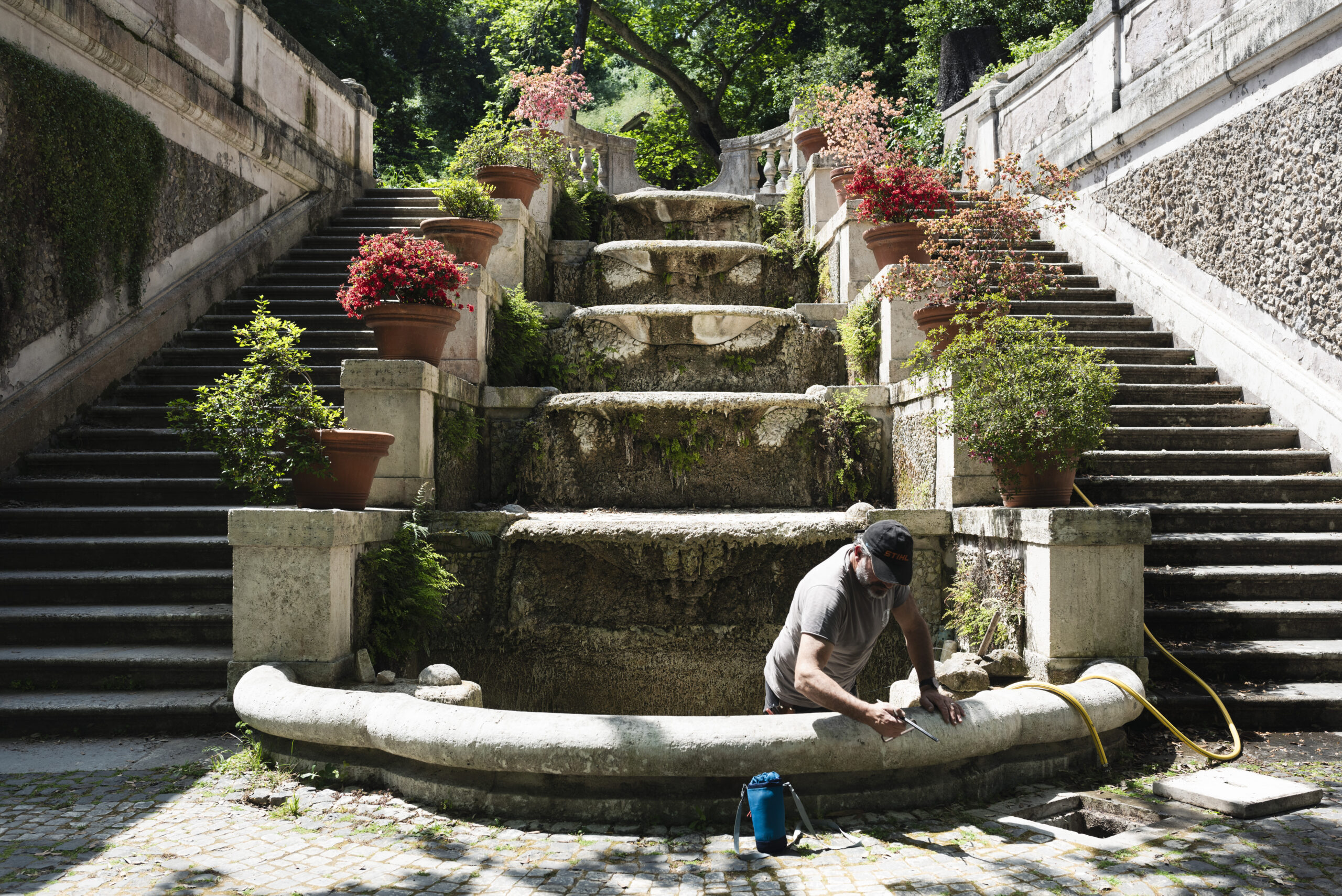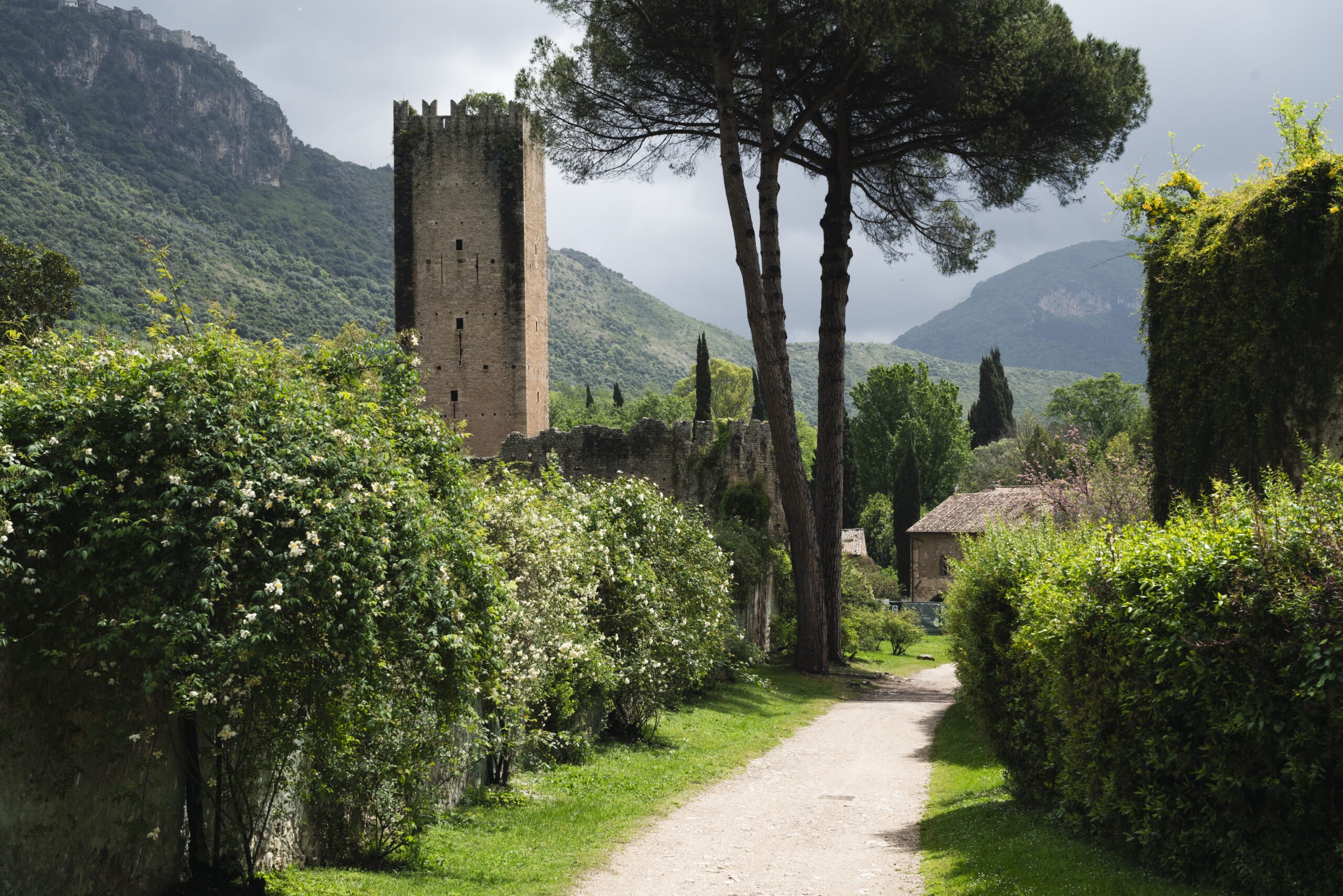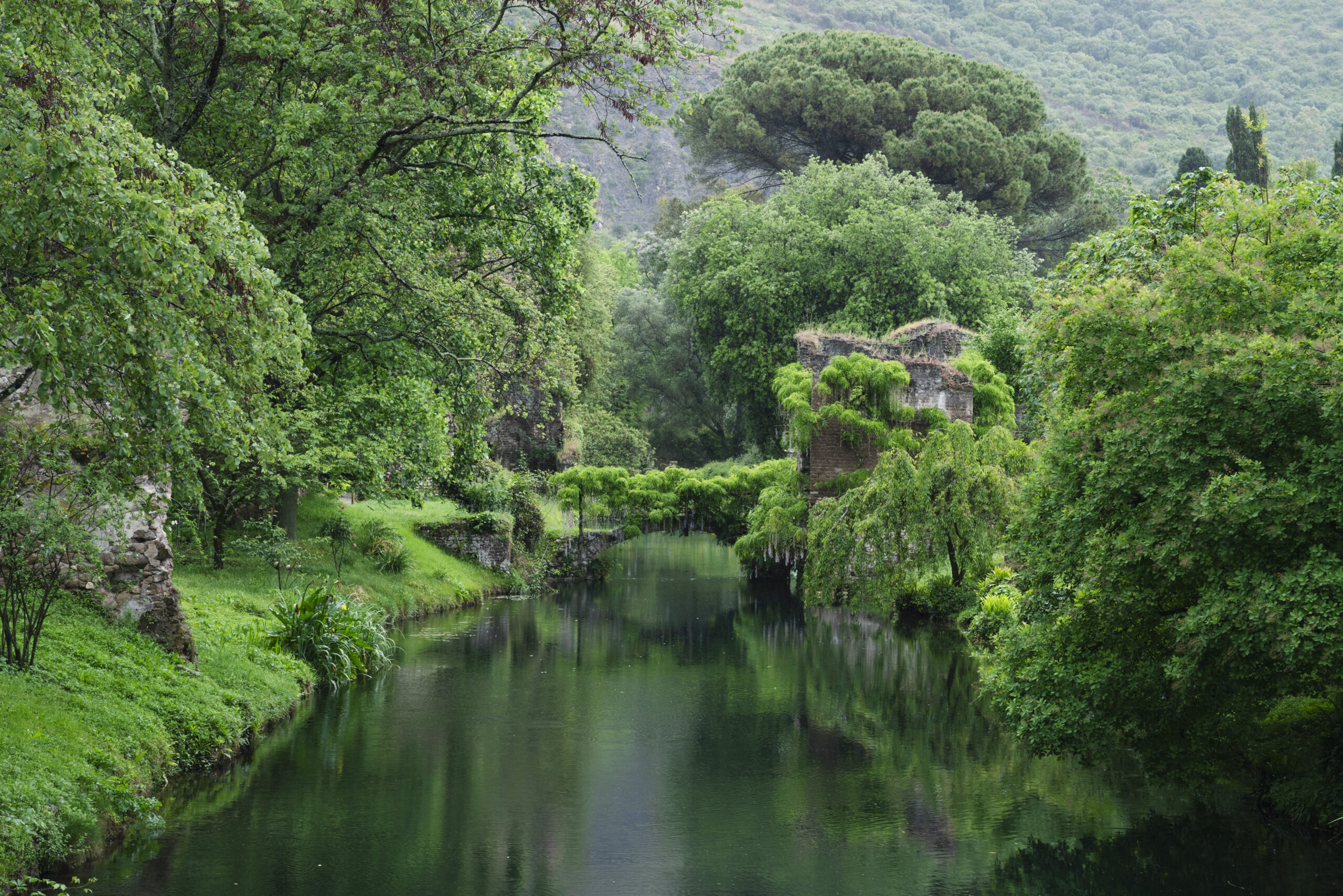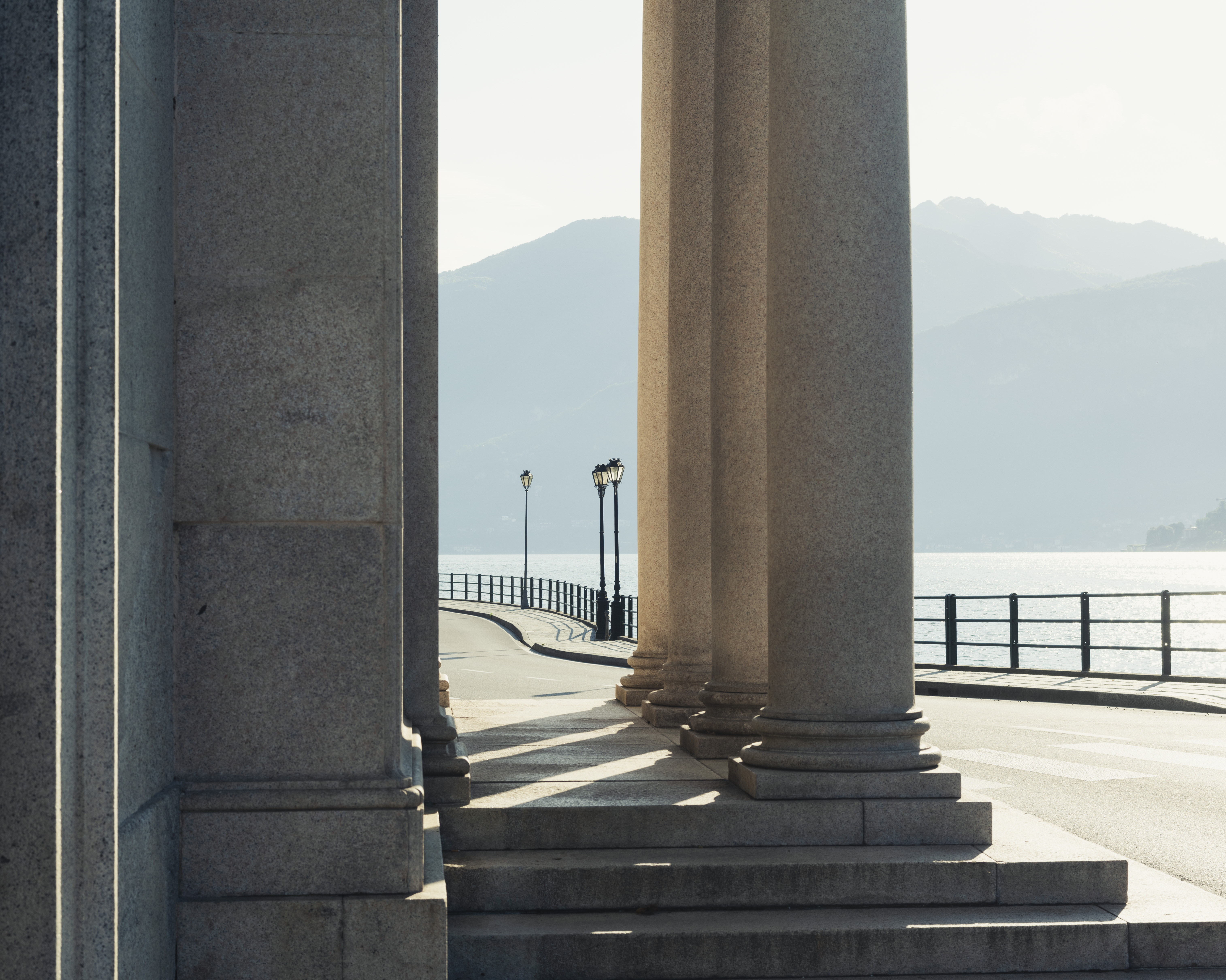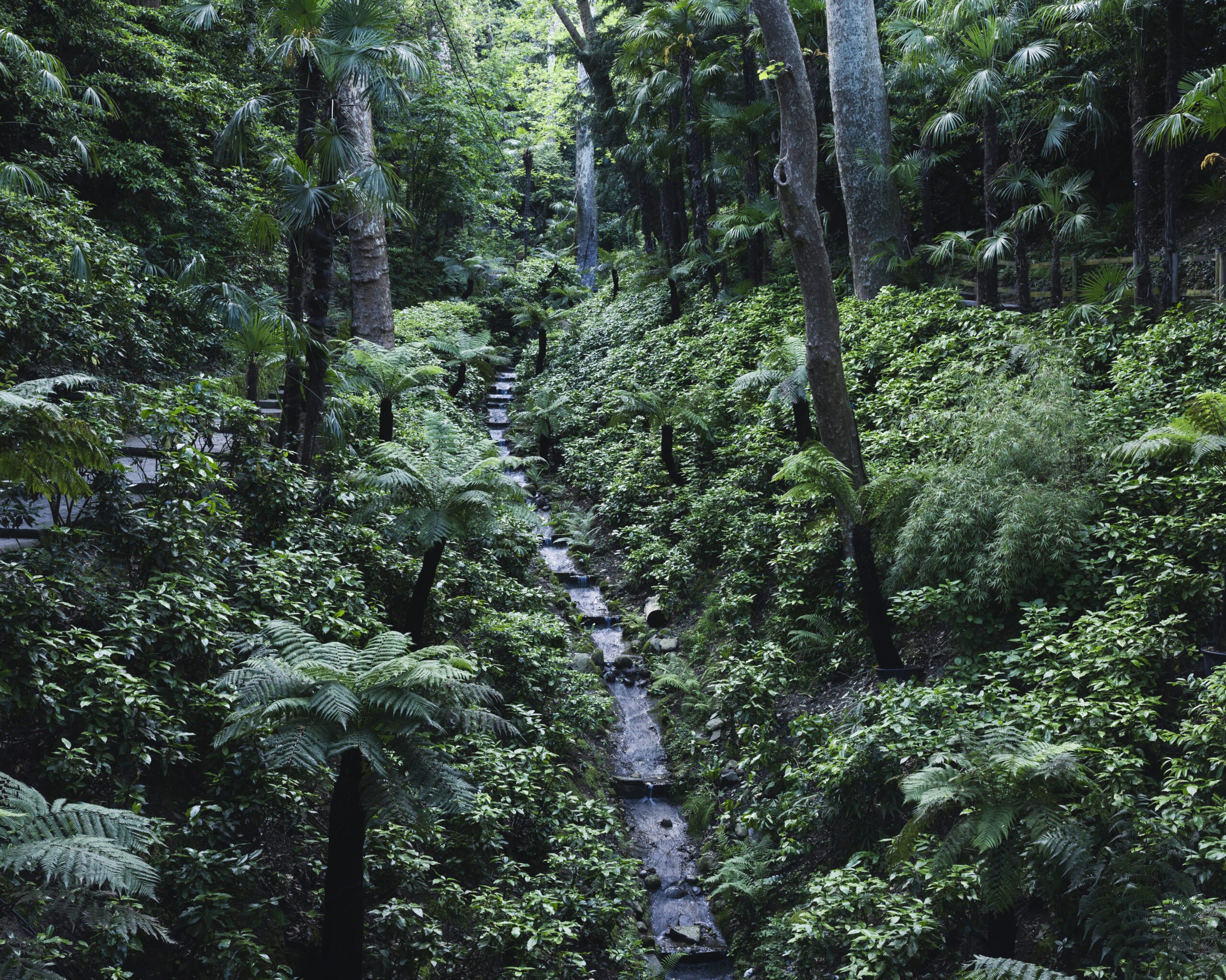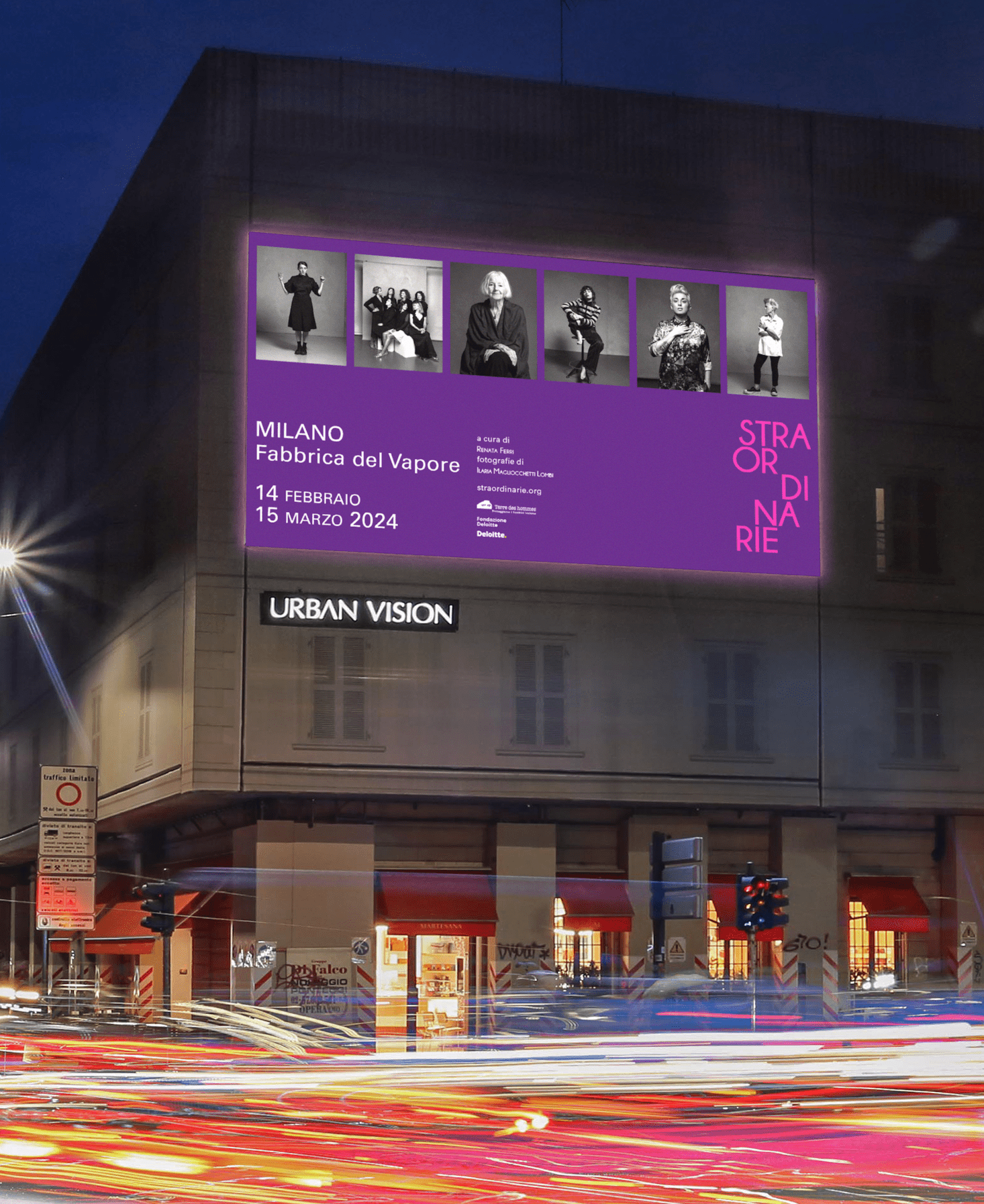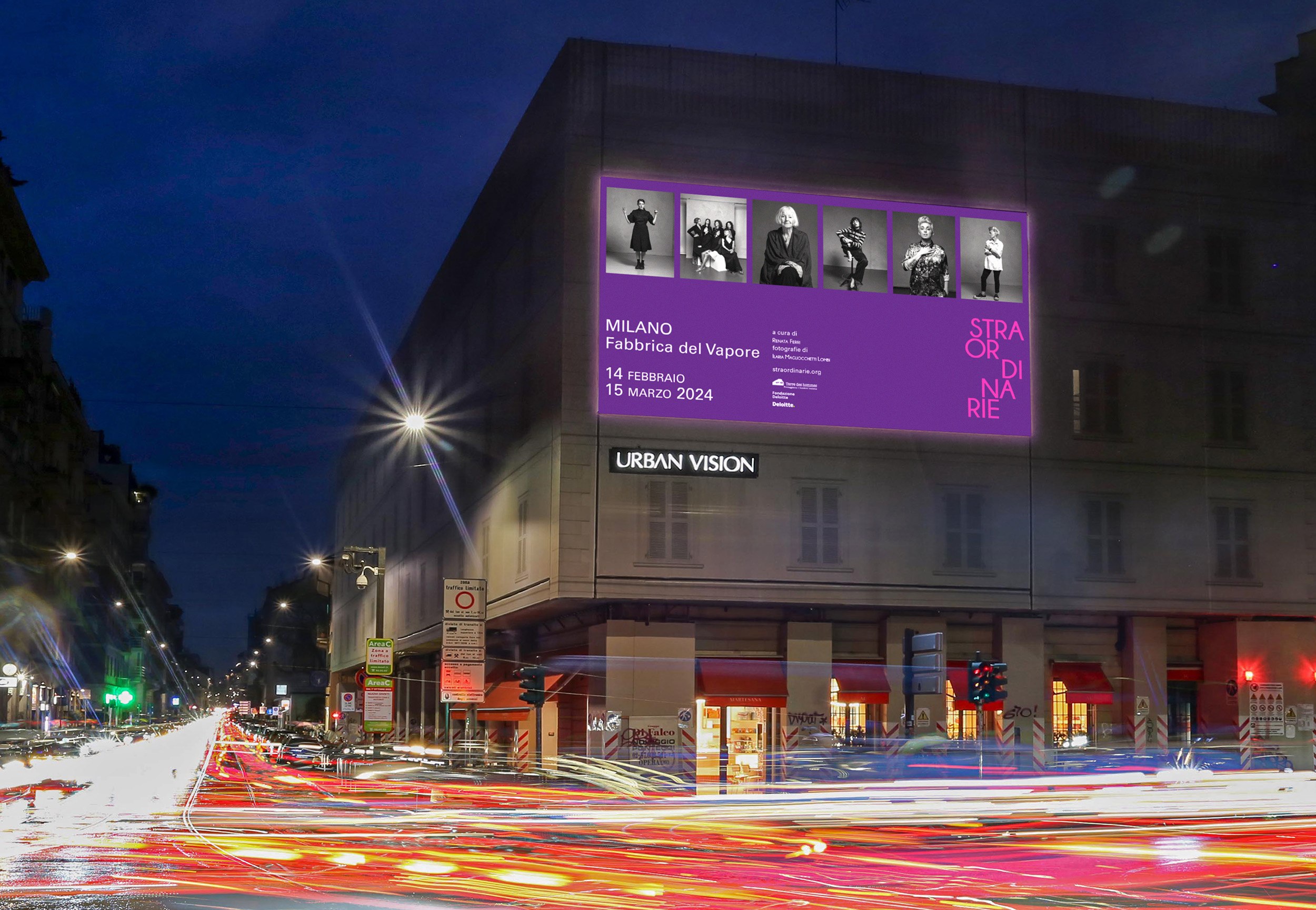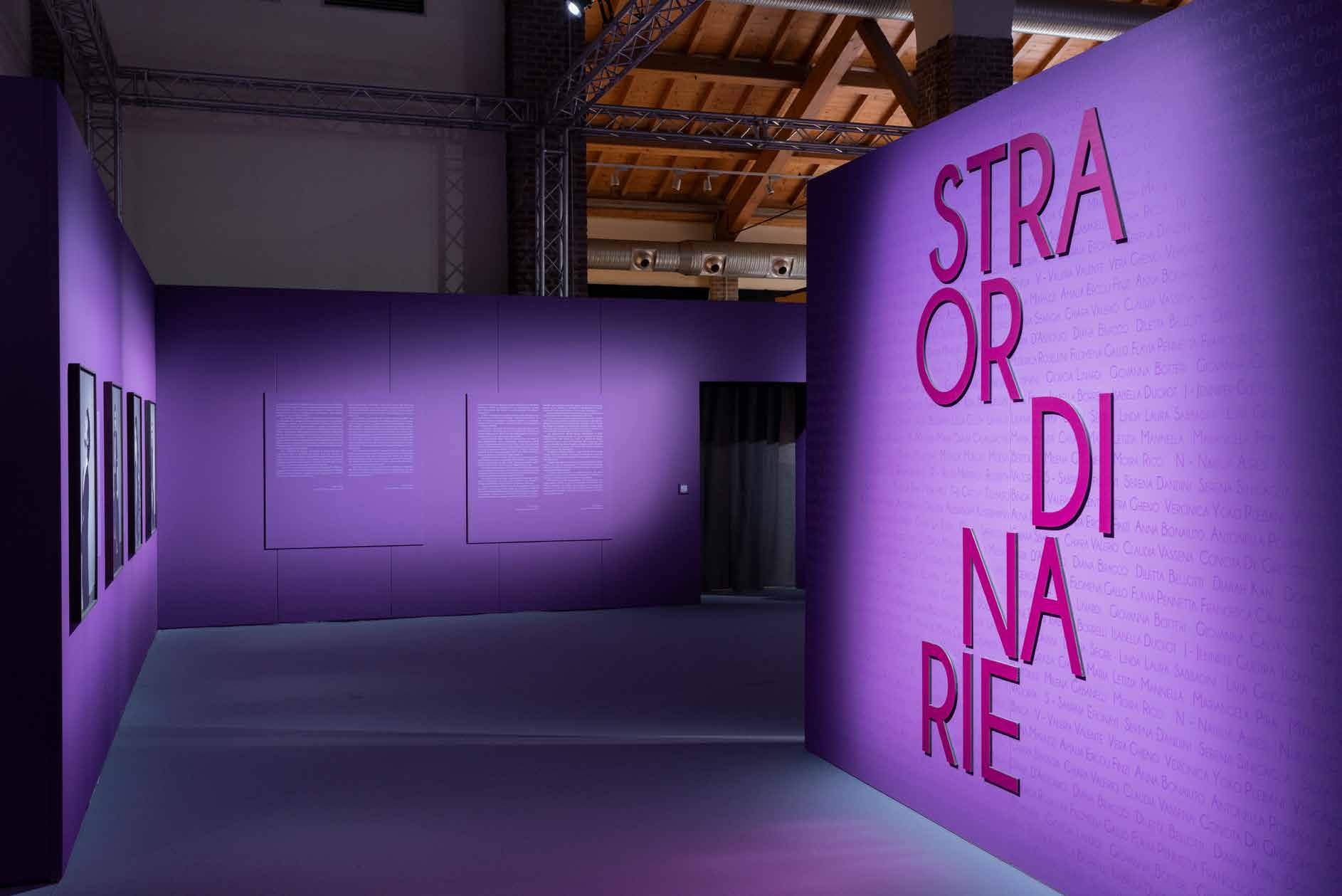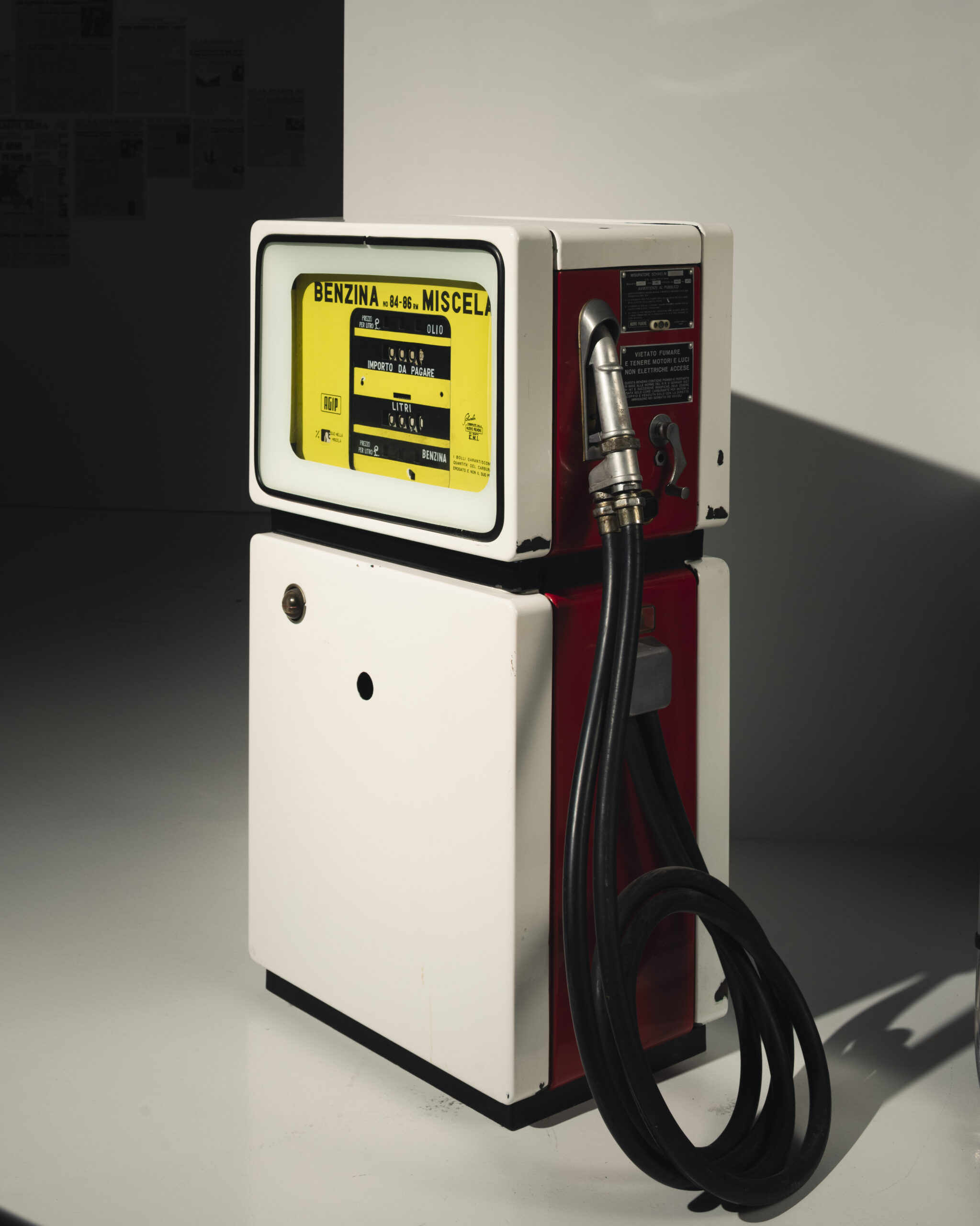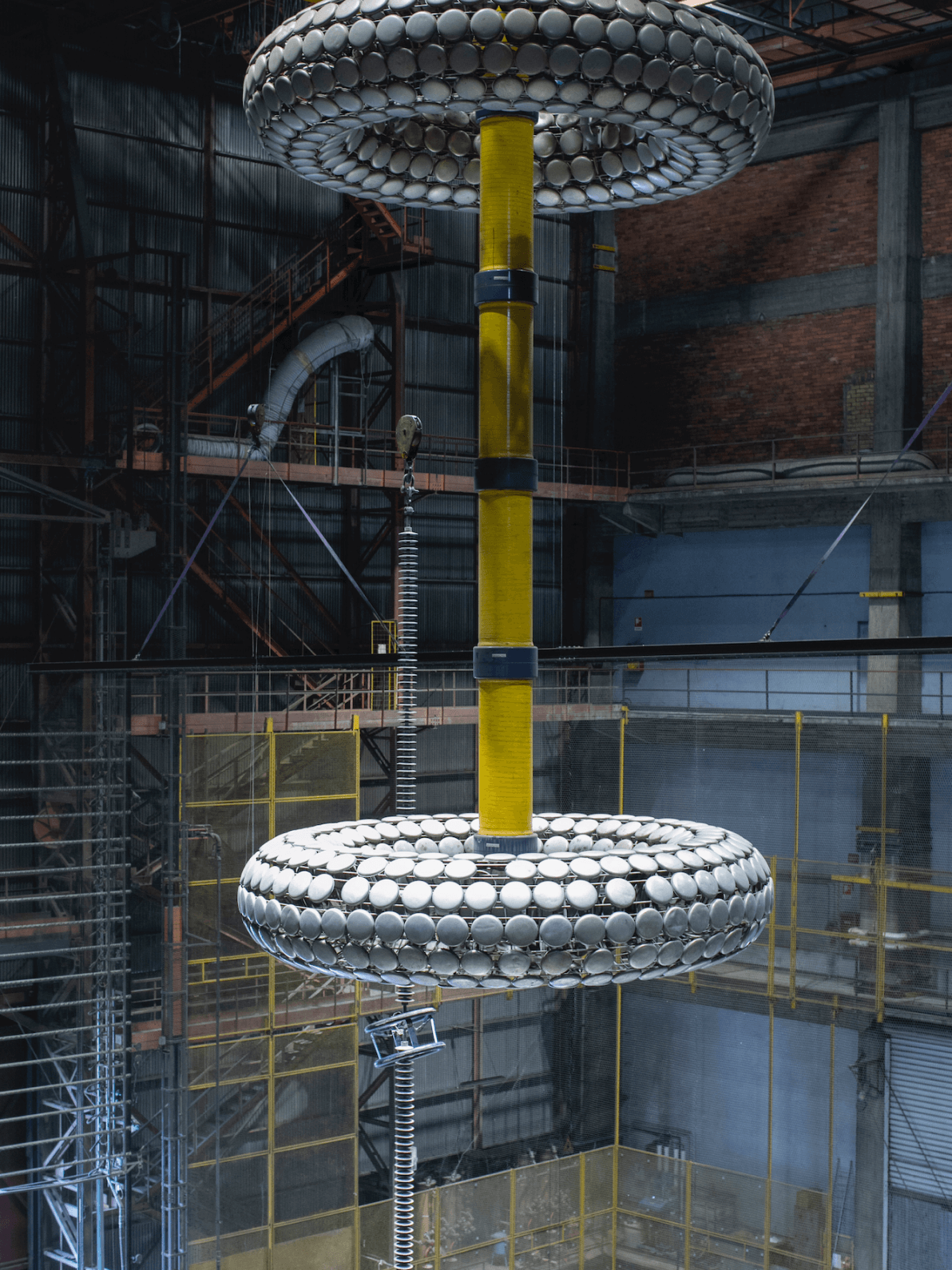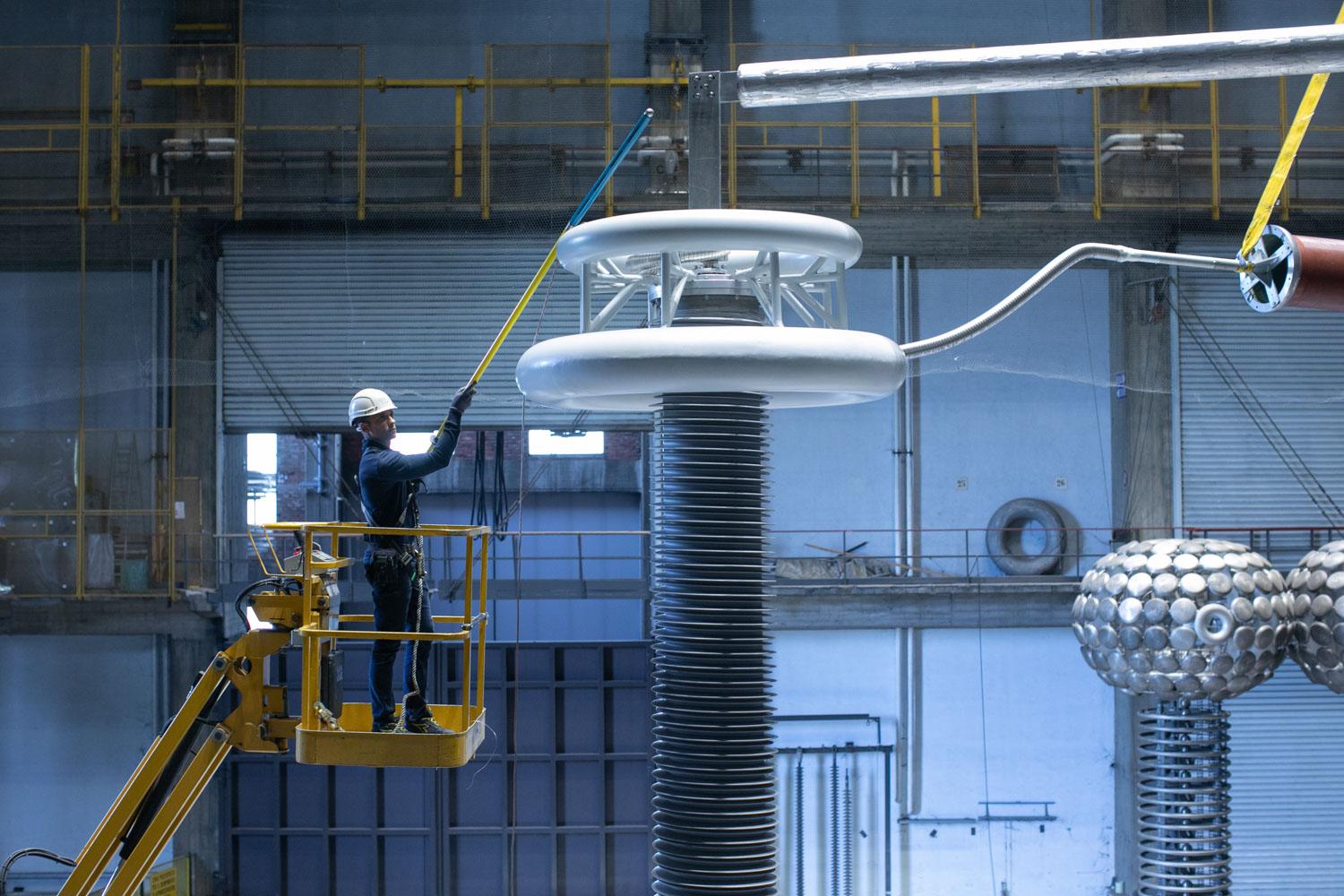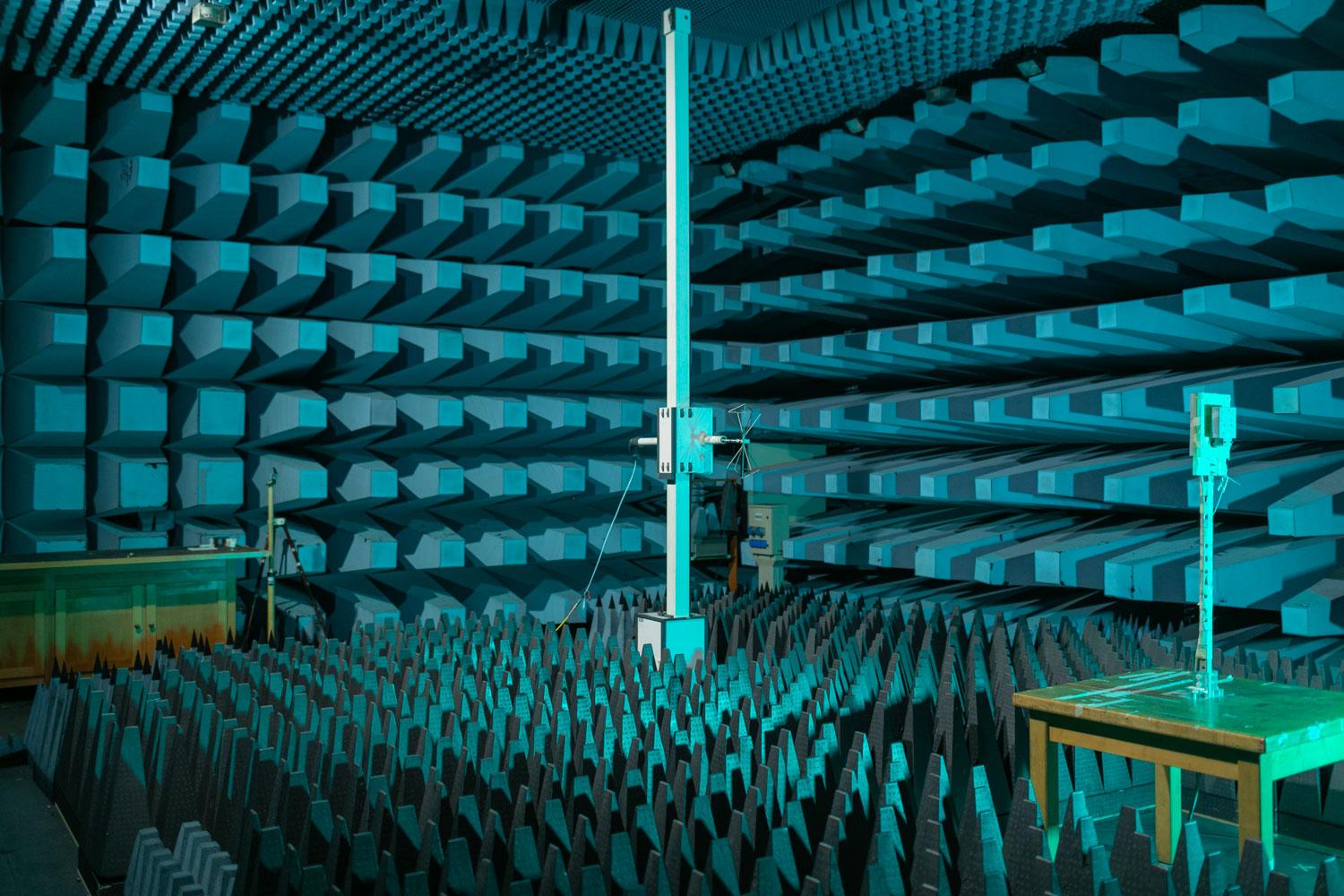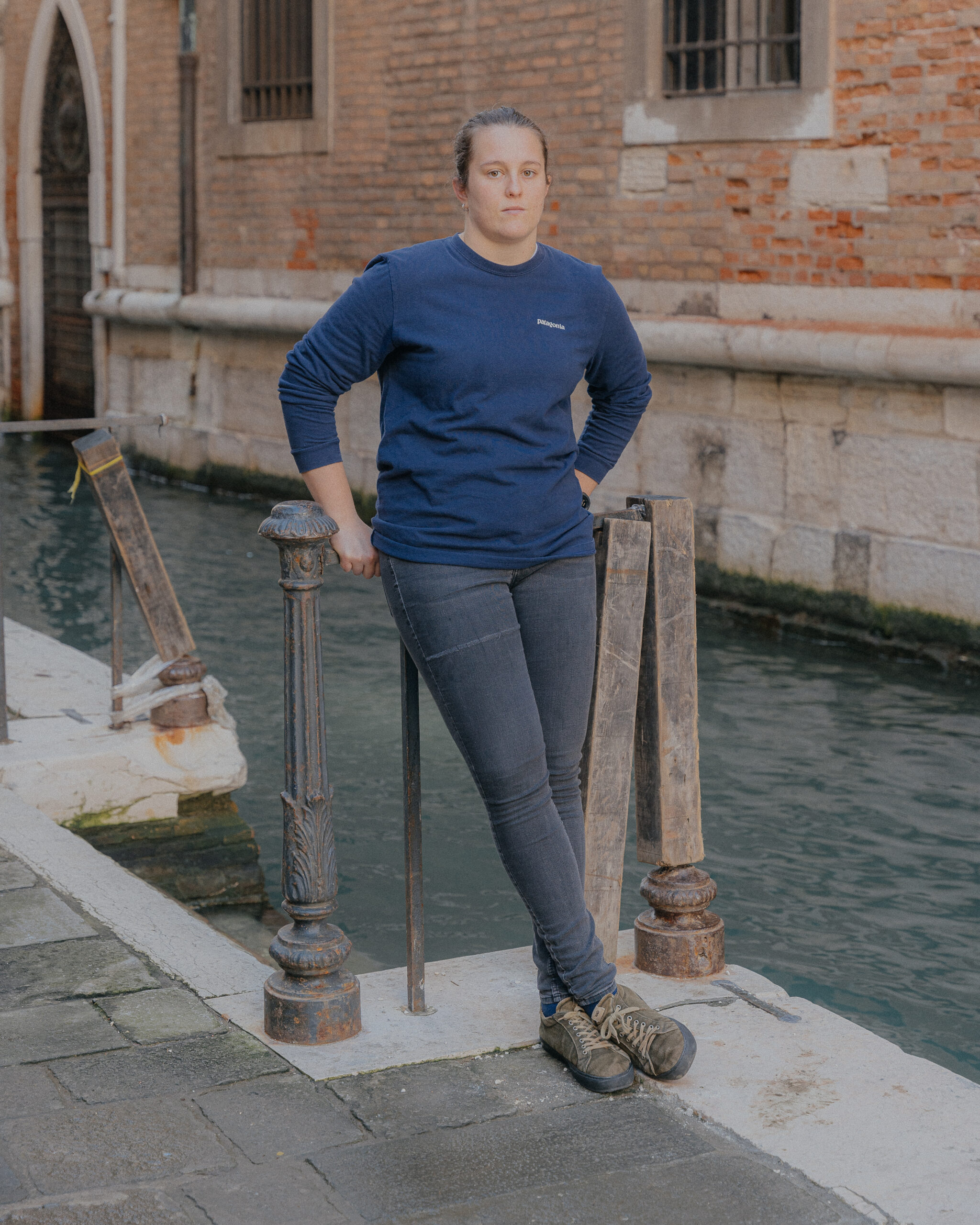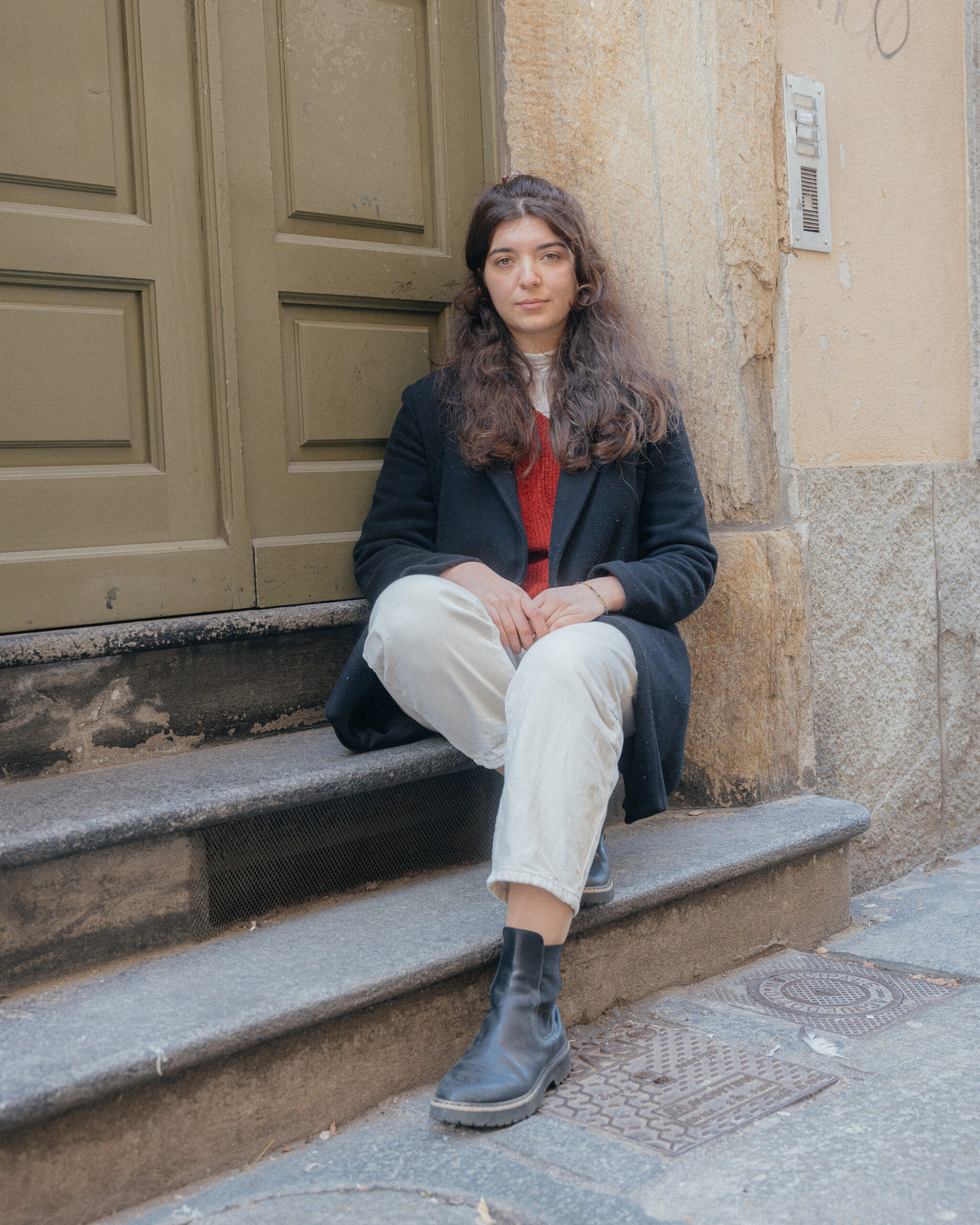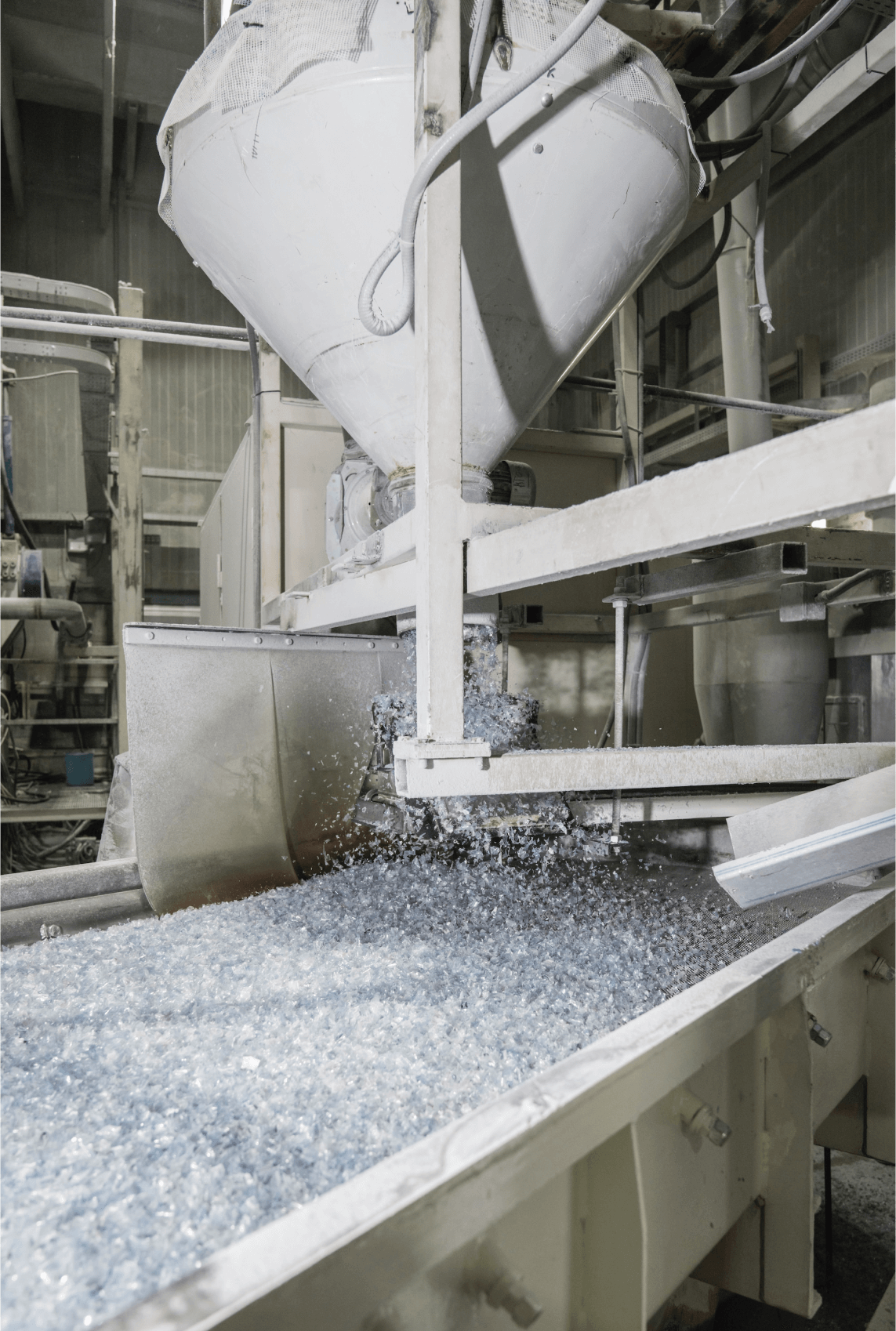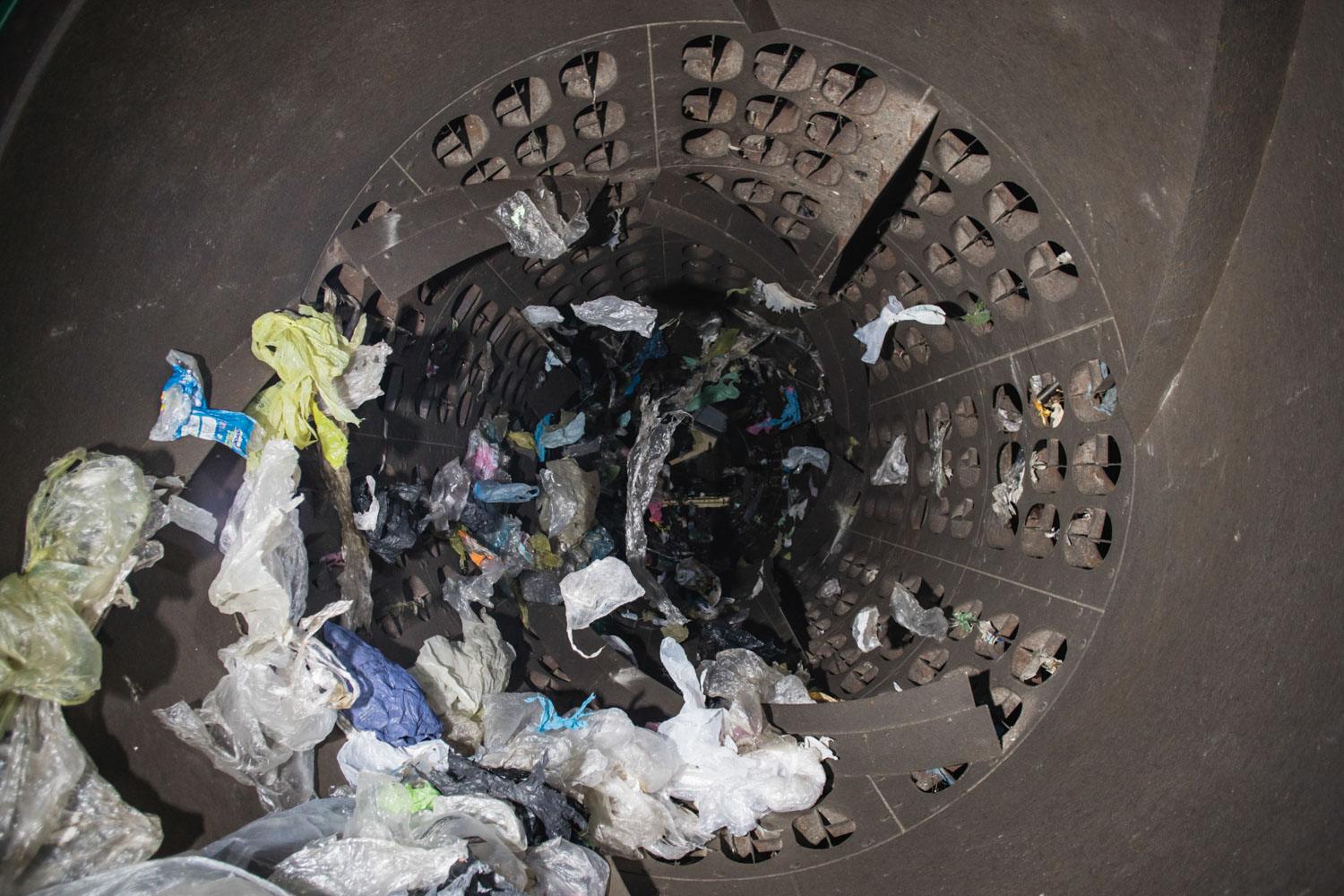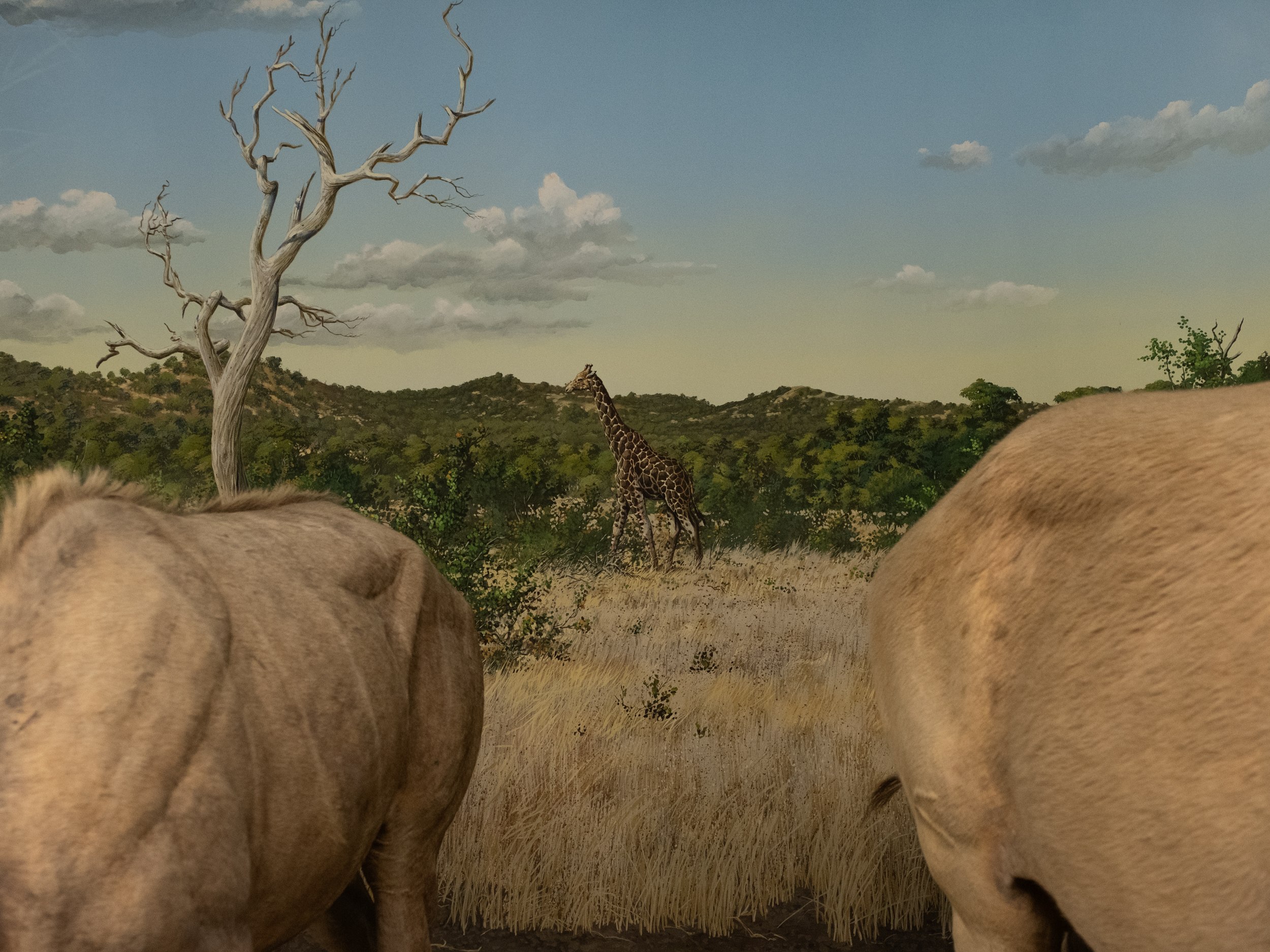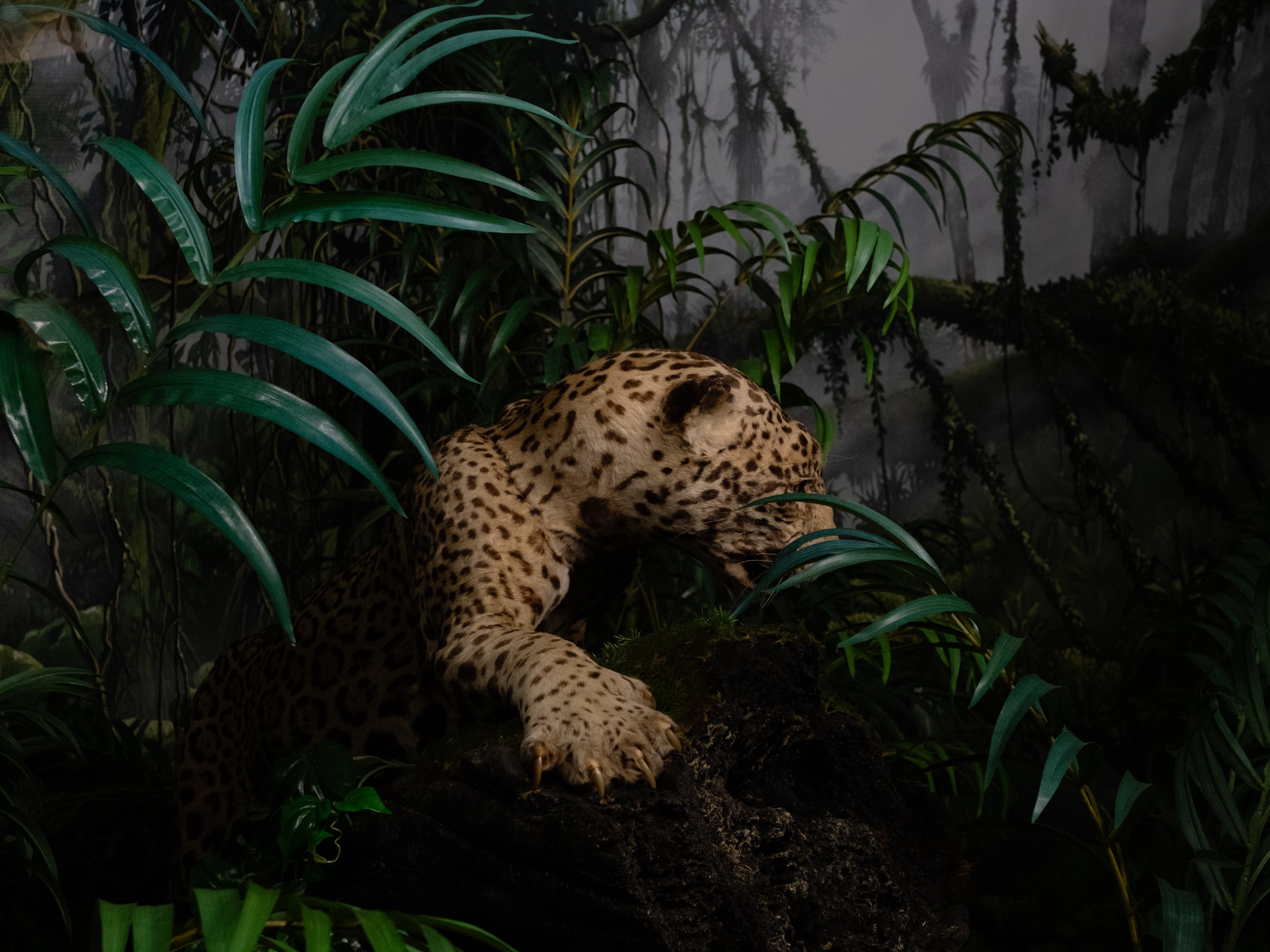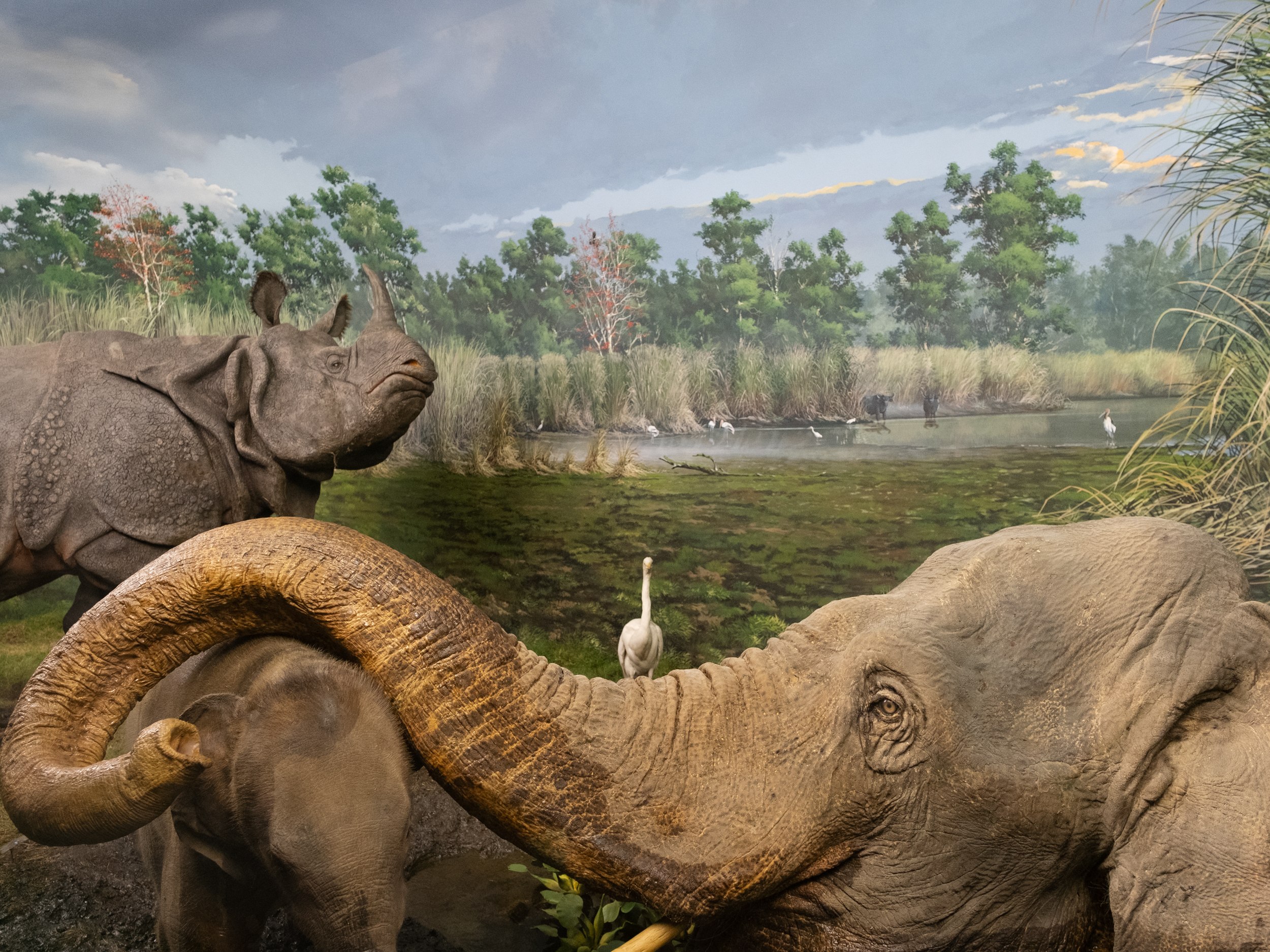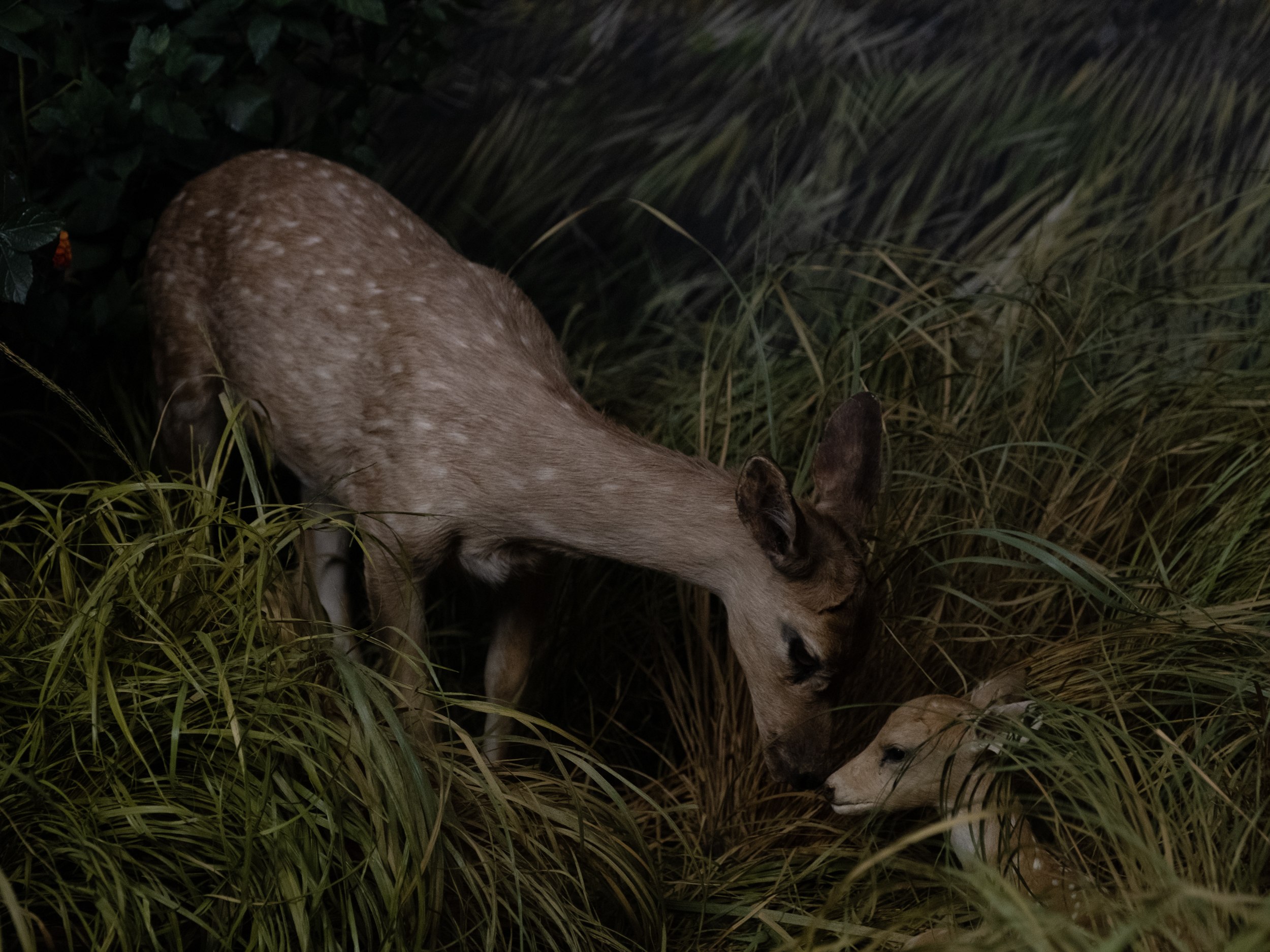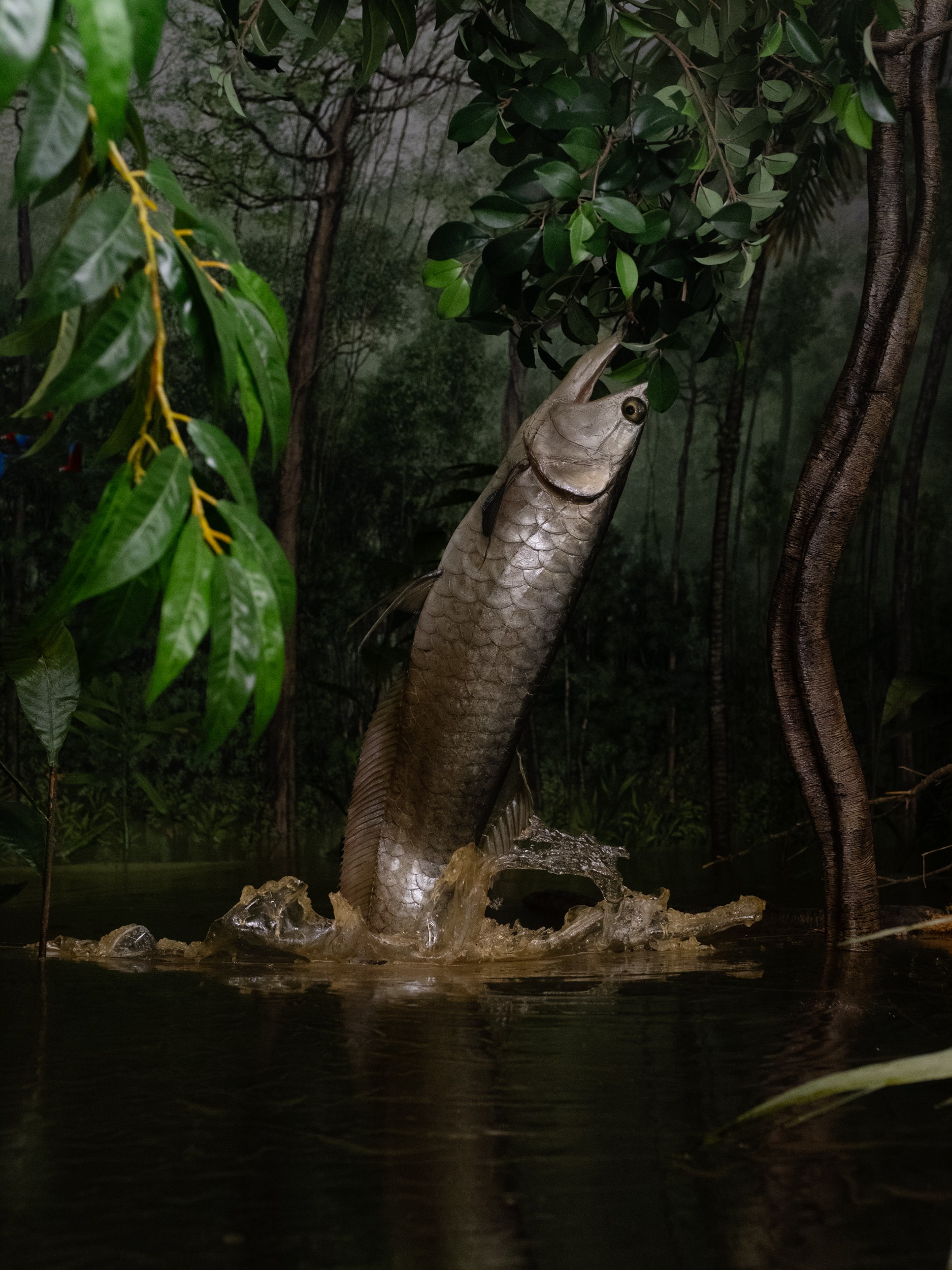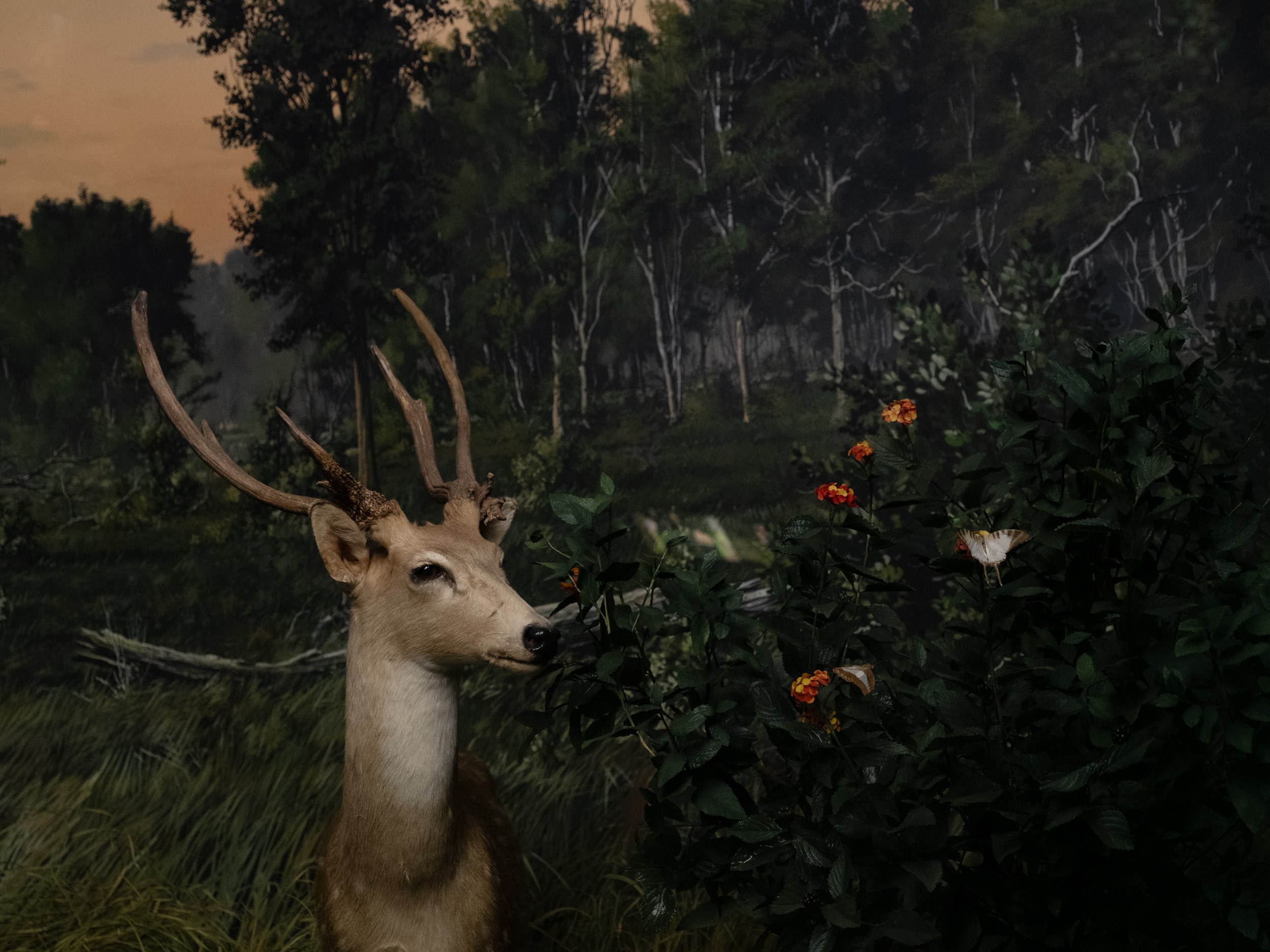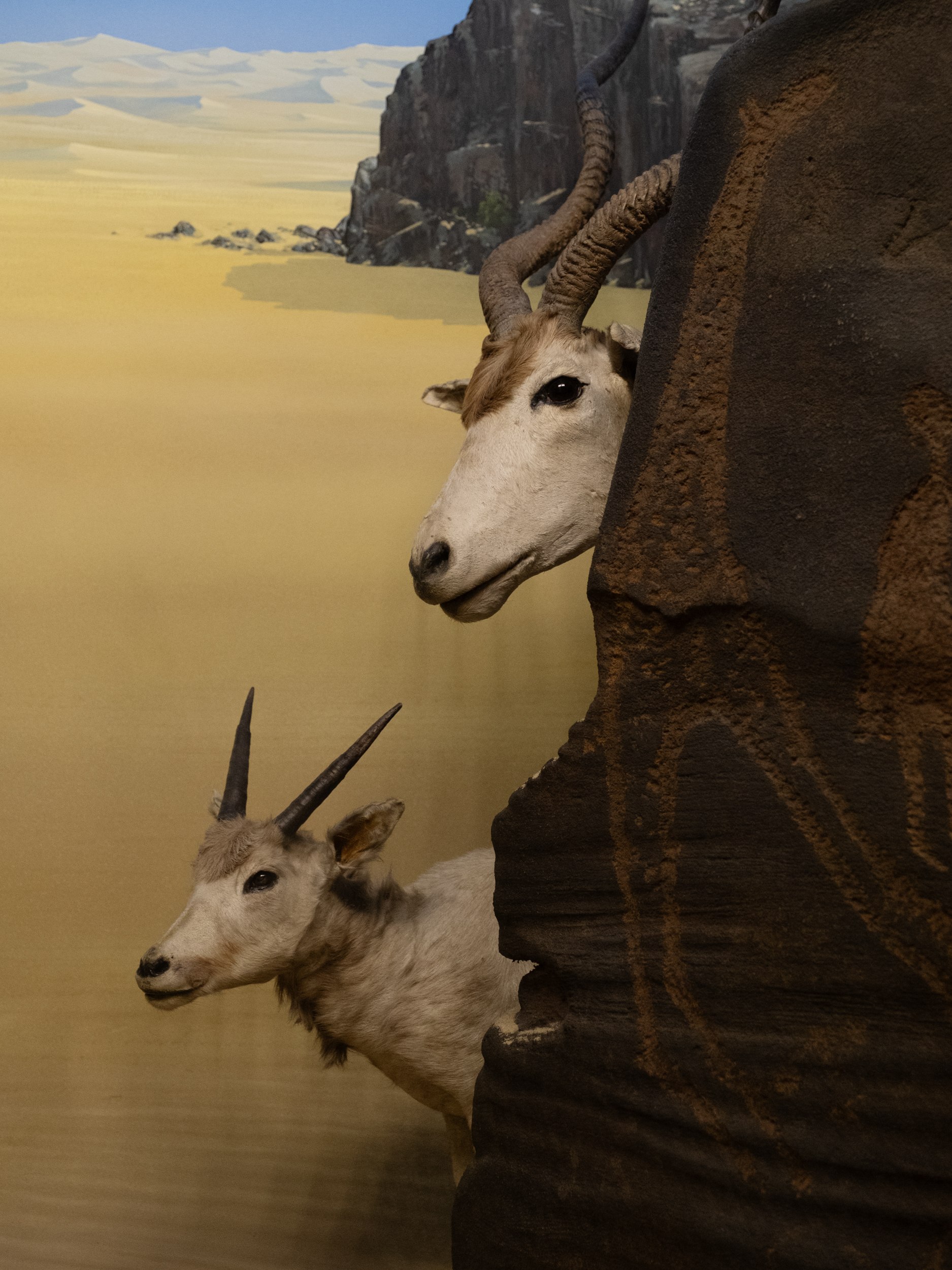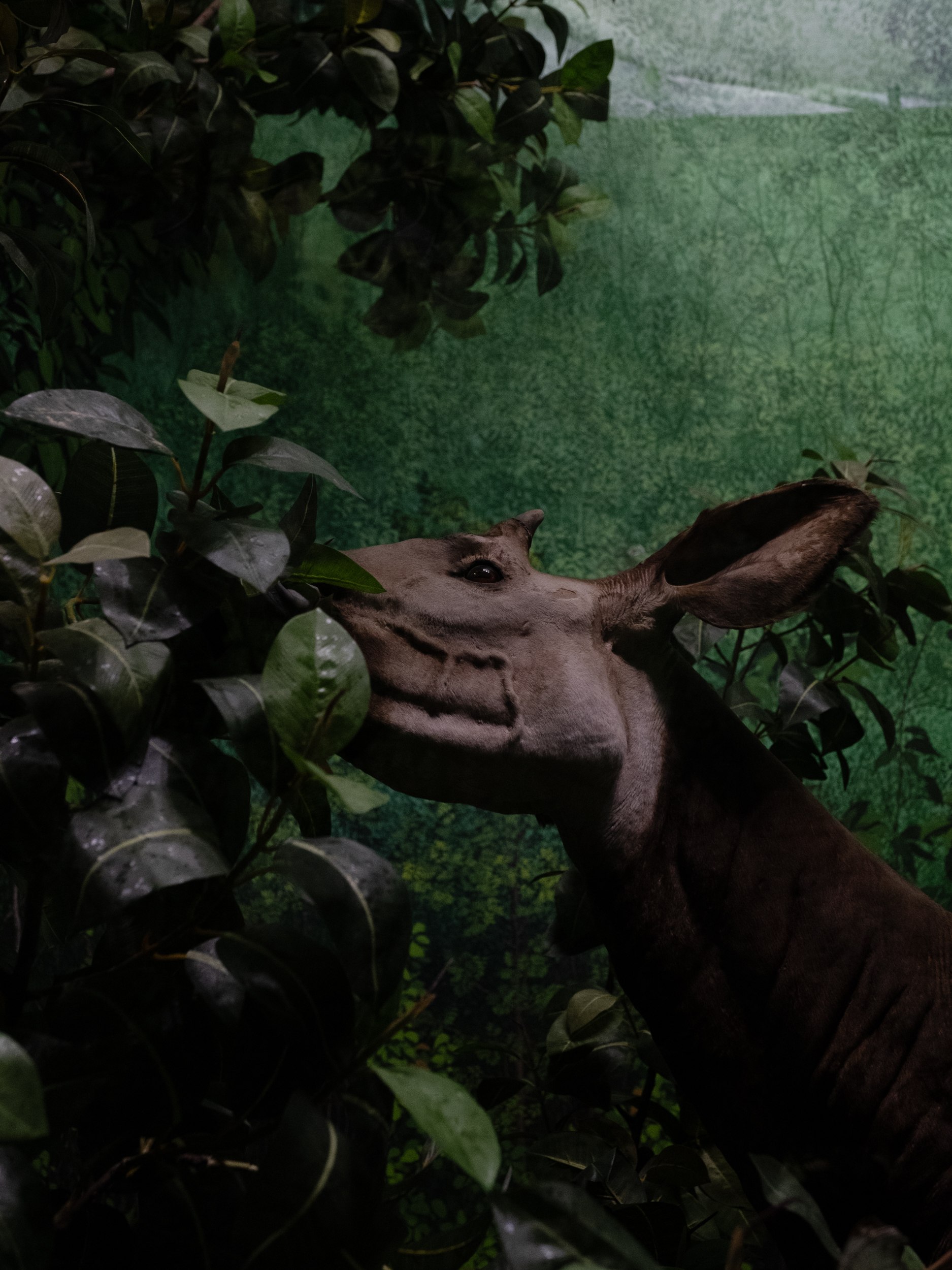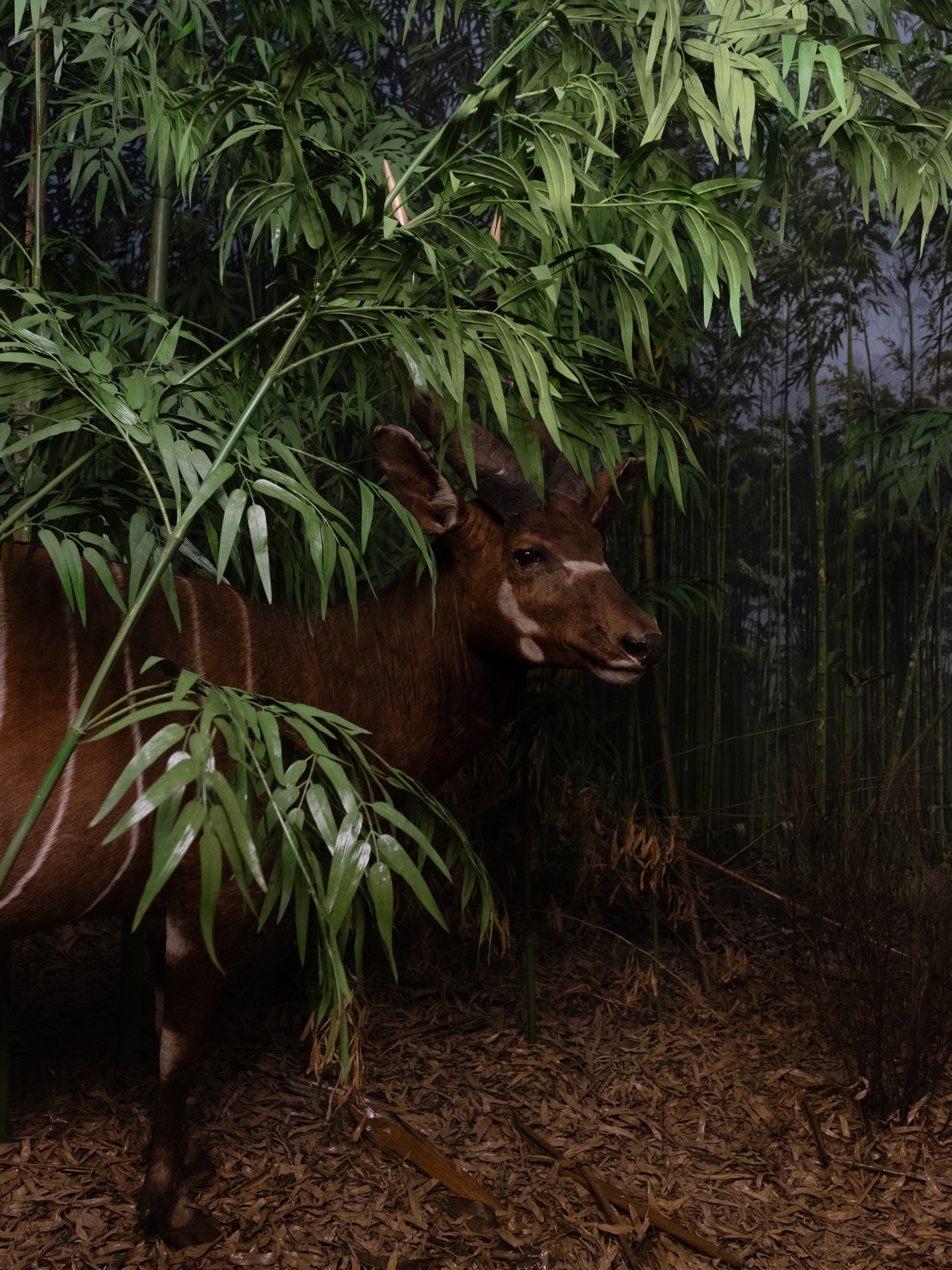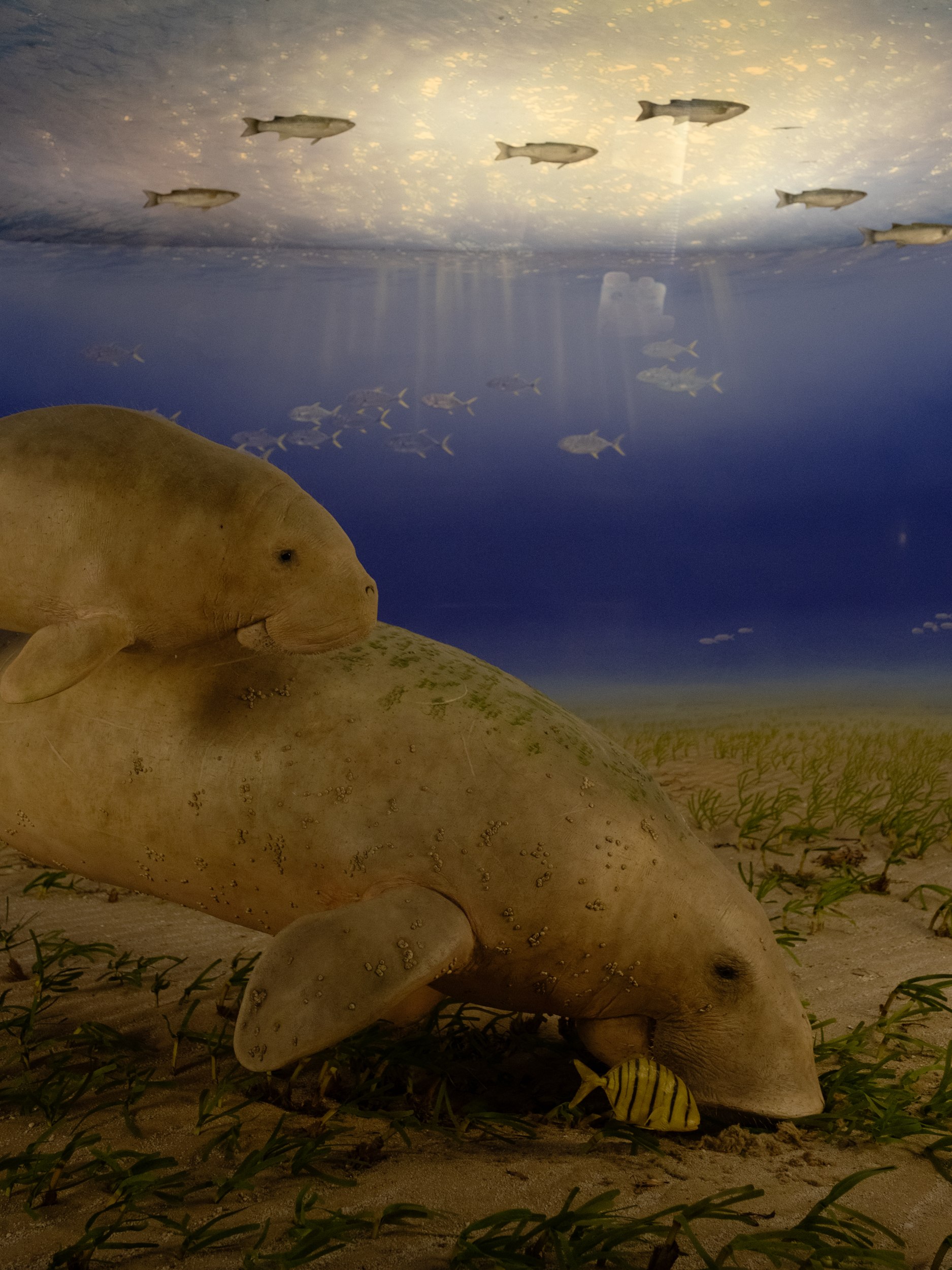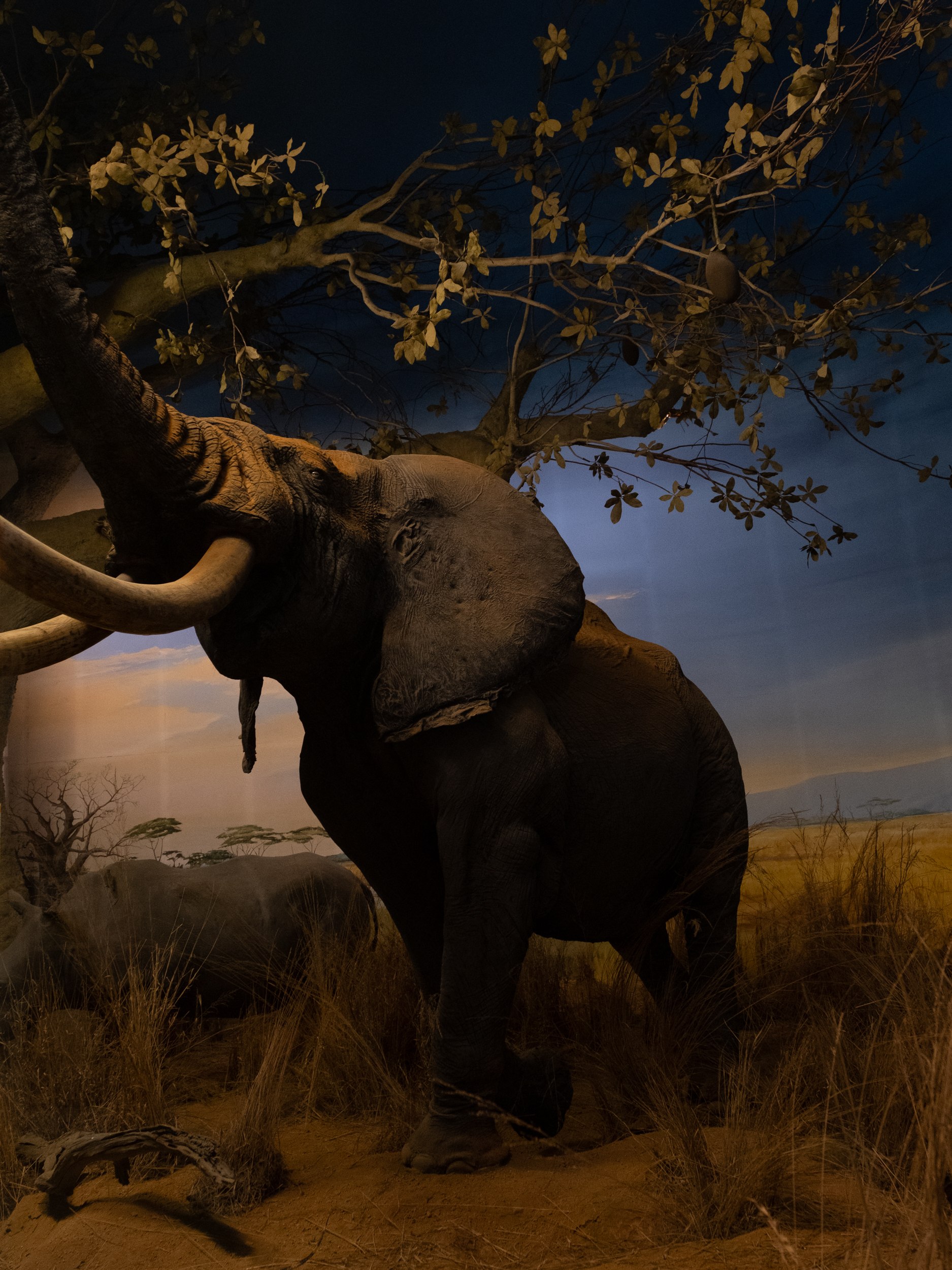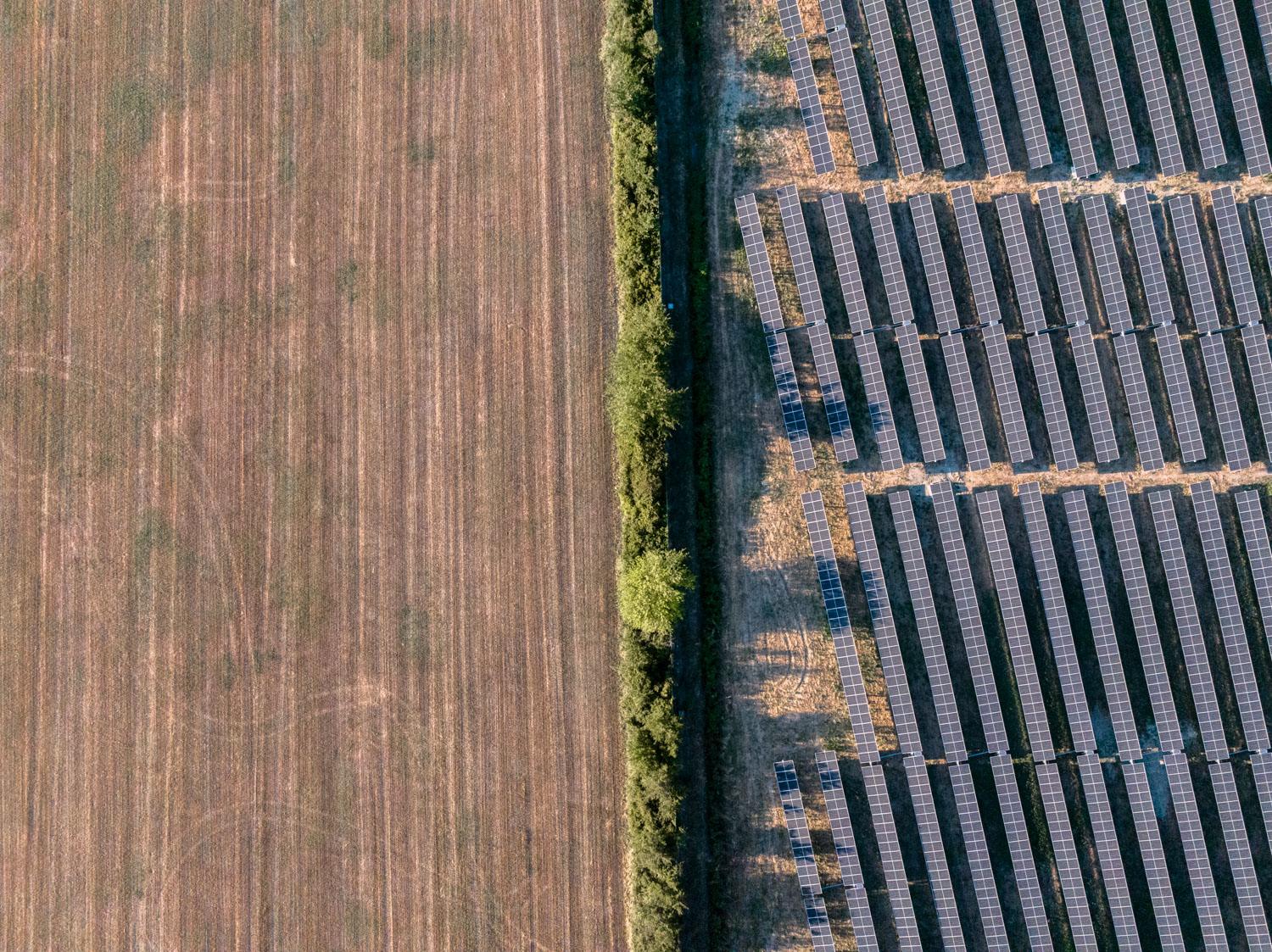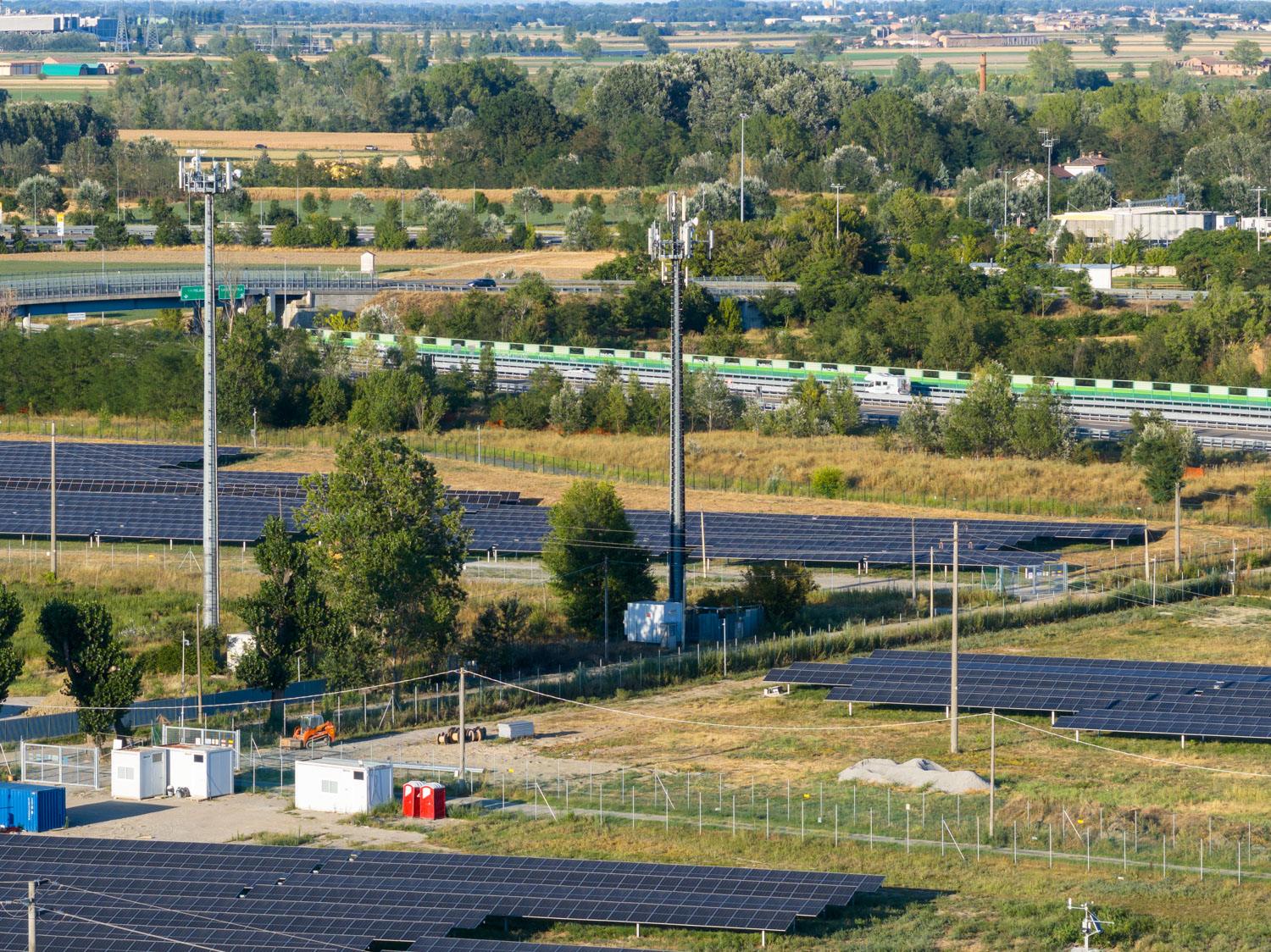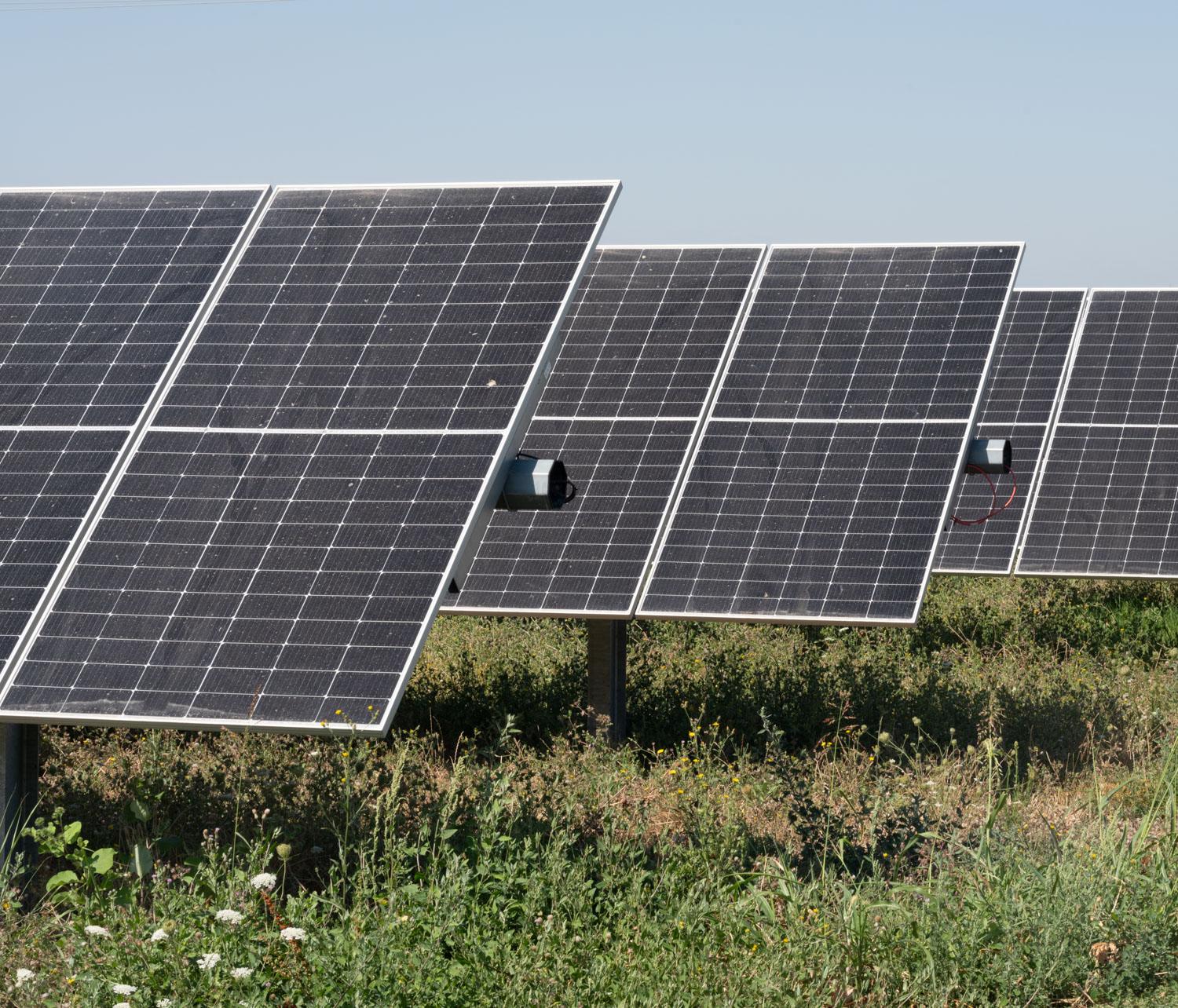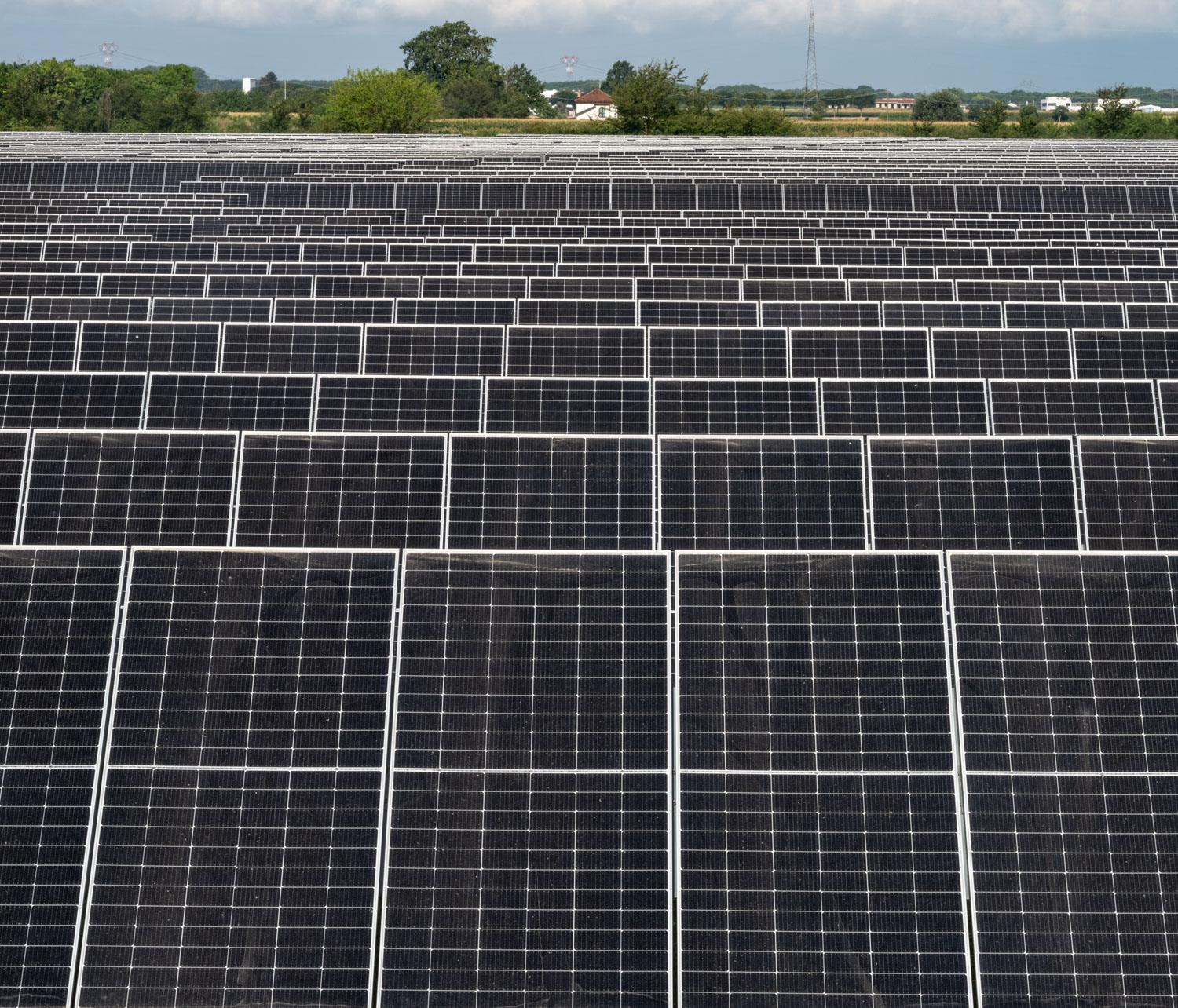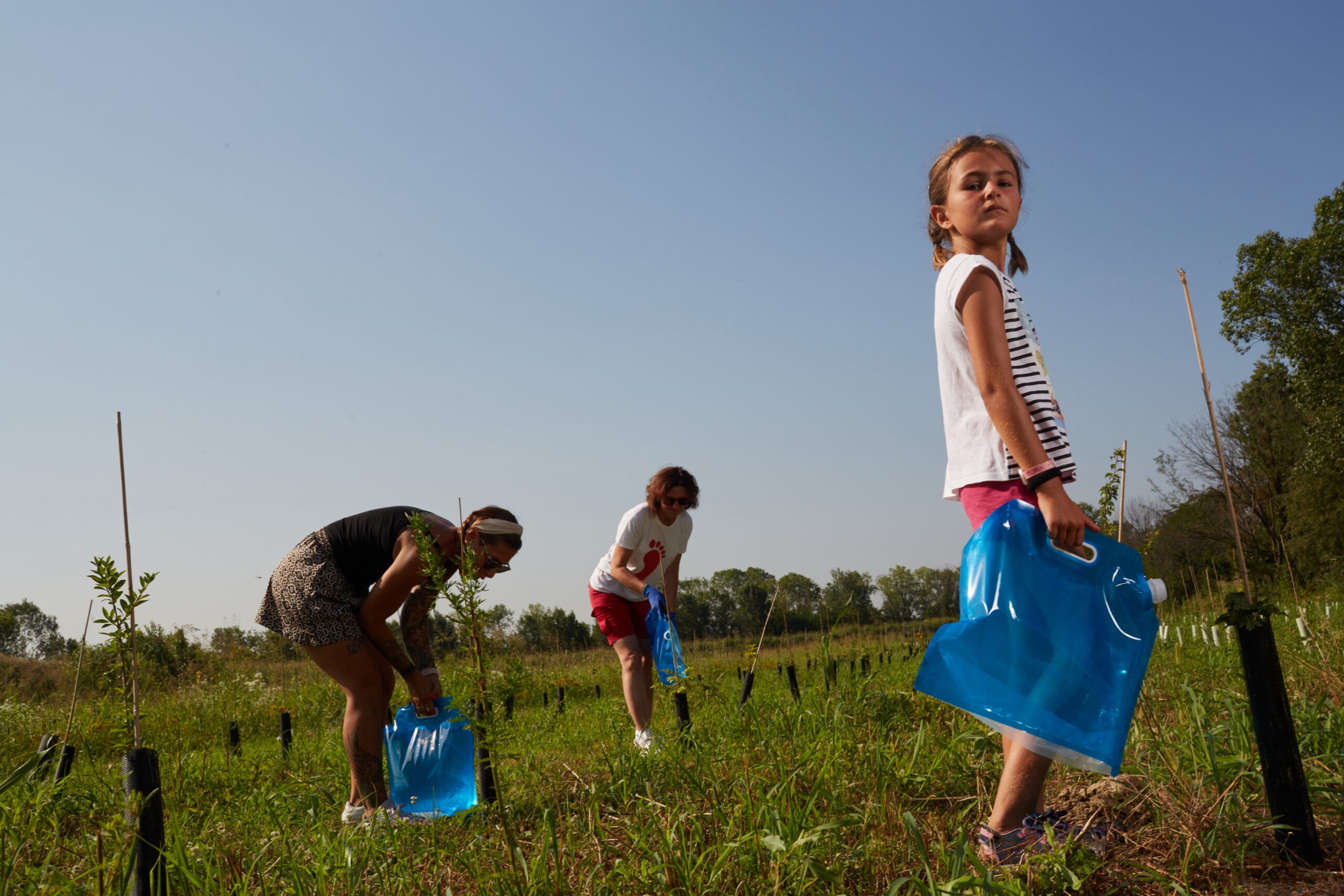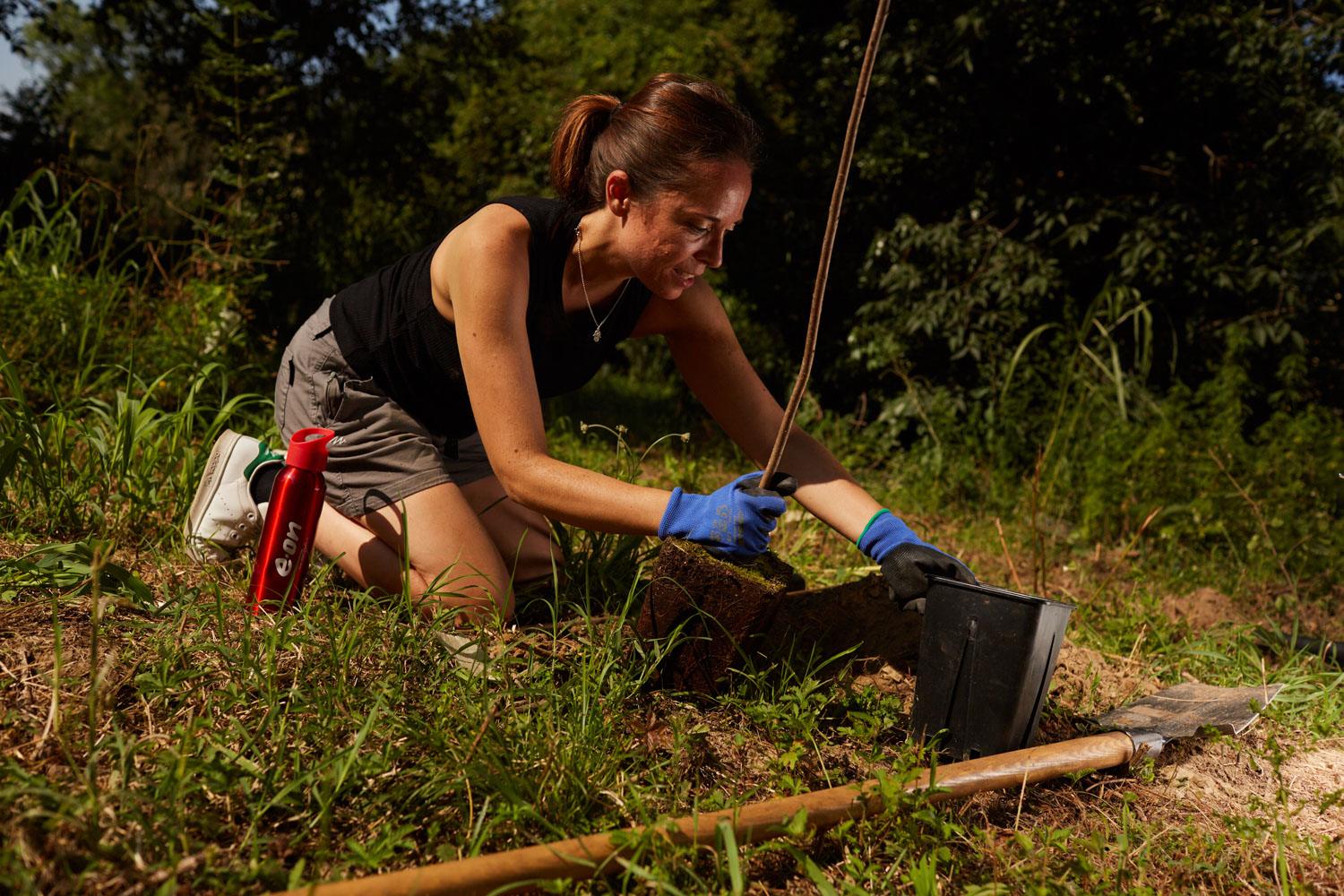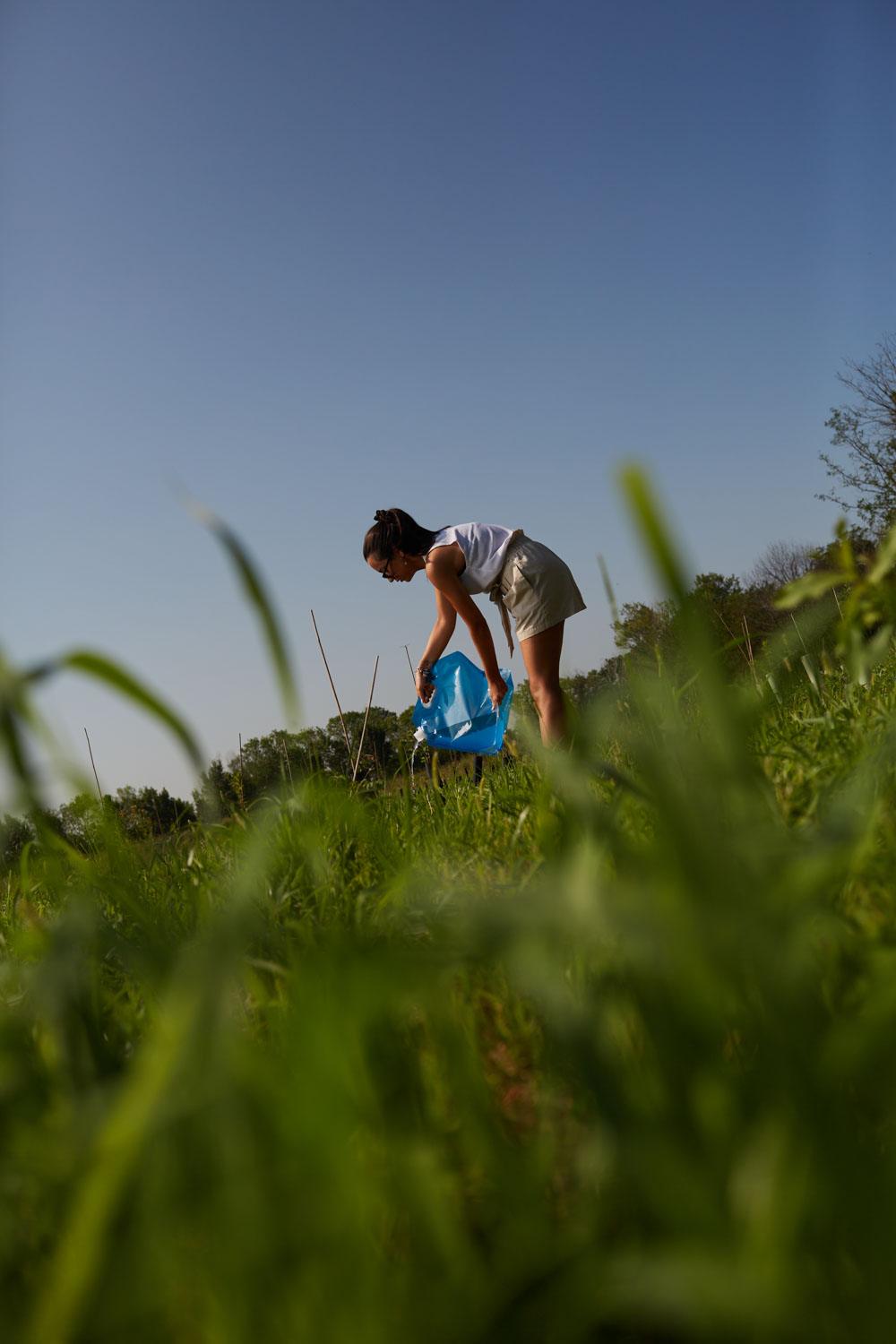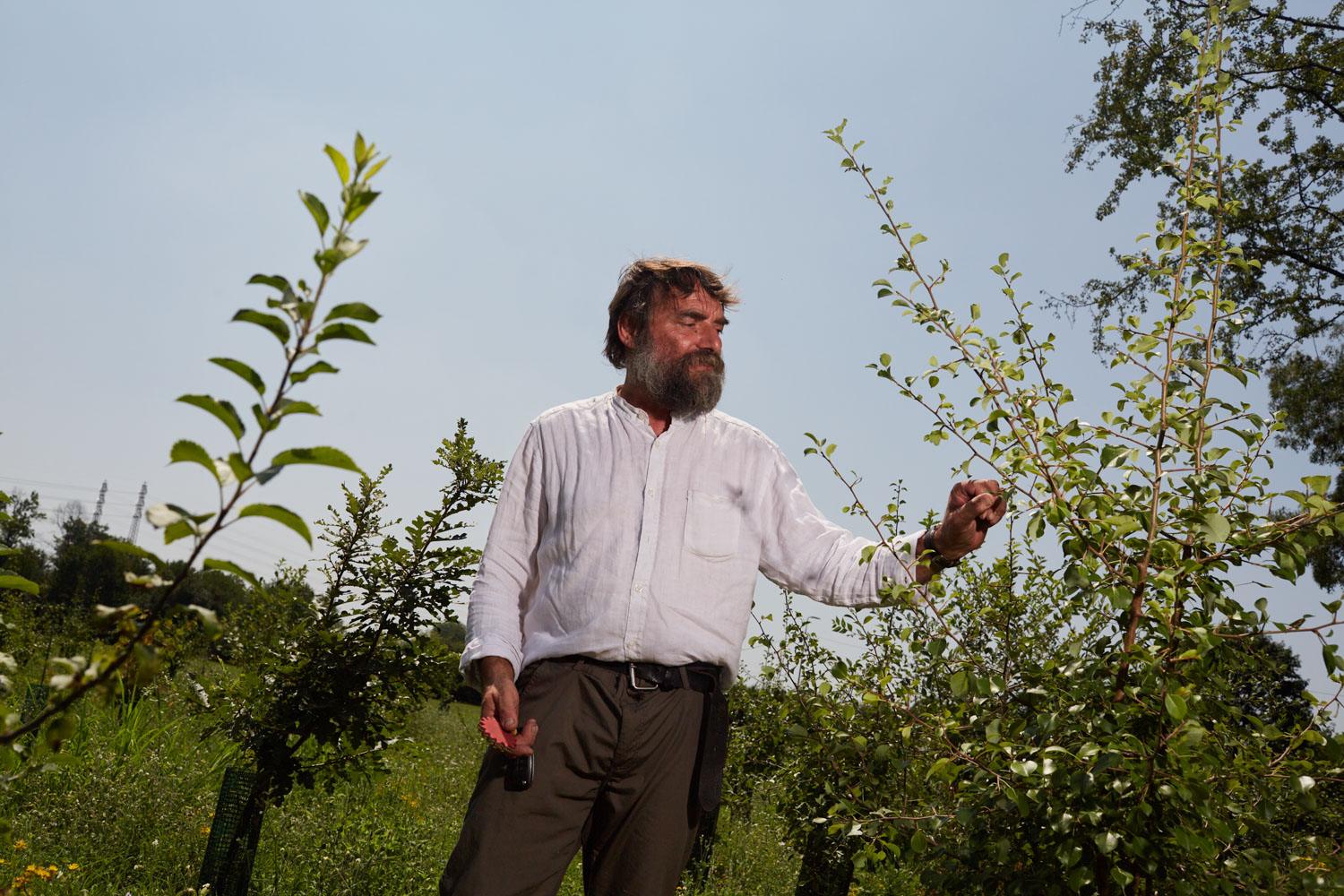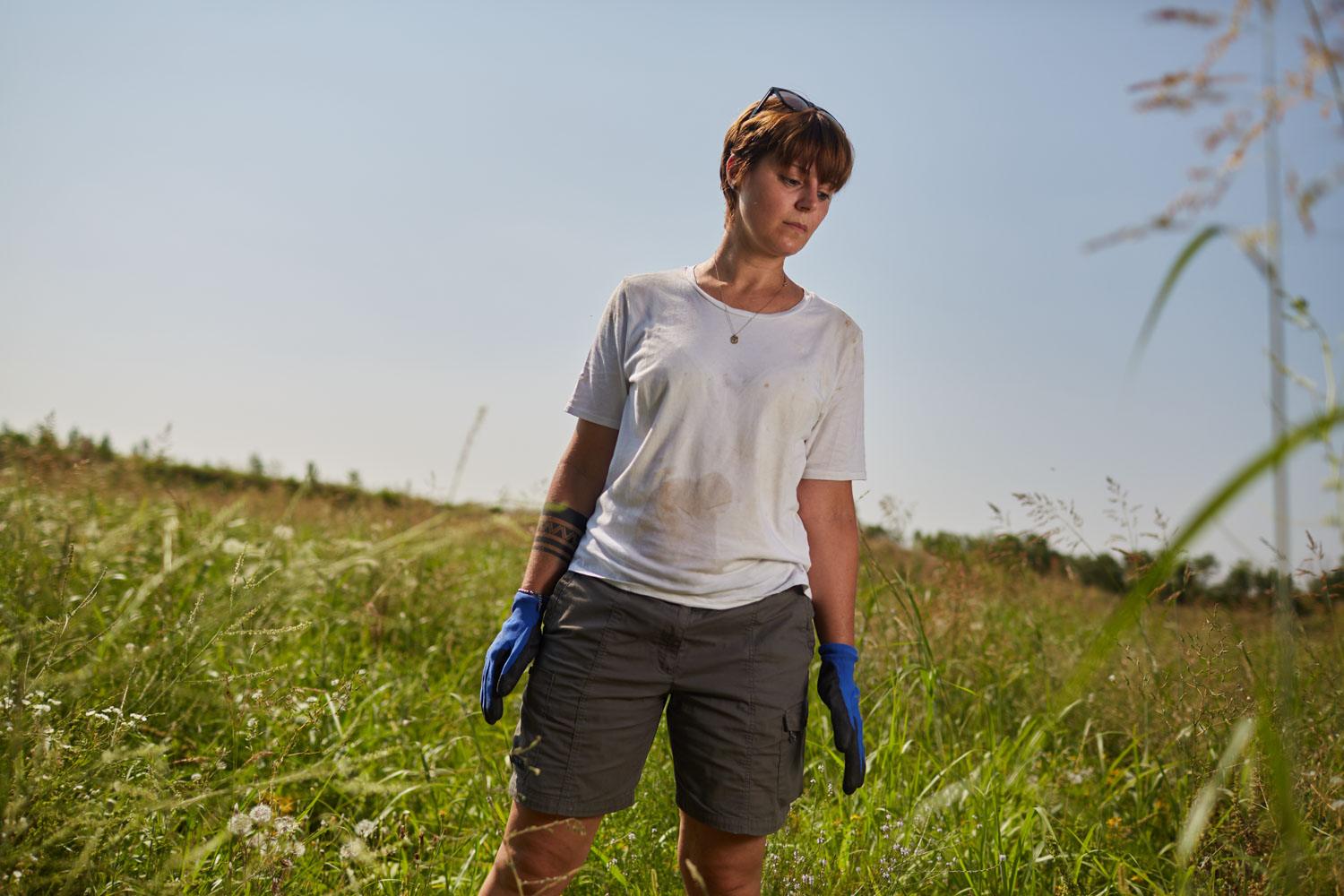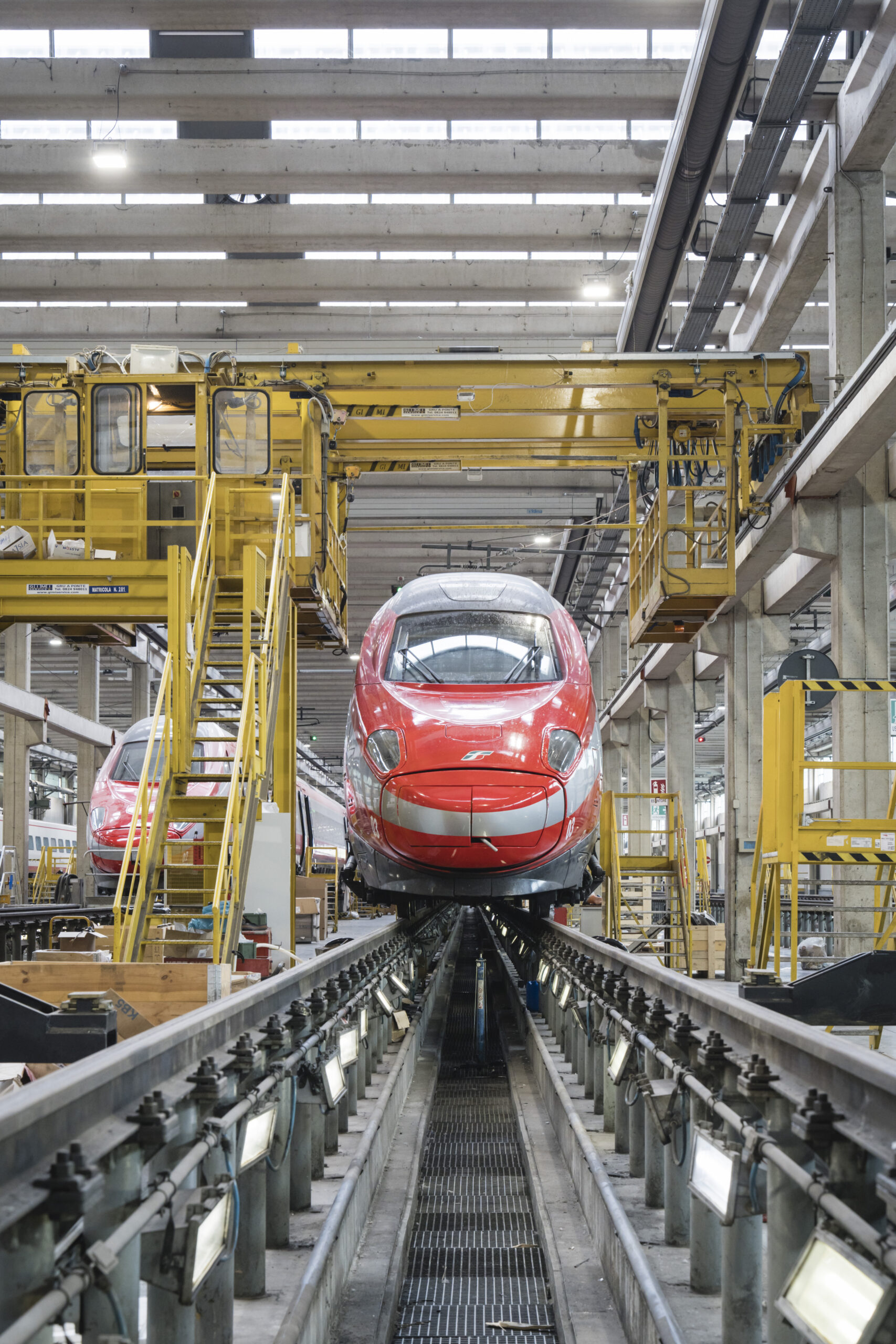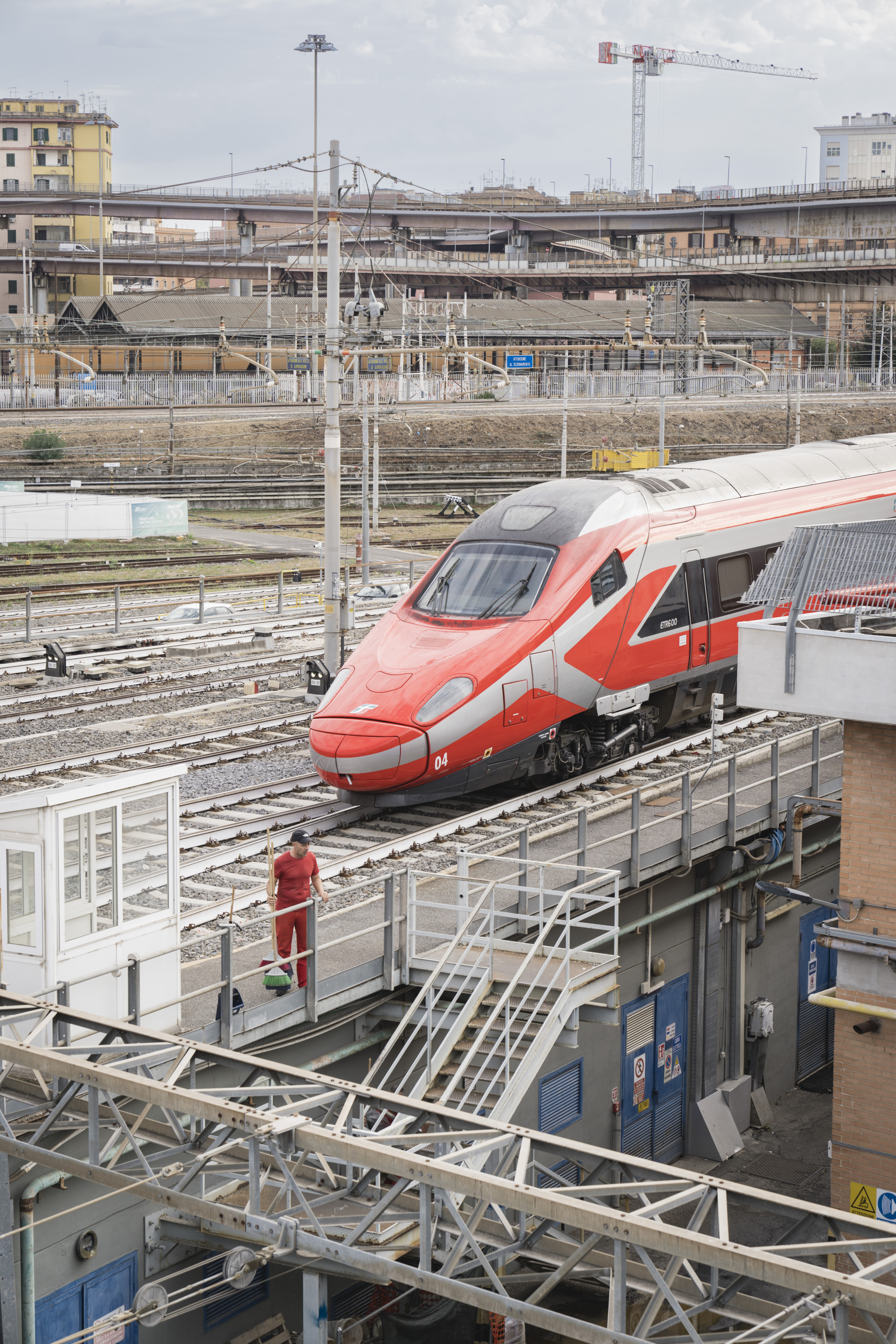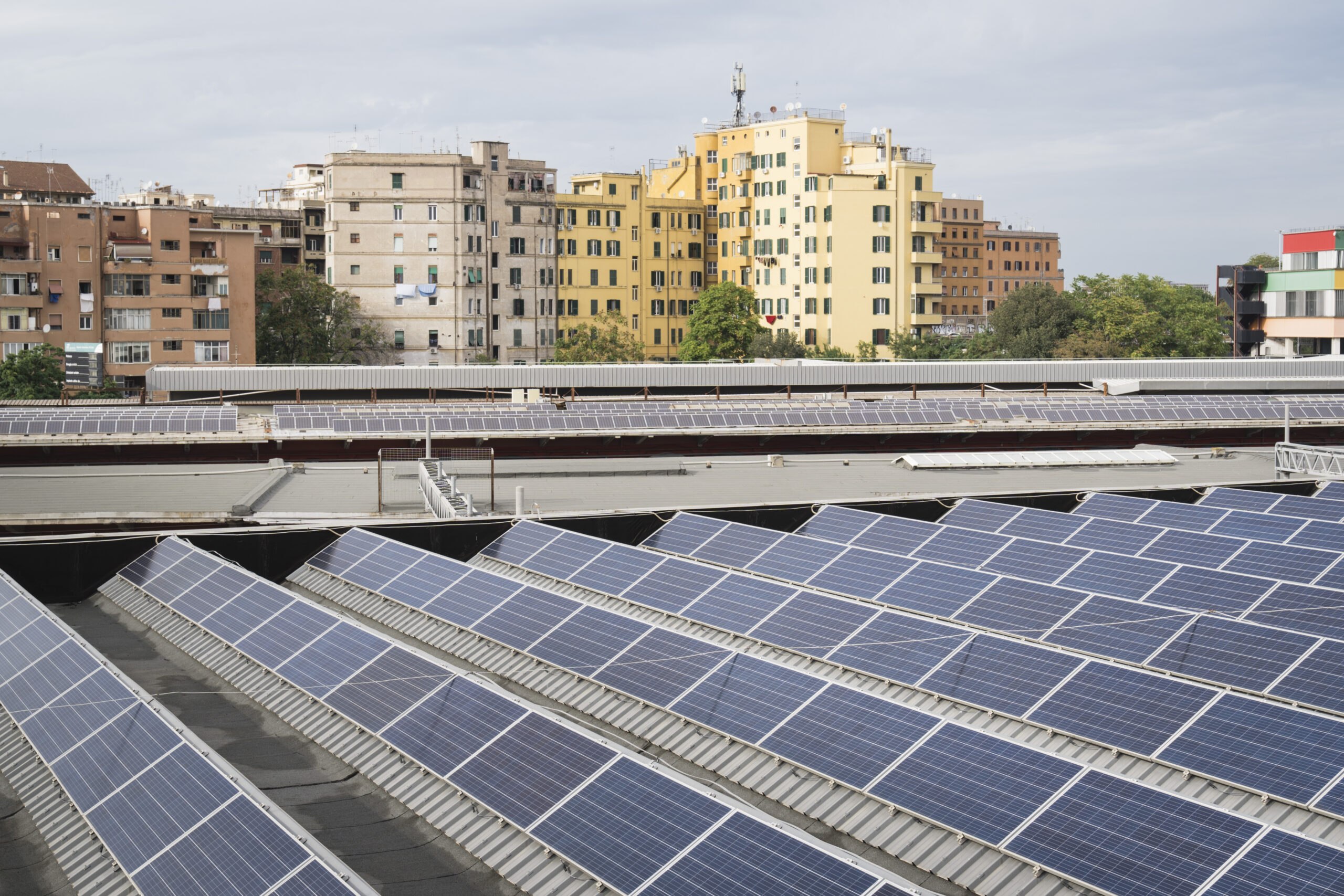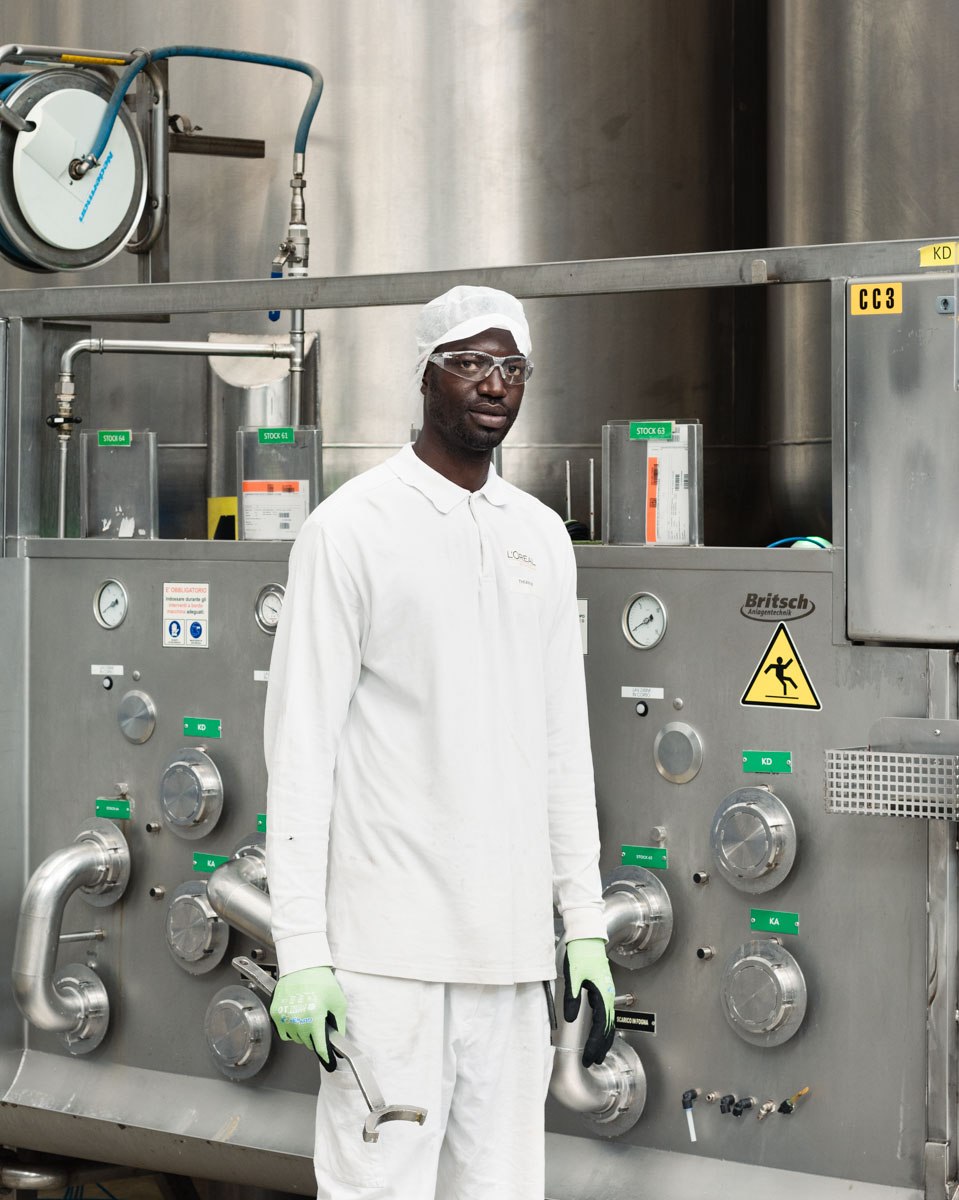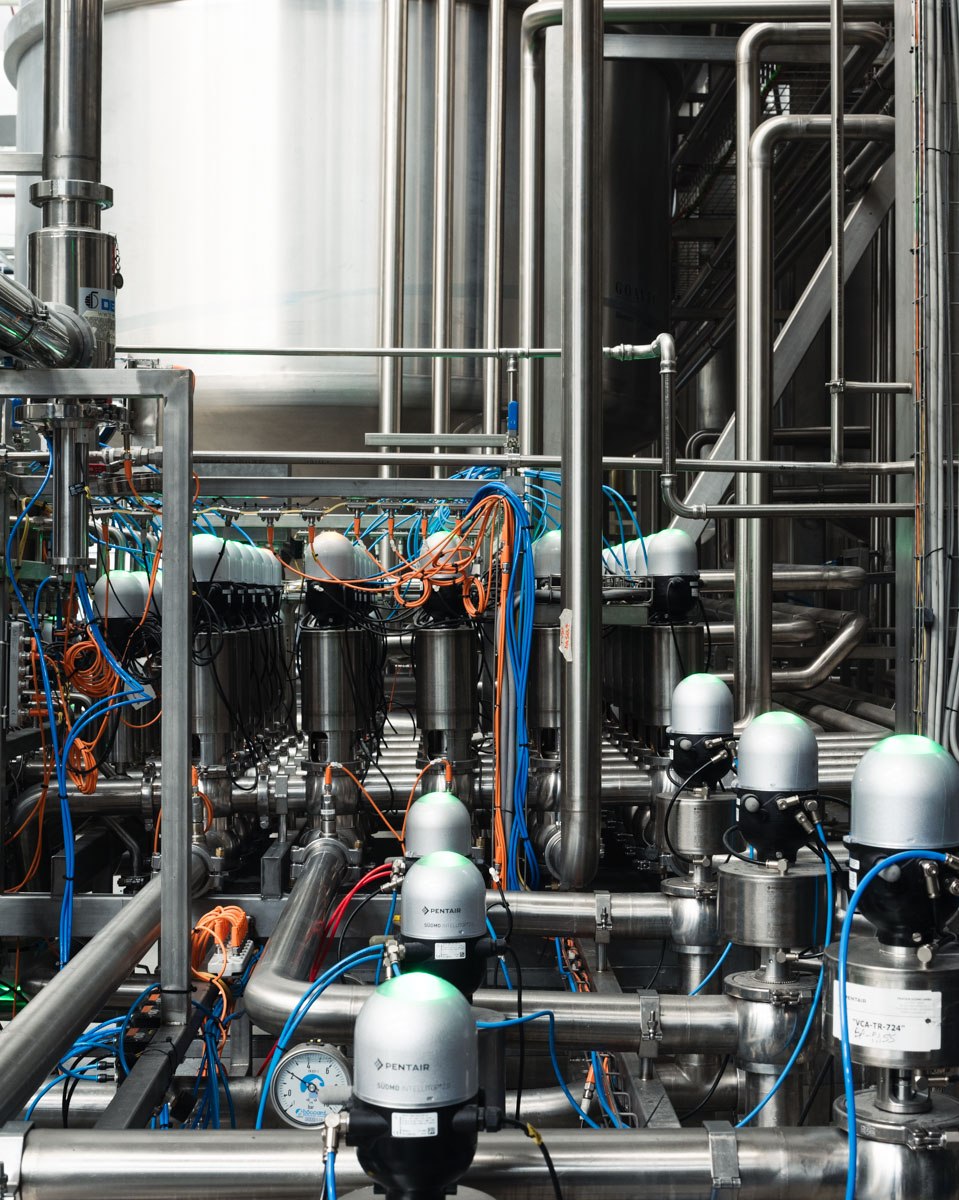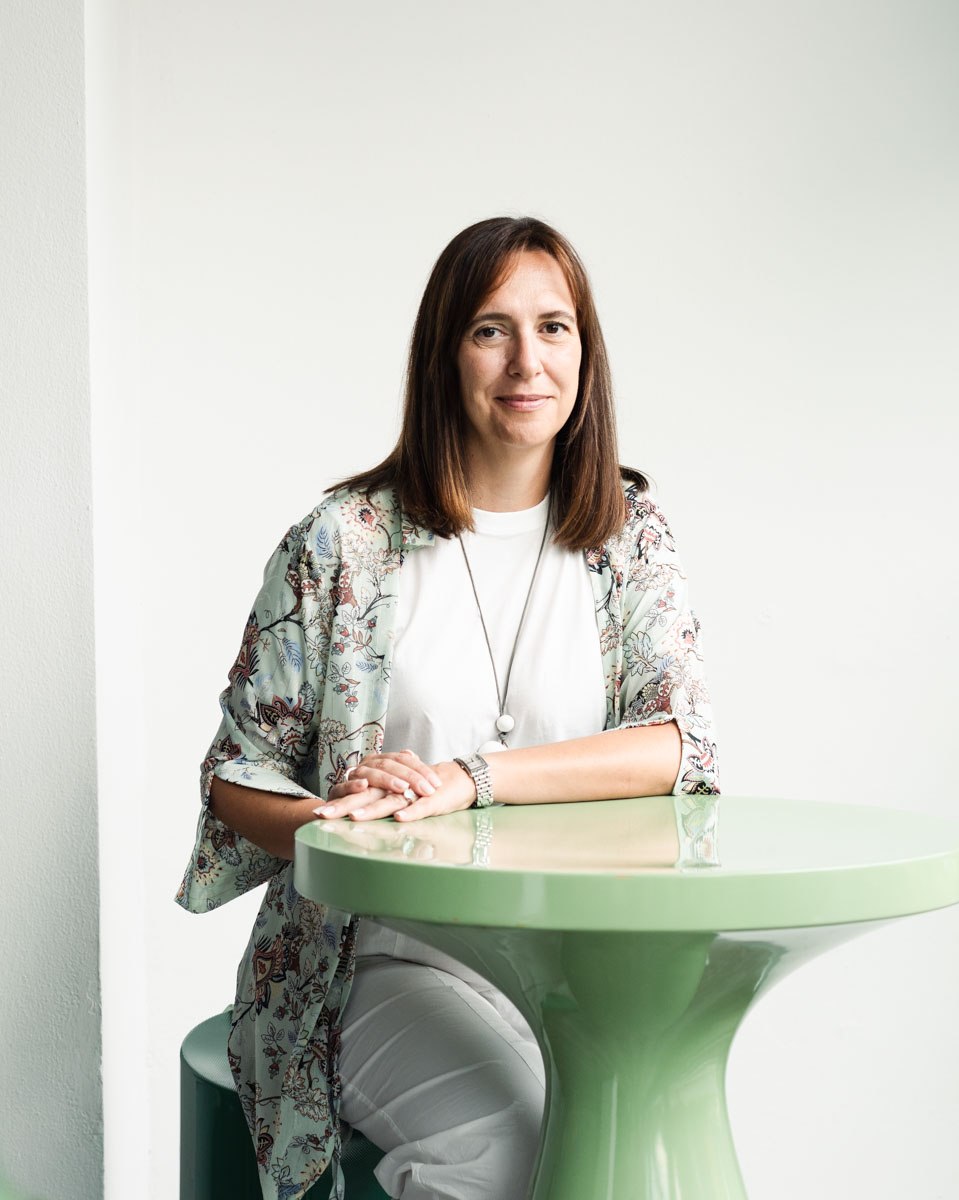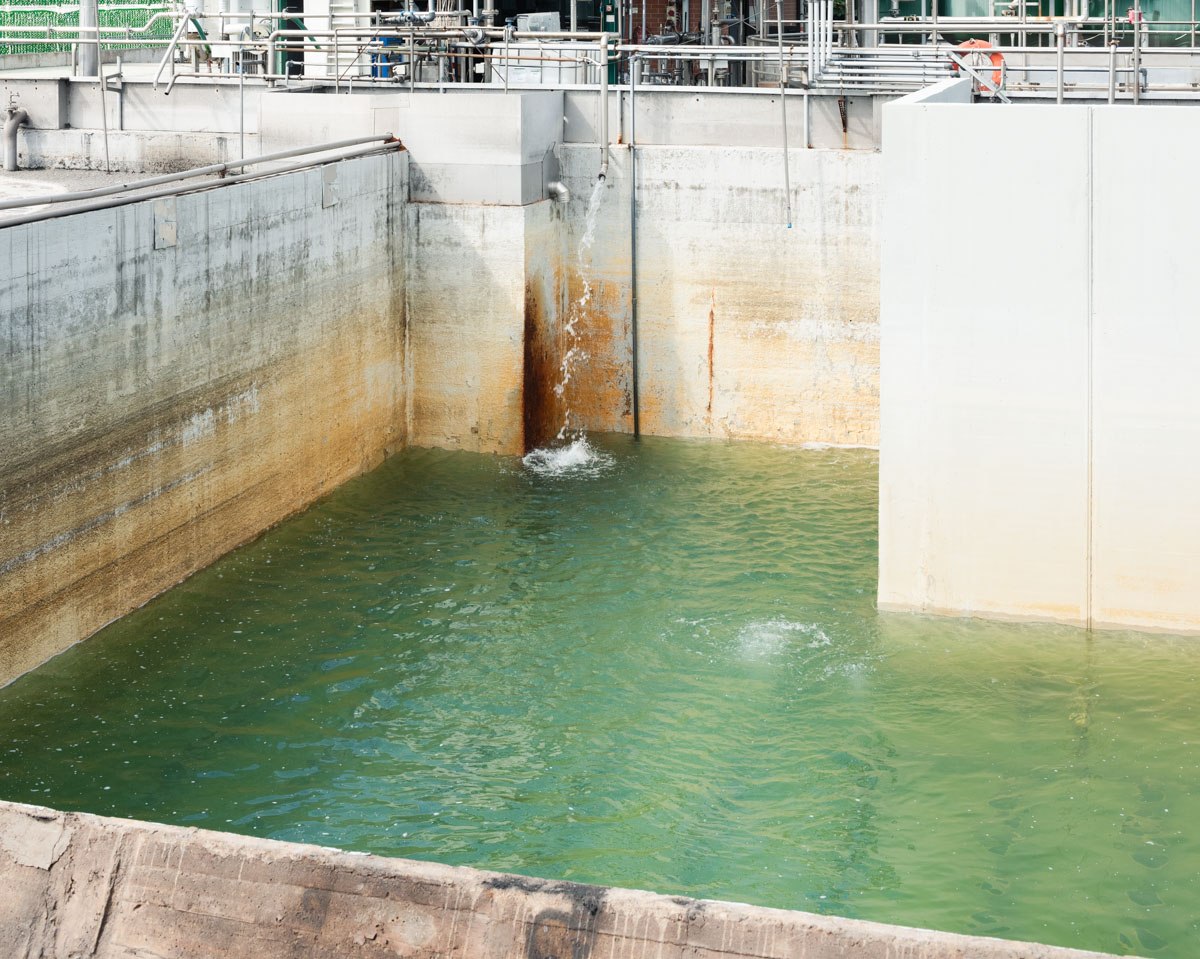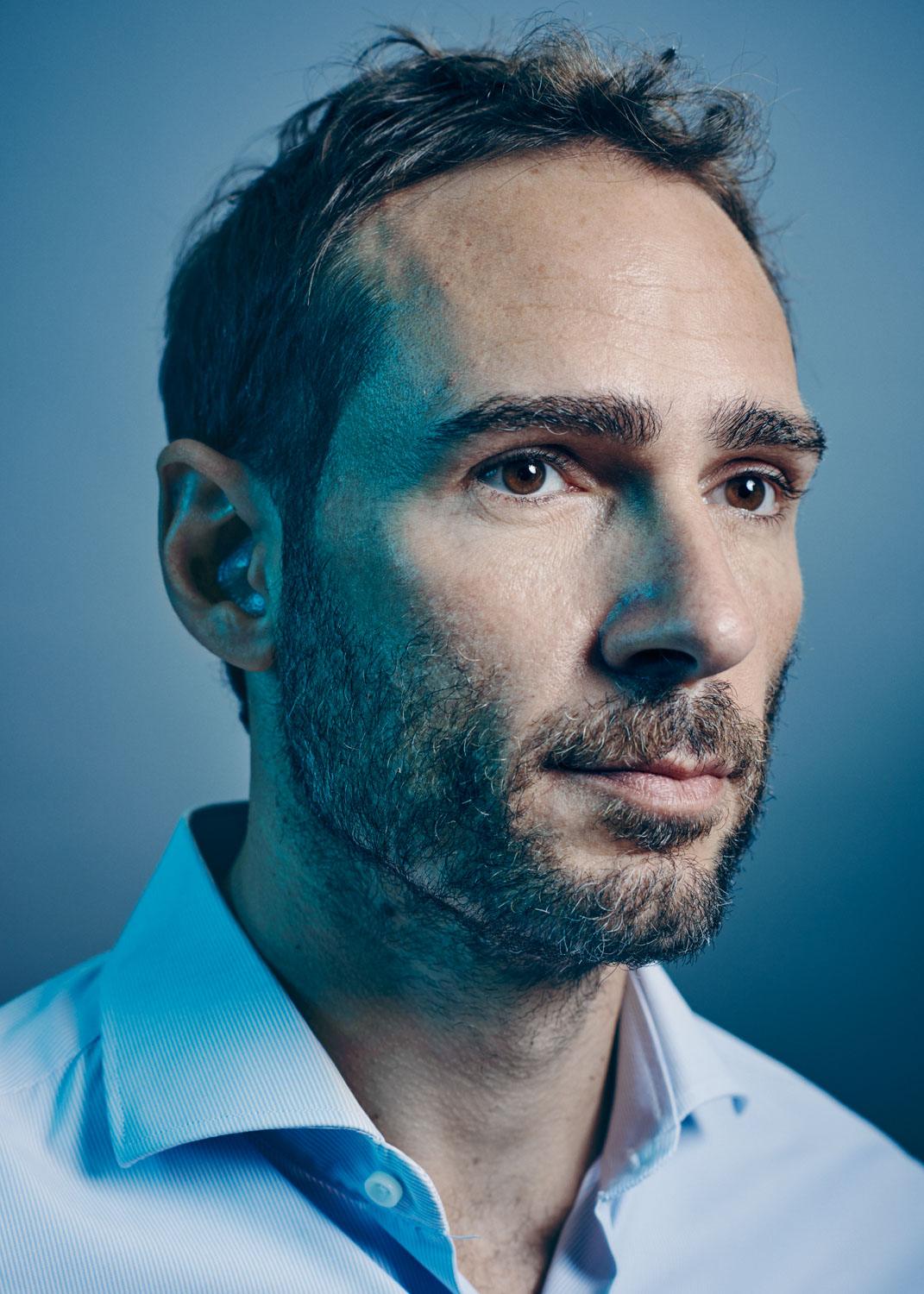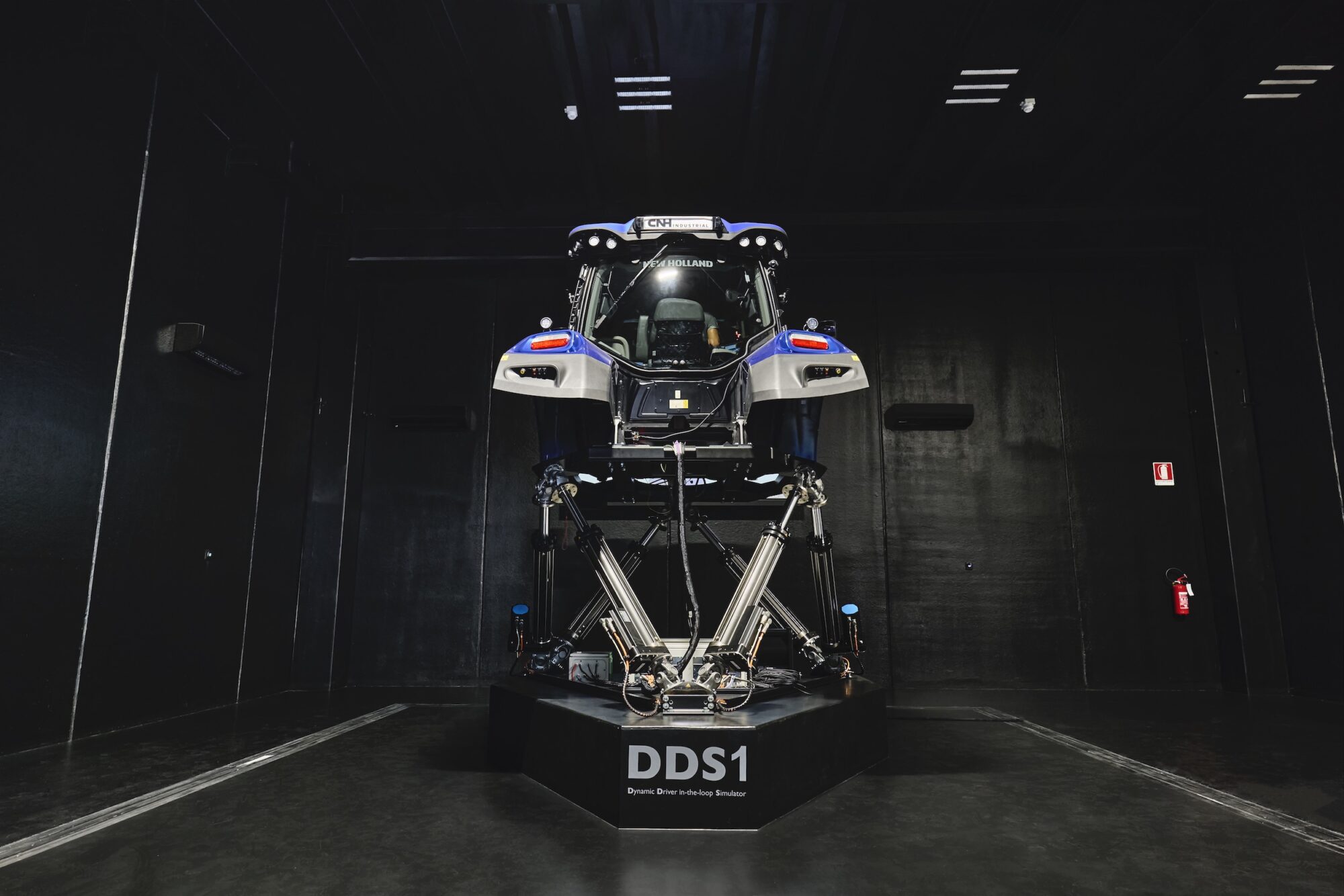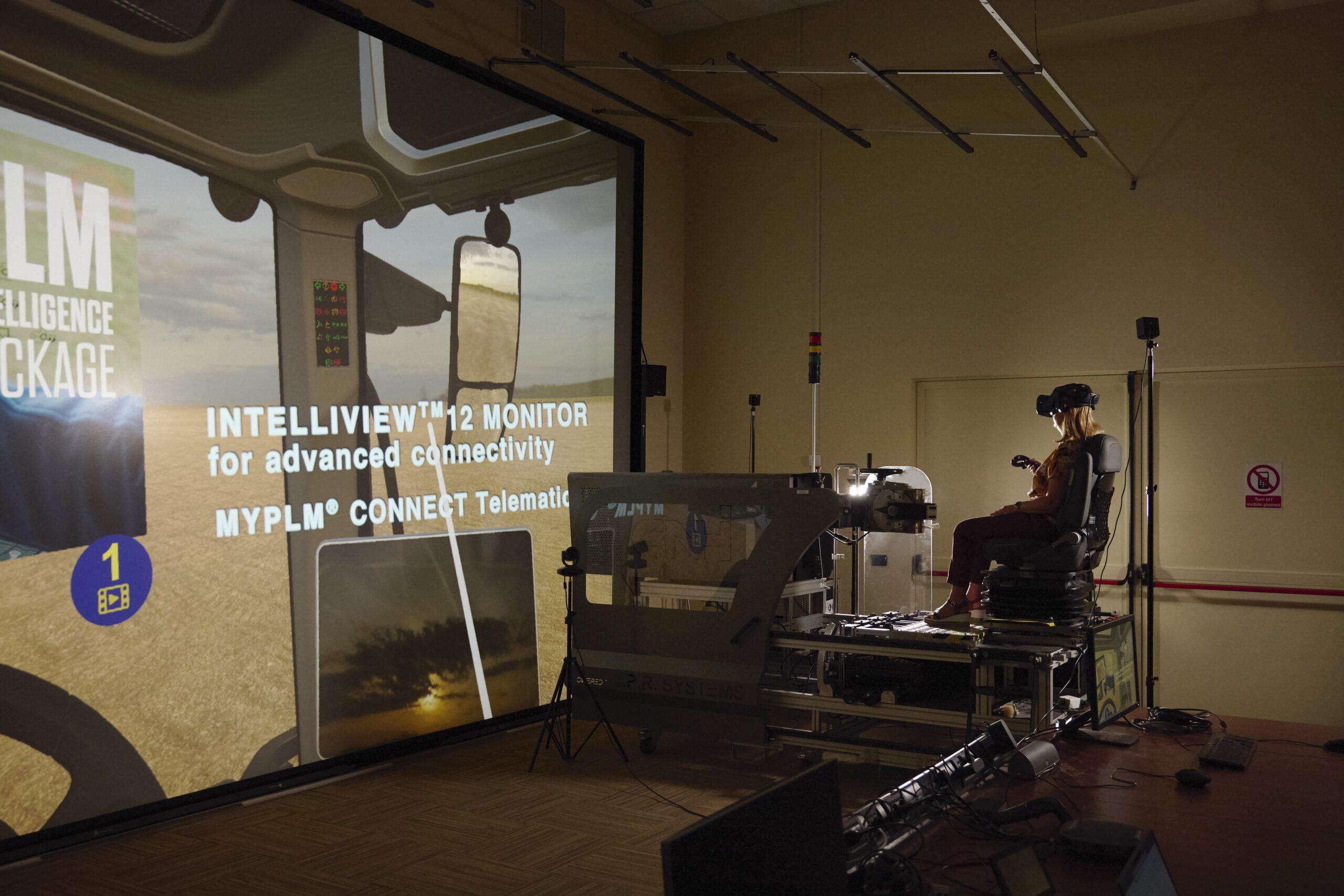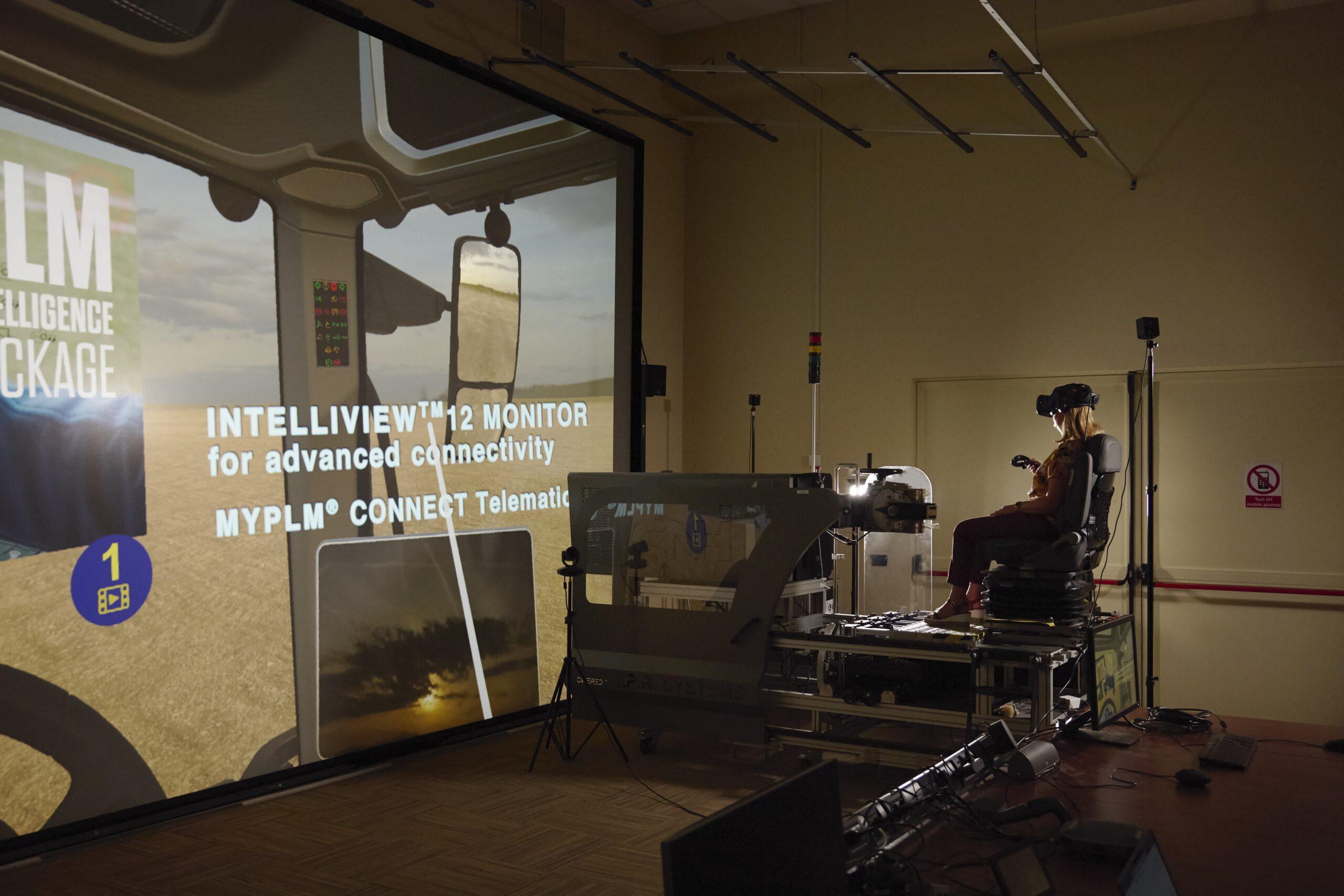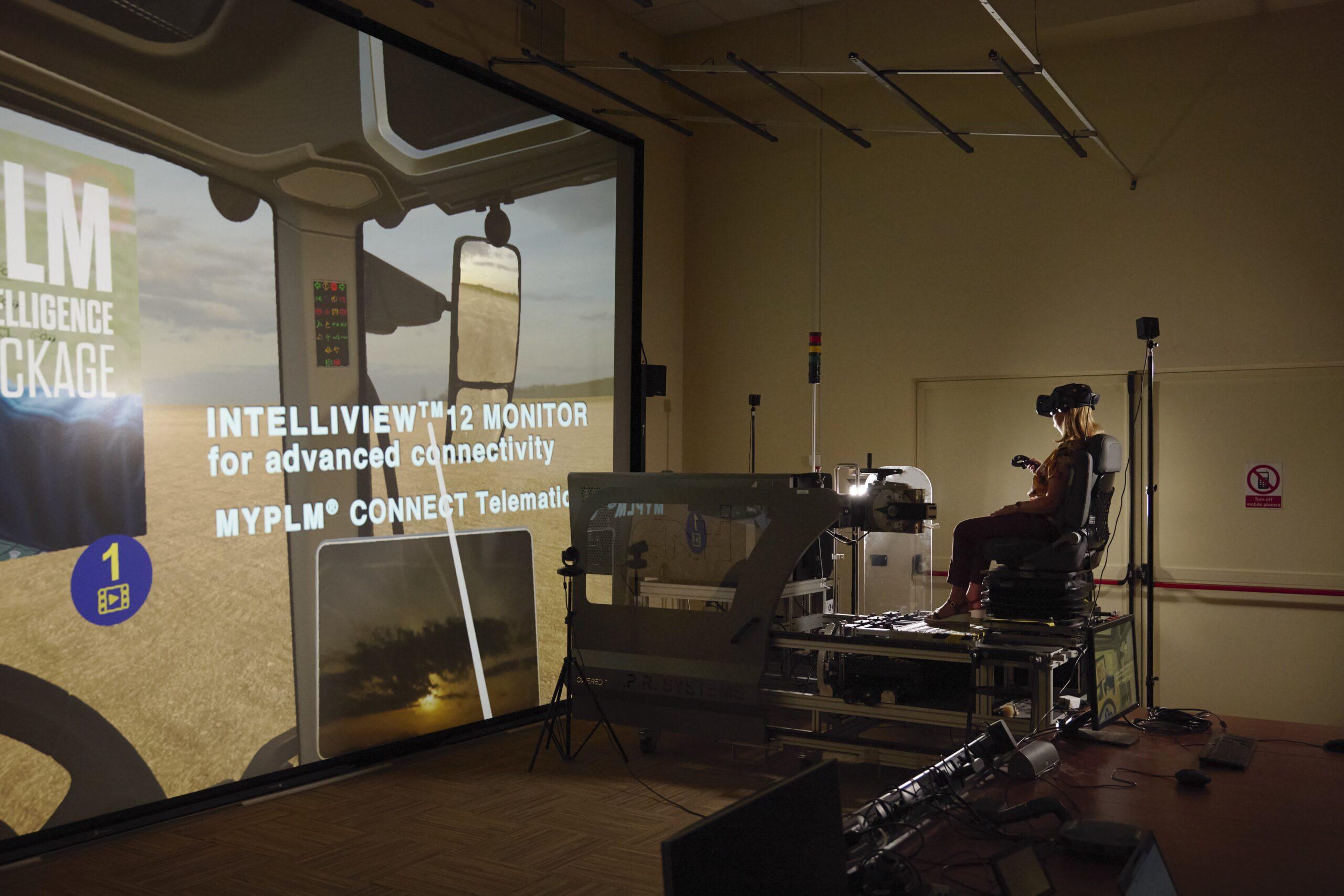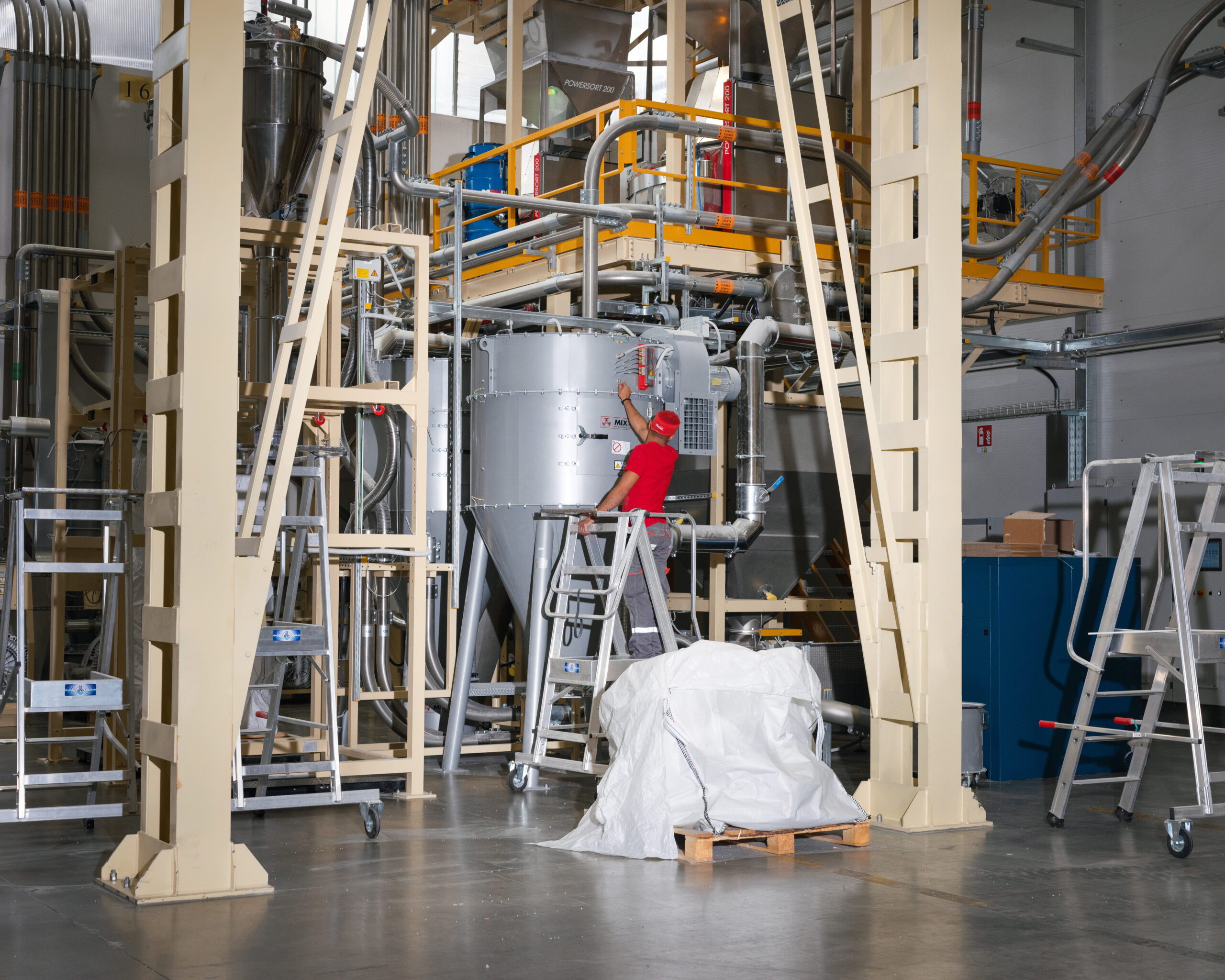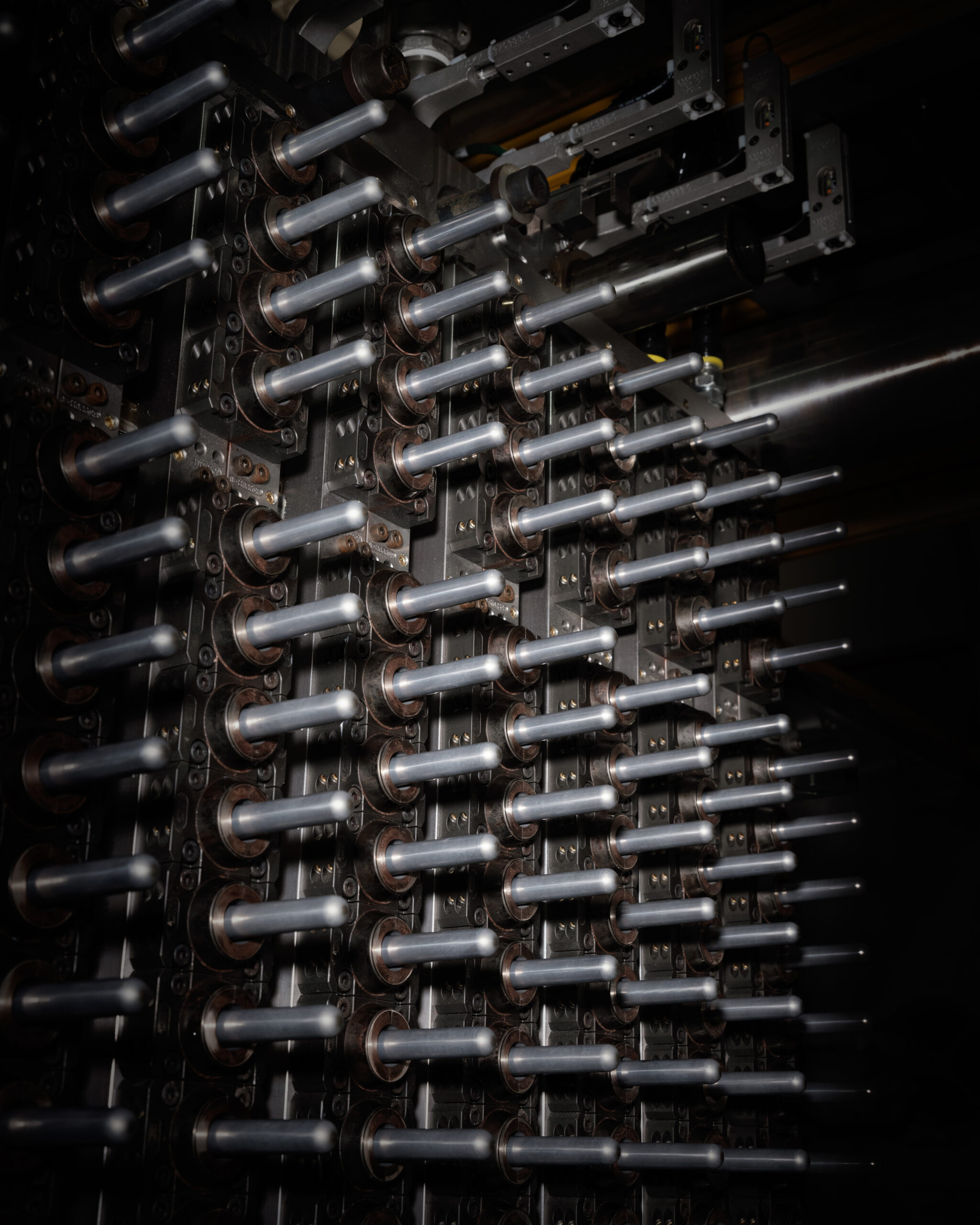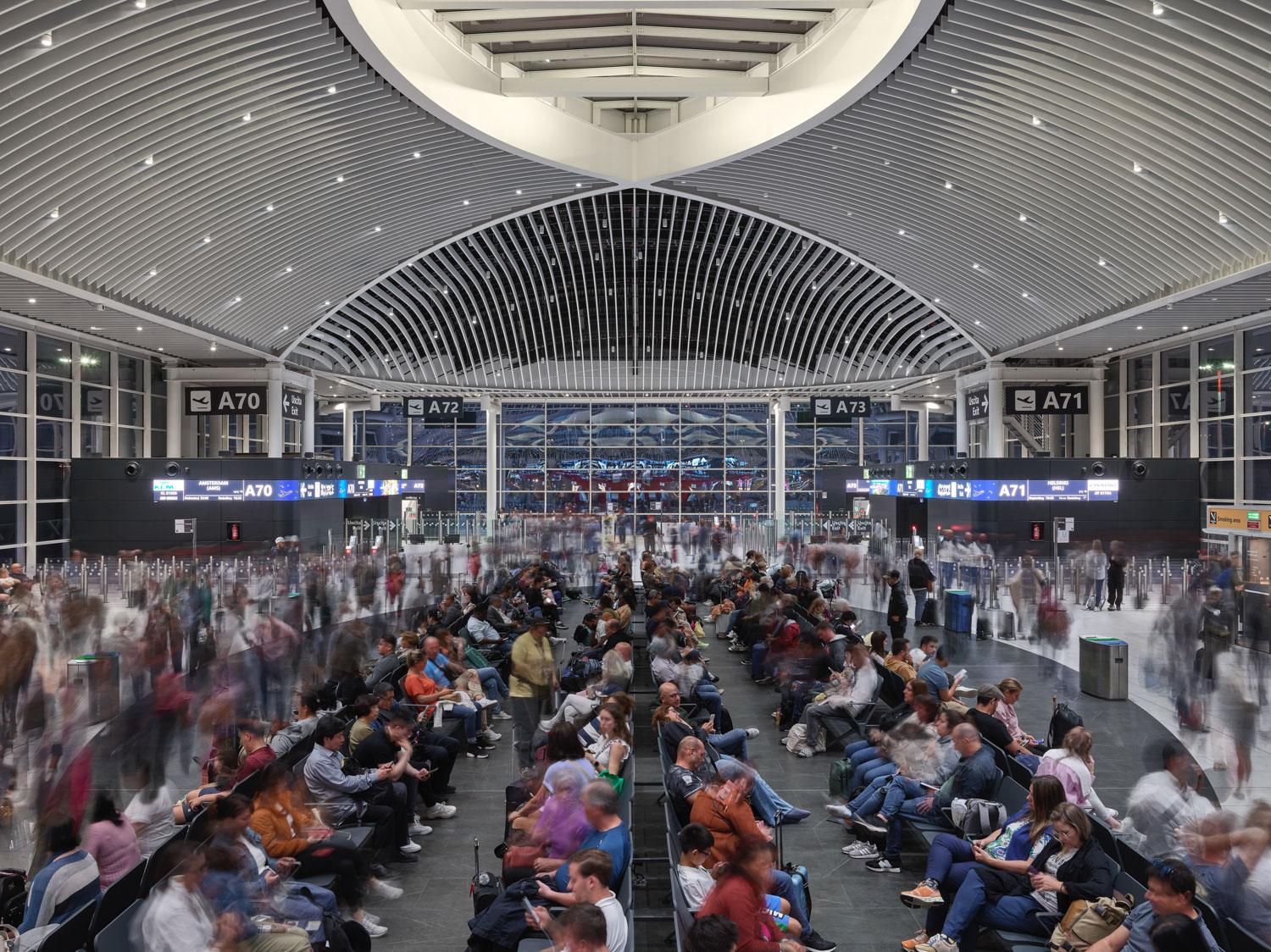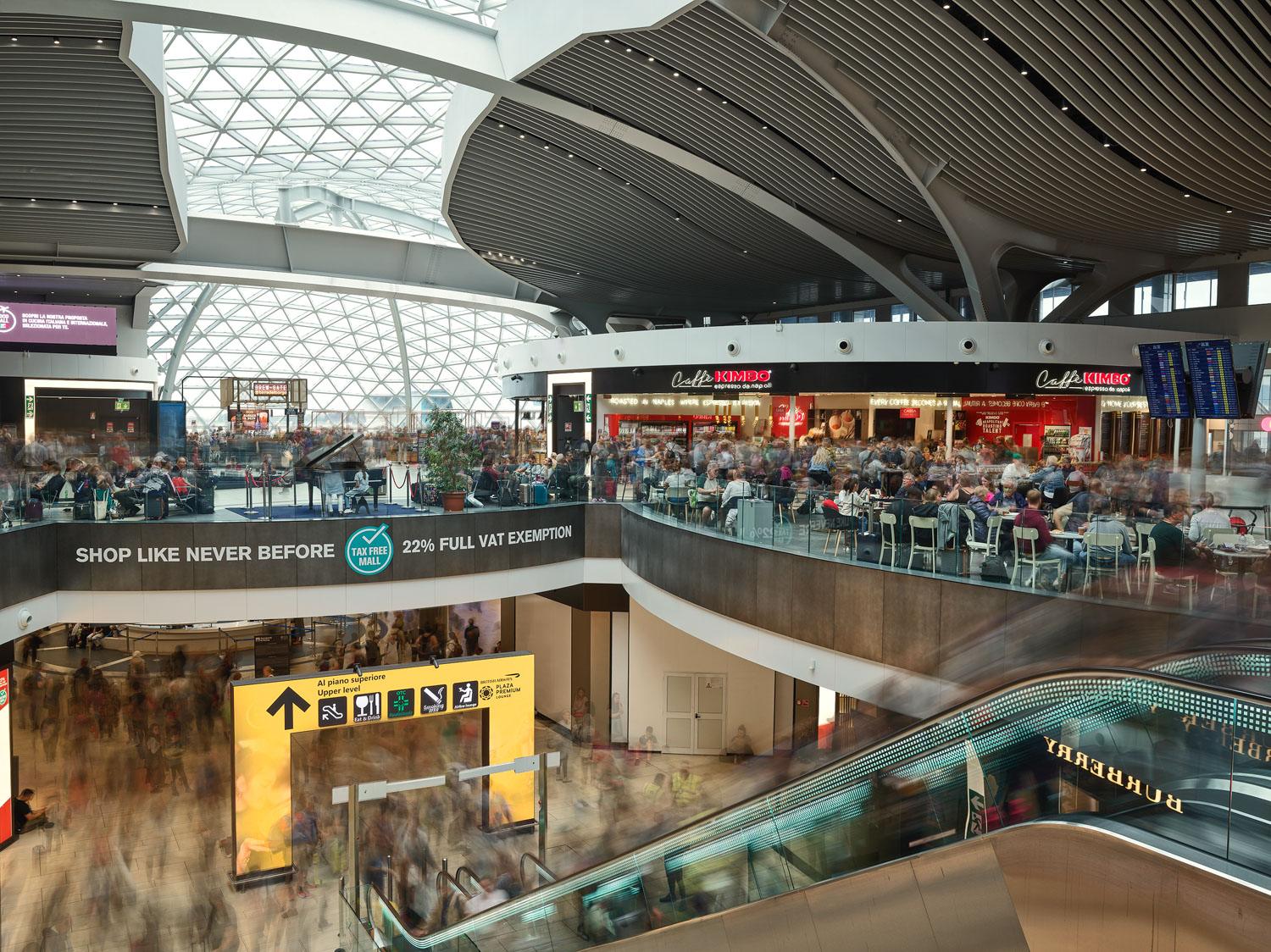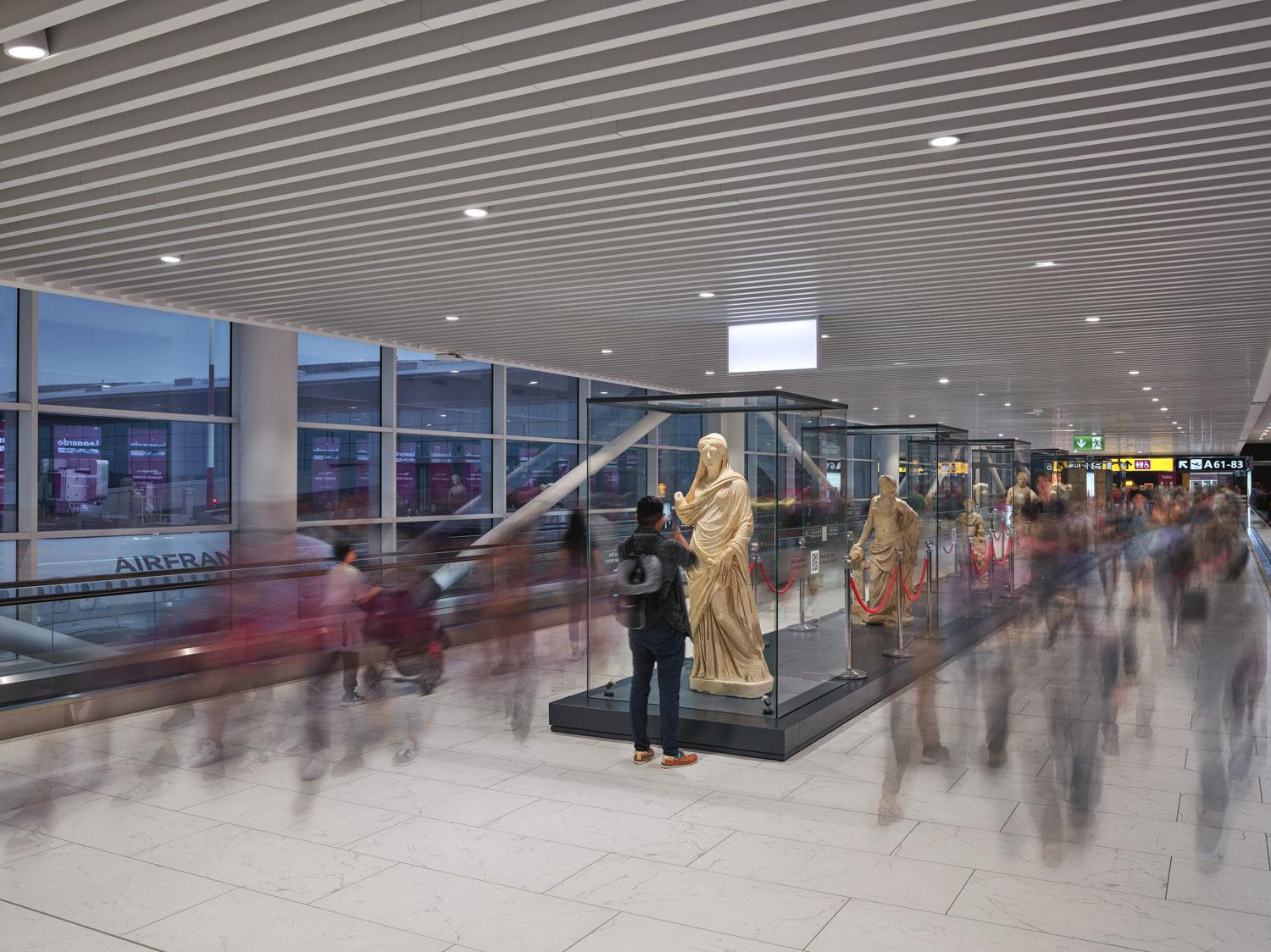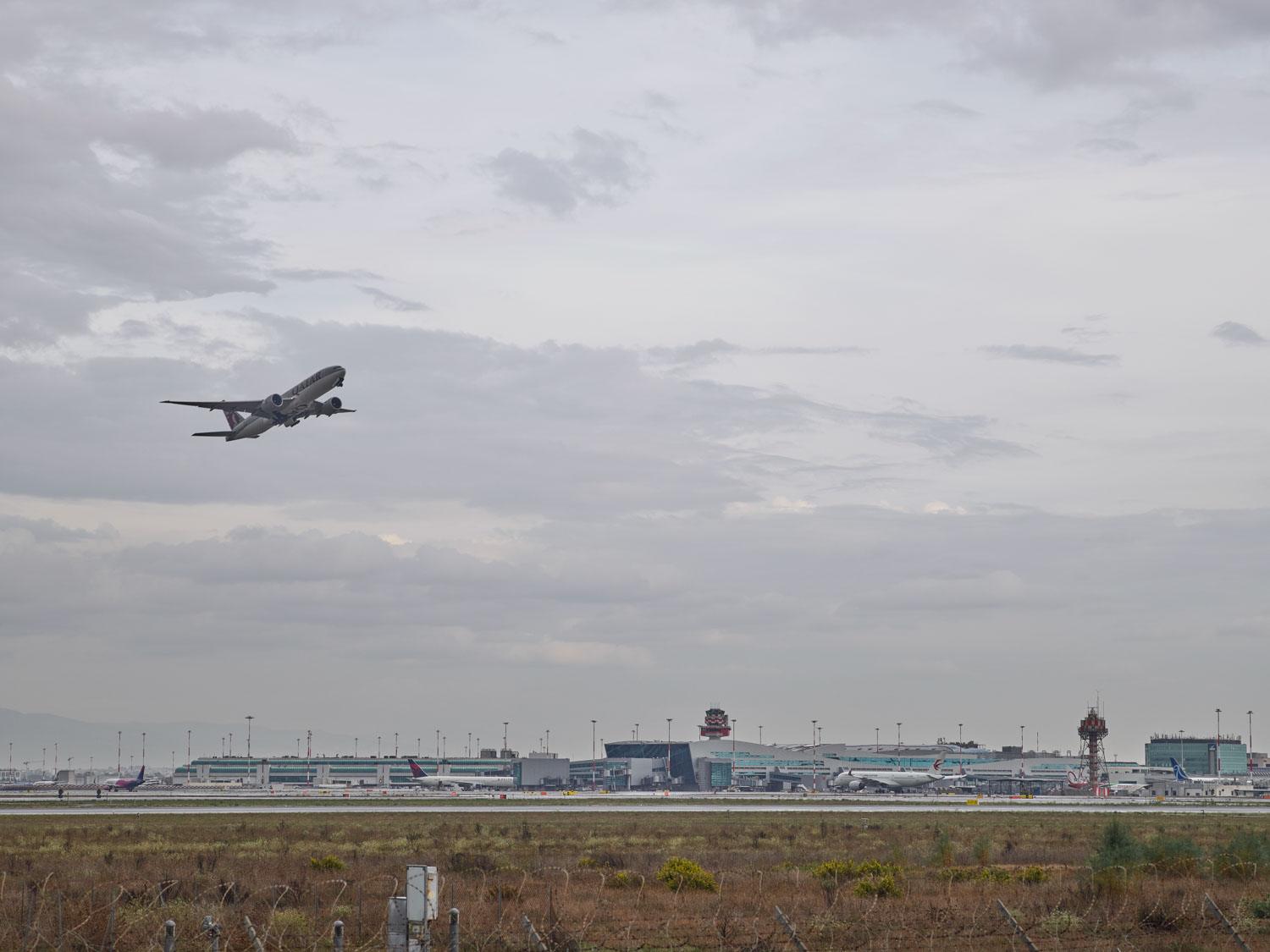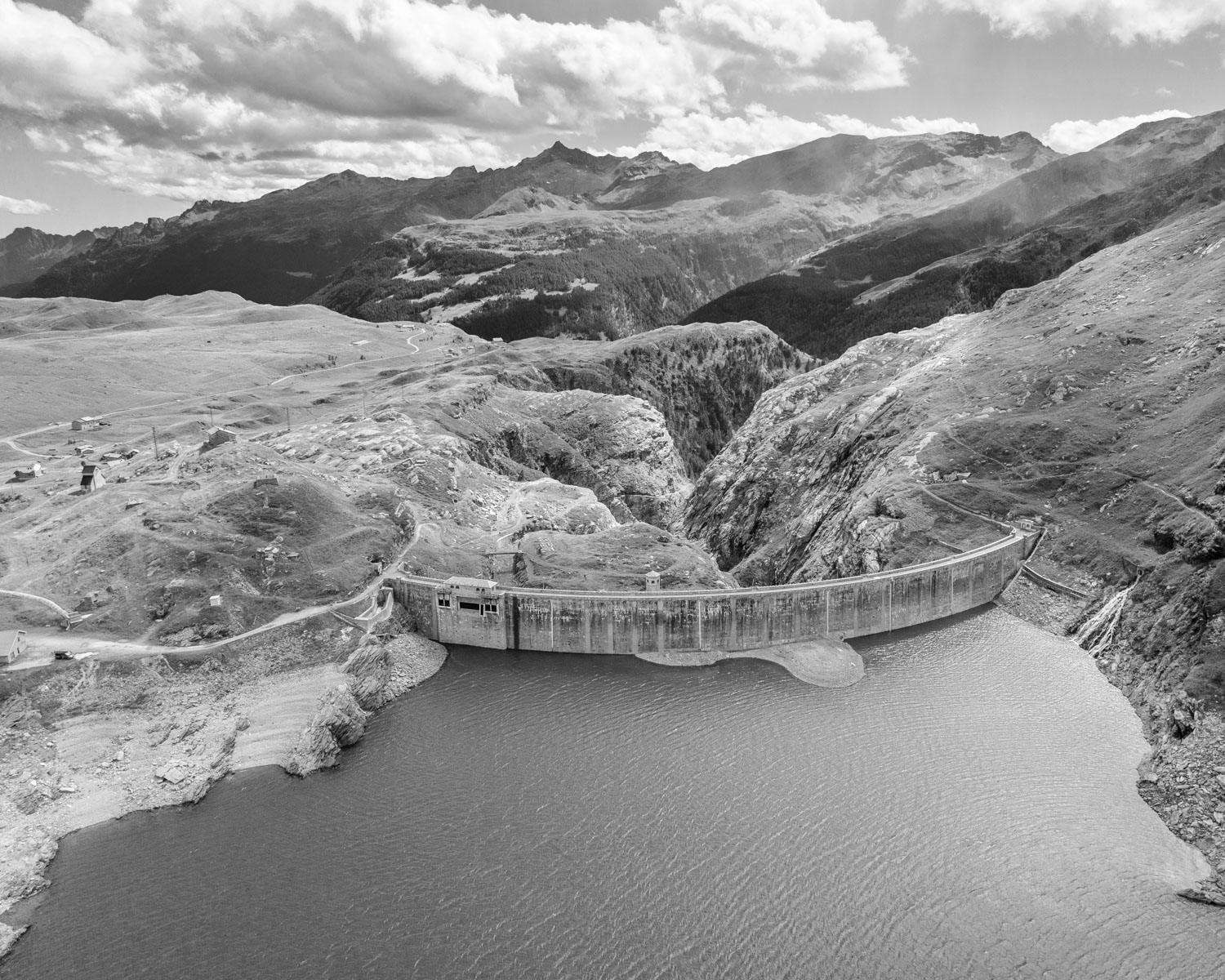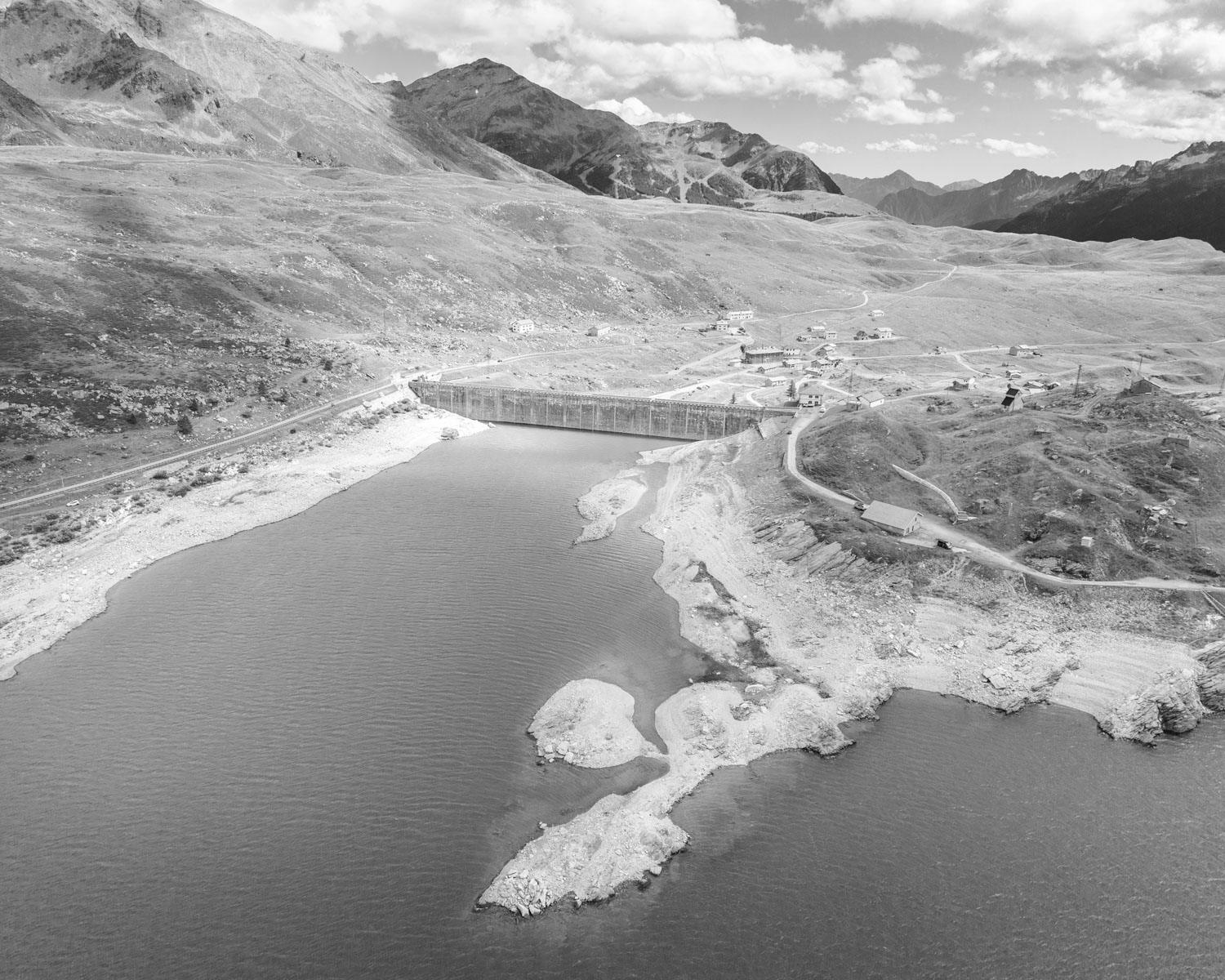National Central Library of Rome
National Central Library of Rome, Mattia Panunzio
The National Central Library of Rome collects, preserves and documents the national historical memory. To date, it represents one of the most significant and recognized poles for the study of 20th-century Italian literature, and its documentary richness and rarity is represented in the libraries of authors such as Italo Calvino, Elsa Morante and Pier Paolo Pasolini. Among the most prestigious libraries in Italy, it houses some 7,500,000 volumes, 9,000 manuscripts, 42,598 prints, drawings and photographs.
From the desire to enhance this heritage comes Mattia Panunzio’s original photographic work curated by Gramma, which aims to tell the story of the spaces, activities, people and places of one of the greatest libraries in our country.
School of Cultural Heritage and Activities Foundation
School of Cultural Heritage and Activities Foundation, Martino Lombezzi
Italy’s historic parks and gardens are among the most beautiful in the world and, just like museums and archaeological sites, represent the poles of our identity geography.
“Beyond the Garden” is a training program sponsored by the Ministry of Culture and built to foster awareness of the complexity of the historic garden, which is composed of architectural, sculptural, green and water elements, and to provide tools for enhancement and communication.
It is an initiative of the Ministry of Culture promoted by the General Secretariat with the collaboration of the General Directorate of Education, Research and Cultural Institutes, curated and implemented by the Foundation School of Cultural Heritage and Activities, with the support of APGI Italian Parks and Gardens Association. European Union-funded project – NextGenerationEU under the NRP Culture 4.0.
Martino Lombezzi, in a production curated by Gramma, photographed some of the most prestigious botanical gardens and historic gardens of Italian heritage; places in balance between nature and culture, where the plant element is complemented by decorative, sculptural and architectural elements, in a dialogue in which each of the two parts is modeled on the other.
Straordinarie
Straordinarie, Ilaria Magliocchetti Lombi
Promoted by Terre des Hommes as part of the “Indefense” campaign, the exhibition presents more than 100 portraits and testimonies of women from different spheres of contemporary society, whose paths testify to many different, and all possible, ways of asserting themselves and achieving their ambitions despite and beyond prejudice and discrimination.
Curated by Renata Ferri, with photographs by Ilaria Magliocchetti Lombi, the exhibition was displayed at MAXXI in Rome in 2023 and at Fabbrica del Vapore in Milan in 2024.
“The exhibition STRAORDINARIE was born after more than two years of work since the beginning of the photographic project Atlante femminile dedicated to excellent Italian women. A great fresco of faces and voices of extraordinary Italian women who make a difference every day with their commitment.
The photographic portraits, taken by Ilaria Magliocchetti Lombi, are inspired by the great school of classic black and white portraiture. The subjects are women who, each in her own sphere, represent, in Italy and around the world, an ordinary commitment that has made them extraordinary.
STRAORDINARIE is an exhibition project that, in addition to the photographic portrait, presents the subjects with personal cards that summarize their history, values and commitment. The ‘audio, the result of editing excerpts selected from individual interviews conducted with the protagonists, mixes voices and thoughts, accompanying visitors through the exhibition for a more immersive experience. The project showcases a world of women and stories that, seen and heard all together, create a single voice that tells us stories of commitment, success and strength that can and should inspire change and empowerment in building the identity of girls of the new generation. There is an urgency to have new reference points: we must identify, choose and represent them. And photography, to do this, is a powerful, empathetic and universal language, capable of speaking to anyone in a split second.
The project proposes heterogeneous and inspiring role models for the girls of today, the women of tomorrow.”
-Renata Ferri
National Automobile Museum of Turin
National Automobile Museum of Turin, Martino Lombezzi
The Drive Different exhibition, hosted by the Turin Automobile Museum in 2024, traced fifty years of transformation in the mobility sector, analyzing the evolution of transportation policies and technological innovations in relation to the sustainability goals of Agenda 2030.
Through a wide selection of vehicles, projects and infrastructure solutions, the exhibition examined the role of energy supply and its impact on the ecological transition. The exhibition explored different areas of mobility: from the automobiles of the
1960s to innovations in rail, air and sea; from the first modern subways to today’s public transportation networks; The exhibition also included references to visionary projects, such as Kar-a-sutra, presented at MoMA New York in 1972, which foreshadowed the concept of autonomous driving.
Martino Lombezzi’s photographs accompanied the promotion and visual storytelling of the exhibition, documenting the transformation of the industry and the challenges of future mobility.
Cesi
Cesi, Michele Palazzi
CESI, the Centro Elettrotecnico Sperimentale Italiano, founded in 1956, is a global leader in energy and electrical technologies. Headquartered in Milan, CESI tests electrical systems and components essential to ensuring the safety of distribution networks worldwide. Its laboratories simulate extreme conditions such as lightning strikes, torrential rains and short circuits, offering fundamental tests for network resilience.
CESI operates a lightning detection network in Italy, tracking every event in real time, and uses advanced technologies to test electrical systems at very high voltages. The company is also a pioneer in the development of silicon-free solar cells for satellites, with more than 200,000 installations in 25 countries, and collaborates in the innovation of electric vehicle batteries and charging solutions.
Michele Palazzi’s images document this reality of innovation and research.
Extinction Rebellion, Green and Blue
Extinction Rebellion, Green and Blue, Karim El Maktafi
Extinction Rebellion is a global environmental movement born in the United Kingdom in 2018 that uses nonviolent civil disobedience to raise awareness and demand concrete actions against the climate crisis and biodiversity loss. In Italy, the movement is also active through local groups that organize protests and initiatives in different cities.
As part of a special issue dedicated to activism published by la Repubblica Green&Blue, accompanied by an editorial by Erri De Luca, photographer Karim El Maktafi has taken a series of portraits of activists from Extinction Rebellion Italia. The photographs, taken in Palermo, Milan, Turin and Venice, tell the story of the face and commitment of those who choose to act for the climate, giving a direct and personal image of the movement on the Italian territory.
Portraits, National Central Library of Rome
Portraits, National Central Library of Rome, Mattia Panunzio
The National Central Library in Rome is one of the main centers for the preservation and documentation of Italian historical memory. It holds a holdings of some 7,500,000 volumes, 9,000 manuscripts and numerous rare and valuable materials, including the libraries of authors such as Italo Calvino, Elsa Morante and Pier Paolo Pasolini.
To enhance this important heritage, Mattia Panunzio has created a photographic work that tells not only the spaces of the library, but also the faces and stories of those who frequent it daily. Through a series of portraits, the photographer explores the relationship between people and the library as a place of culture and exchange.
The project offers an opportunity to reflect on the role of libraries and cultural institutions as centers of encounter and growth, not only for the material they preserve, but also for the community they welcome and nurture.
Corepla
Corepla, Gianni Cipriano
SRI – Sorting Recycling Industries, part of the COREPLA consortium, is one of Italy’s leading operators in the sorting and recovery of packaging waste, as well as one of Europe’s largest producers of PET flakes for recycling. Founded in 1988, the company stands out for its innovation and commitment to sustainability, operating in an industrial area that houses both a sorting center and a recycling plant. Every day, SRI processes more than 14 tons of waste per hour, separating materials by type and color, and turning used plastic bottles into new products, significantly reducing CO2 emissions.
The recycling process, which includes the use of advanced technology, makes it possible to create new bottles, technical fabrics for backpacks and T-shirts, and other items. SRI is thus an example of circular economy, enhancing the value of plastics through reuse and helping to improve waste management in Italy in the heart of the “Terra dei Fuochi.”
Gianni Cipriano, for a special issue of la Repubblica Green&Blue edited by Gramma dedicated to the circular economy, documented the company’s work, recounting the process of sorting and recycling materials.
Milan Museum of Natural History
Milan Museum of Natural History, Valeria Scrilatti
The Milan Museum of Natural History, founded in 1838, is the oldest civic museum in the city and an important center of scientific research. It houses a wide range of collections from paleontology to zoology, mineralogy to malacology, with a focus on terrestrial and marine biodiversity. Its exhibits tell the story of life on Earth, exploring the evolution of species and the variety of natural ecosystems.
Valeria Scrilatti did a photo shoot inside the museum as part of a production for the School of Cultural Heritage Foundation, documenting the collections and exhibition spaces, offering a visual look at this important place of preservation and research.
Borderlands
Borderlands, Francesco Anselmi
Borderlands is the first monograph by documentary photographer Francesco Anselmi, published in 2024 by Kehrer Verlag. It collects photographic work made between 2017 and 2019 along the U.S.-Mexico side of the border, exploring the complex dynamics of this border. The project highlights the stories of those who live in and cross these territories, addressing issues related to migration, security, militarization and the everydayness of a border that continues to be at the center of international political debate.
Gramma oversaw the production and communication of the book presentation events, February 11, 2025 at the Milan Triennale and February 12 at the Gallerie d’Italia in Turin. The meetings featured Francesco Anselmi along with writer Francisco Cantù, author of the introduction to the book, journalist and book editor Renata Ferri, and journalist and writer Mario Calabresi. An opportunity for dialogue to explore the issues addressed in the book and reflect on the representation of borderlands.
Enel
Enel, Antonio Di Cecco
The Solar Park in Casei Gerola, in the province of Pavia, is a 5 MW photovoltaic plant consisting of 8,500 modules on an area of 10 hectares. Operational from June 2023, it produces about 7 GWh of energy per year, reducing CO₂ emissions by more than 3,000 tons. The project was funded in part through crowdfunding, with the local community contributing 150,000 euros.
The park is part of Enel Green Power’s “Renewable Choice” initiative, launched in 2021 to engage citizens in the energy transition through investments in renewable-powered plants. Under the model, residents of the affected areas will have the opportunity to participate economically in the construction, with a predetermined return on investment.
The Casei Gerola project is part of a broader strategy for the development of renewable energy in Italy, which includes the construction of photovoltaic plants in different areas of the country.
Antonio Di Cecco’s photographs document the facility and its context, offering a glimpse into an infrastructure that contributes to the production of energy from sustainable sources.
E.ON
E.ON, Mattia Zoppellaro
The “E.ON Woods” project is a reforestation initiative launched in 2011 that has led to the planting of more than 110,000 trees throughout Italy, contributing to the creation of 46 forests. It is estimated that these trees can absorb more than 77 thousand tons of CO₂ over their lifetime, in addition to improving air quality and contributing to biodiversity. The initiative includes interventions in both natural areas and
urban settings, with the aim of mitigating the effects of climate change and improving environmental well-being.
The forestry activity involves employees, citizens and institutions in tree planting and watering operations, promoting greater awareness of the importance of urban greenery.
Mattia Zoppellaro documented some of these activities, taking shots in Nova Milanese during a wetting appointment with E.ON employees and at Bosco in Città in Milan, a green area of about 120 hectares managed by Italia Nostra, which has been hosting reforestation and environmental protection interventions for years.
Ferrovie dello Stato
Ferrovie dello Stato, Gianni Cipriano
Ferrovie dello Stato is developing solutions to reduce the environmental impact of rail transport, with the goal of achieving carbon neutrality by 2040. Major initiatives include the introduction of energy-efficient trains, such as the Blues, a hybrid train designed by Hitachi Rail with triple power supply: electric, diesel and battery. This technology can halve fuel consumption and significantly reduce CO₂ emissions compared with conventional diesel trains.
The company is also focusing on rail line electrification and renewable energy production. One example is the photovoltaic system installed at the Scalo San Lorenzo in Rome, which contributes to the energy self-sufficiency of maintenance facilities. In total, FS plans to install solar systems for an annual output of 2.6 TWh, with the future goal of directly powering rail traffic.
Gianni Cipriano’s images document these developments, offering a glimpse into the technological and infrastructural innovations that characterize the FS Group’s sustainability journey.
L’Oréal
L’Oréal, Martino Lombezzi
Opened in 1960, the Settimo Torinese Plant is one of L’Oréal’s historic plants in Europe. With more than 60 years in operation, the plant has been the focus of numerous technological improvements and sustainability efforts. Since 2018, it has adopted the “waterloop factory” model, using water only as a raw material in products, while since 2023 it has been powered entirely by renewable energy, mainly hydroelectric.
Martino Lombezzi’s images document the spaces and activities within the plant, production facilities and technological solutions.
Danone
Danone, Ilaria Magliocchetti Lombi
Danone is committed to a path that interweaves corporate welfare and social responsibility. Policies adopted include support for parents, extended leave and measures to promote work-life balance, as well as caregiver initiatives and inclusion projects. These practices are part of a broader vision, inspired by the principles of the United Nations 2030 Agenda, which aims to promote equity and sustainability.
Through Ilaria Magliocchetti Lombi’s portraits, employees recount daily projects and experiences of care, toward people and the environment.
CNH Industrial
CNH Industrial, Piergiorgio Casotti
CNH Industrial is a world leader in agricultural machinery. Its San Matteo plant in Modena represents one of the most advanced plants in the world. At this center, an example of cutting-edge technology, is the “Dynamic Driver-in-the-loop Simulator,” a simulator designed to realistically reproduce the behavior of tractors in different working environments, without the need for physical prototypes. This technology reduces fuel and material use, optimizing design and improving environmental efficiency.
Piergiorgio Casotti documented the work of CNH, photographing the integration of reality and virtuality in the development process.
Coca-Cola HBC Italy
Coca-Cola HBC Italy, Arianna Arcara
CCH CircularPET’s Gaglianico plant, documented by Arianna Arcara, is an advanced facility for processing recycled PET. Former bottling plant, as part of a long-term strategy for packaging sustainability initiated by Coca-Cola HBC, has been converted to produce recycled PET bottles, with a capacity of 30,000 tons per year. Located on an area of 18,000 square meters, it includes areas for receiving and sorting PET flakes, for processing and decontaminating the material, and for producing preforms using injection molds.
ADR Mundys
ADR Mundys, Giovanni Hänninen
ADR is the leading airport operator in Italy by number of passengers, with more than 40 million travelers annually. Fiumicino and Ciampino airports are a strategic hub for national and international mobility, with a commitment to innovation and sustainability. In this direction, ADR has initiated a decarbonization plan by investing in renewable energy and energy efficiency.
Within a la Repubblica Green&Blue Photo Album dedicated to sustainability pathways in transportation edited by Gramma, photographs by Giovanni Hänninen depict the facilities and activities at Fiumicino’s Leonardo da Vinci Airport. The work explores the airport’s spaces and infrastructure, offering insight into the complexities and activities of one of Europe’s major hubs.
Fincantieri
Fincantieri, Manuela Schirra and Fabrizio Giraldi
Fincantieri is the most important shipbuilding group in Europe. A leader in cruise ship design and construction and a leading operator in all areas of high-tech naval engineering. Among the technologies under development, the group is exploring the use of hydrogen fuels, flexible solar panels, and other solutions to reduce the environmental impact of ships, with the goal of reducing emissions and waste.
Manuela Schirra and Fabrizio Giraldi’s report, documents the work inside Fincantieri, from the shipyards to the design laboratories, exploring the spaces, technologies and processes used in building ships.
A2A
A2A, Francesco Anselmi
A2A is one of the leading hydroelectric operators in Italy, with plants spread across Lombardy, Friuli Venezia Giulia and Calabria, including the Mese power plant in Valchiavenna and the dams at Lake Montespluga, photographed by Francesco Anselmi.
The power plants operated by A2A use both natural watercourses and seasonal storage systems, harnessing dams for programmable energy production.
Many of these plants are located in protected natural settings, such as the Stelvio National Park, where the integration of technology and the environment is a priority.
However, the management of water, a key resource for energy production, is threatened by climate change. Indeed, in recent years, water crises and glacier shrinkage have made water availability more uncertain. In response, A2A has invested in technical solutions to improve plant efficiency, such as pumping systems and optimizing the use of reservoirs. The group is also aiming to reduce its environmental impact with an increased focus on water management and sustainability through an energy transition investment plan.
Francesco Anselmi’s work documents these installations, restoring the complexity and beauty of an industry that intertwines advanced technologies and natural resources.



